Greetings Family and Friends,
The waterworks would be the breathtaking Niagara Falls. Found roughly a half hour north of Buffalo, New York, the falls provide a spectacular power surge to the water streaming from Lake Erie to Lake Ontario. In Buffalo itself, resides the Buffalo and Erie County Naval & Military Park which stakes the claim as the “Largest Inland Naval Park in the United States”. So obviously a great place to visit museum ships.
My visit to Niagara Falls began on the American side at the Niagara Falls State Park. The oldest state park in the country having been established in 1885 – celebrating 140 years in 2025. The park is beautiful and very well maintained with many outstanding viewpoints of the falls and the river.
After exploring the American side I crossed over to the Canadian side via the Rainbow Bridge. A proper international travel document, typically a passport, is needed to enter Canada and to return to the United States. I used my passport card which is good for travel to and from Canada or Mexico but only via land or sea. There is also a bridge toll for each pedestrian which is paid upon leaving Canada – $1.50 Canadian which at the time worked out to $0.90 American.
Universal observation is that the Canadian side offers better views of the falls. I agree with that but would add that the American side offers more powerful sounds from the falls. So do both to get the best of both worlds visual and auditory wise. Check out the videos below from both sides (American and Canadian) and of both sets of falls (American and Horseshoe) as well as photos in the gallery. Go to full screen mode when watching the videos – click on the icon in the lower right corner of the box and then press the ESC button to return upon completion of the video.
American Side near American Falls
American Side near Horseshoe Falls
Canadian Side near American Falls
Canadian Side near Horseshoe Falls
Within the Buffalo Naval Park, the big ship is the USS Little Rock (CL-92 / CG-4). A Cleveland class light cruiser that was converted to a guided missile cruiser hence the change in designation (CL to CG) and number (92 to 4). This conversion to a guided missile cruiser was part of the US Navy’s initial move to incorporate missiles on surface ships. She was re-commissioned as a guided missile cruiser in 1960. At that time, these first missile ships fired their missiles from twin-arm launchers – nowadays Vertical Launch Systems (VLS) are used. Check out the gallery below to see photos of the missile launcher and missile prep area as well as the remaining triple six inch gun turret and dual five inch gun turret.
I spent most of my time on the USS Little Rock, as there are only three cruisers in the United States that have been preserved as museum ships – a light cruiser / guided missile cruiser (USS Little Rock), a heavy cruiser (USS Salem), and an armored cruiser (USS Olympia of Spanish-American War fame).
The first ship at the Buffalo Naval Park that you actually board is the USS The Sullivans (DD-537). A Fletcher class destroyer of World War II vintage, she is named for the five Sullivan brothers who all died off Guadalcanal aboard the USS Juneau. The destroyer also served in the Koren War and the blockade of Cuba during the Cuban Missile Crisis.
The last ship at the park that you board, is the USS Croaker (SS-246). A Gato class submarine of World War II vintage, she did six war patrols. During those patrols, she sunk several enemy ships including an Imperial Japanese Navy cruiser.
That’s it for now. As always, feel free to share this link with anyone who expresses an interest. Next stop is the capital city of the state of New York.
Until later,
Papi

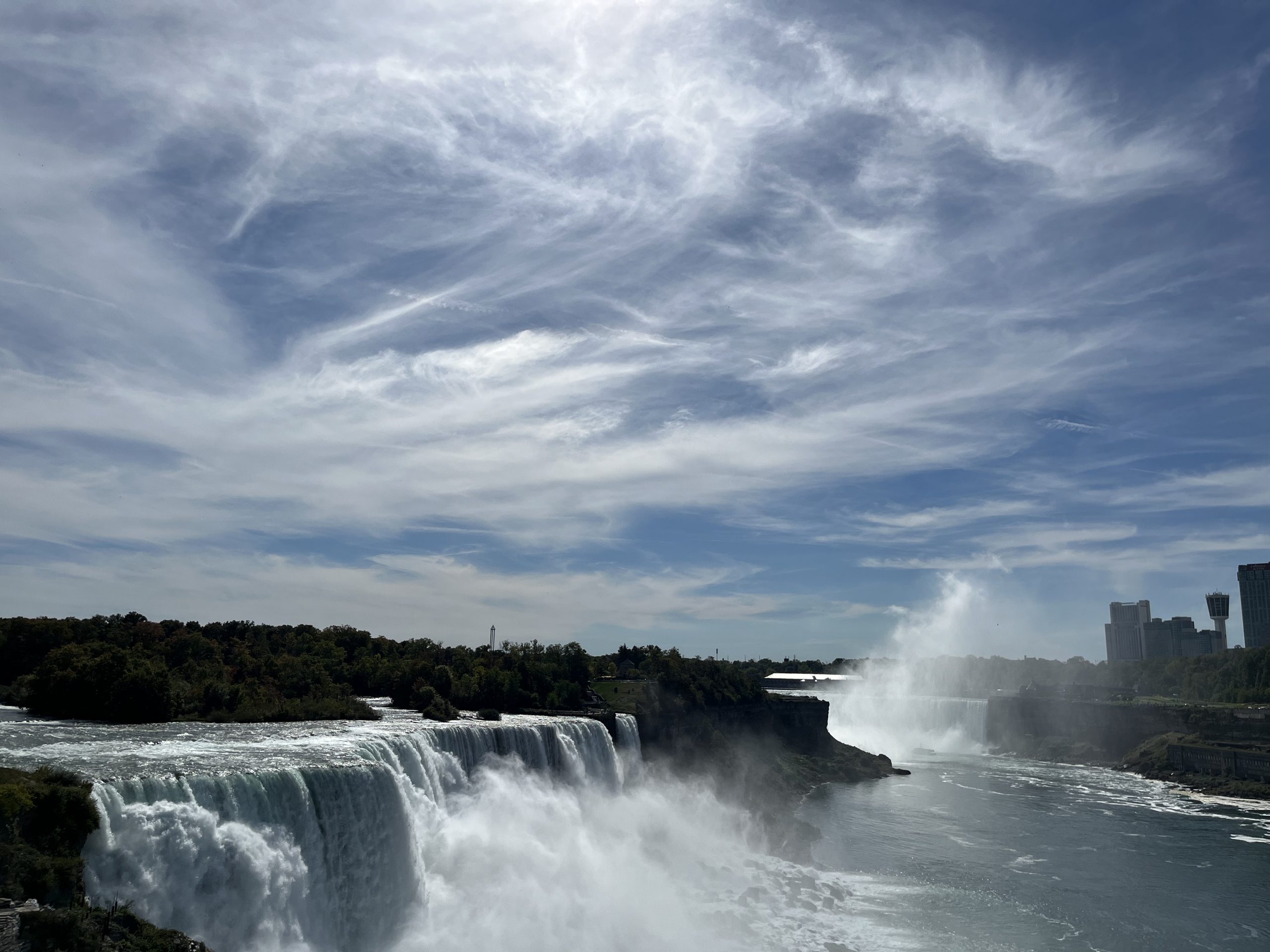

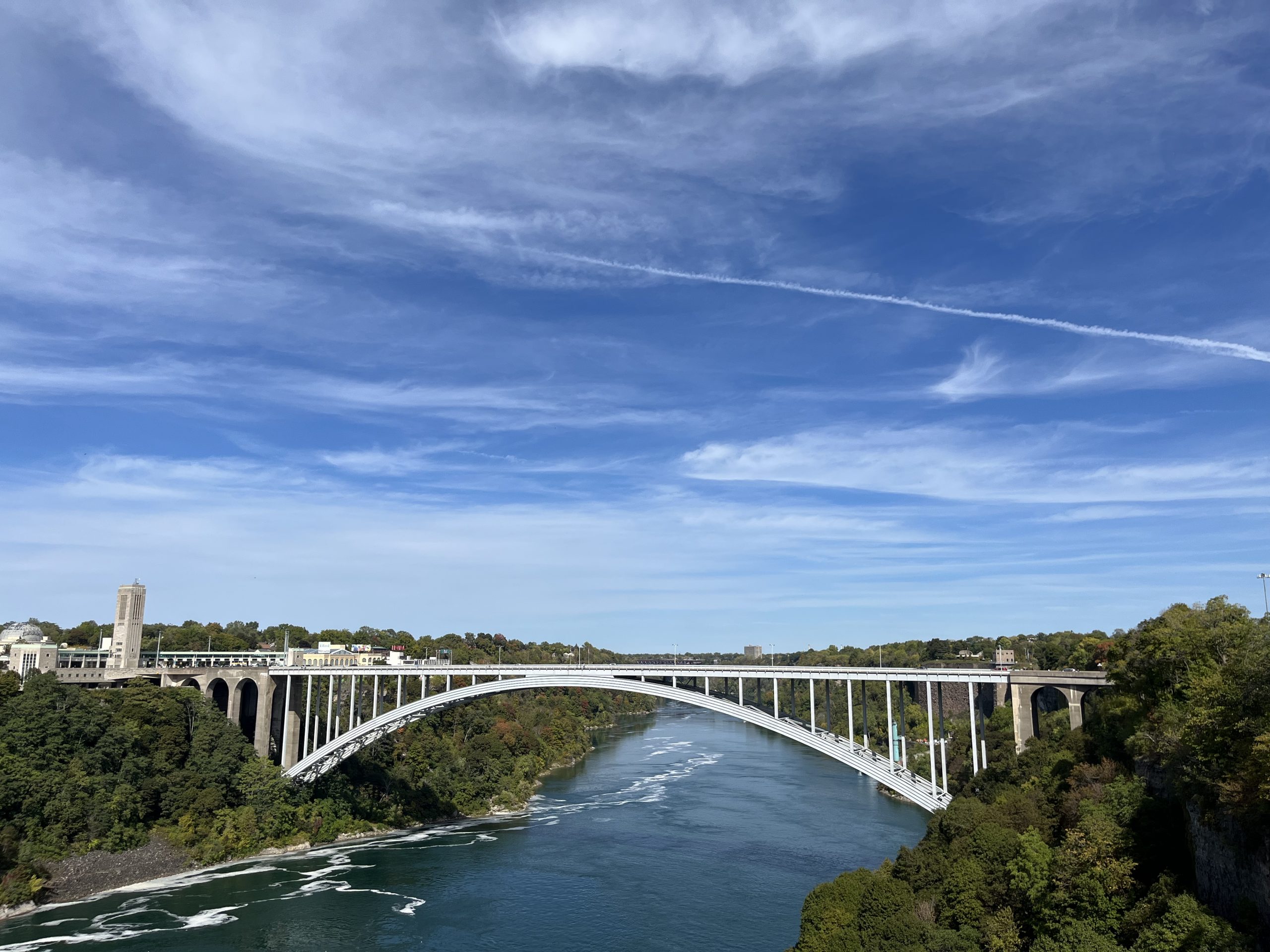
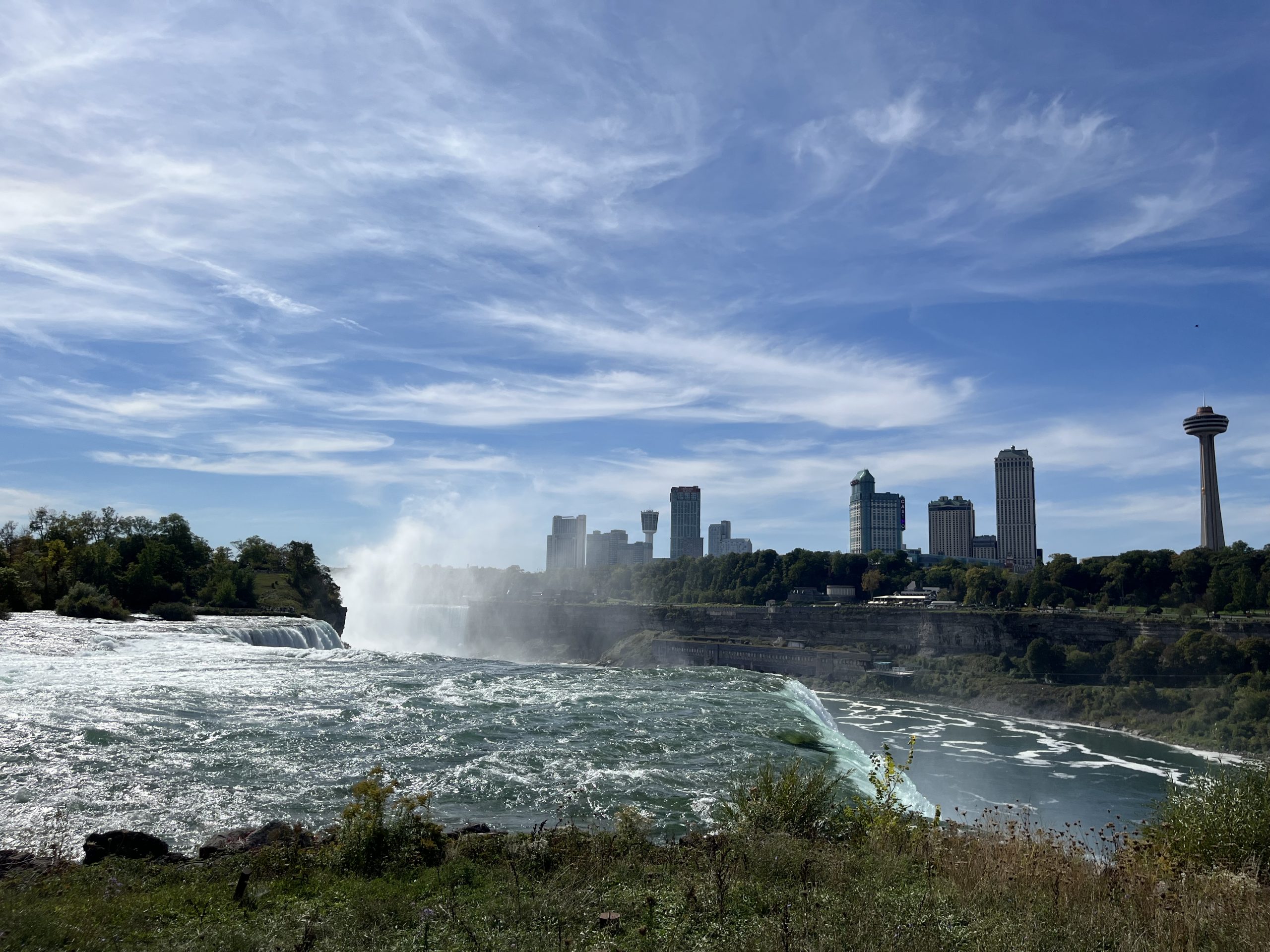
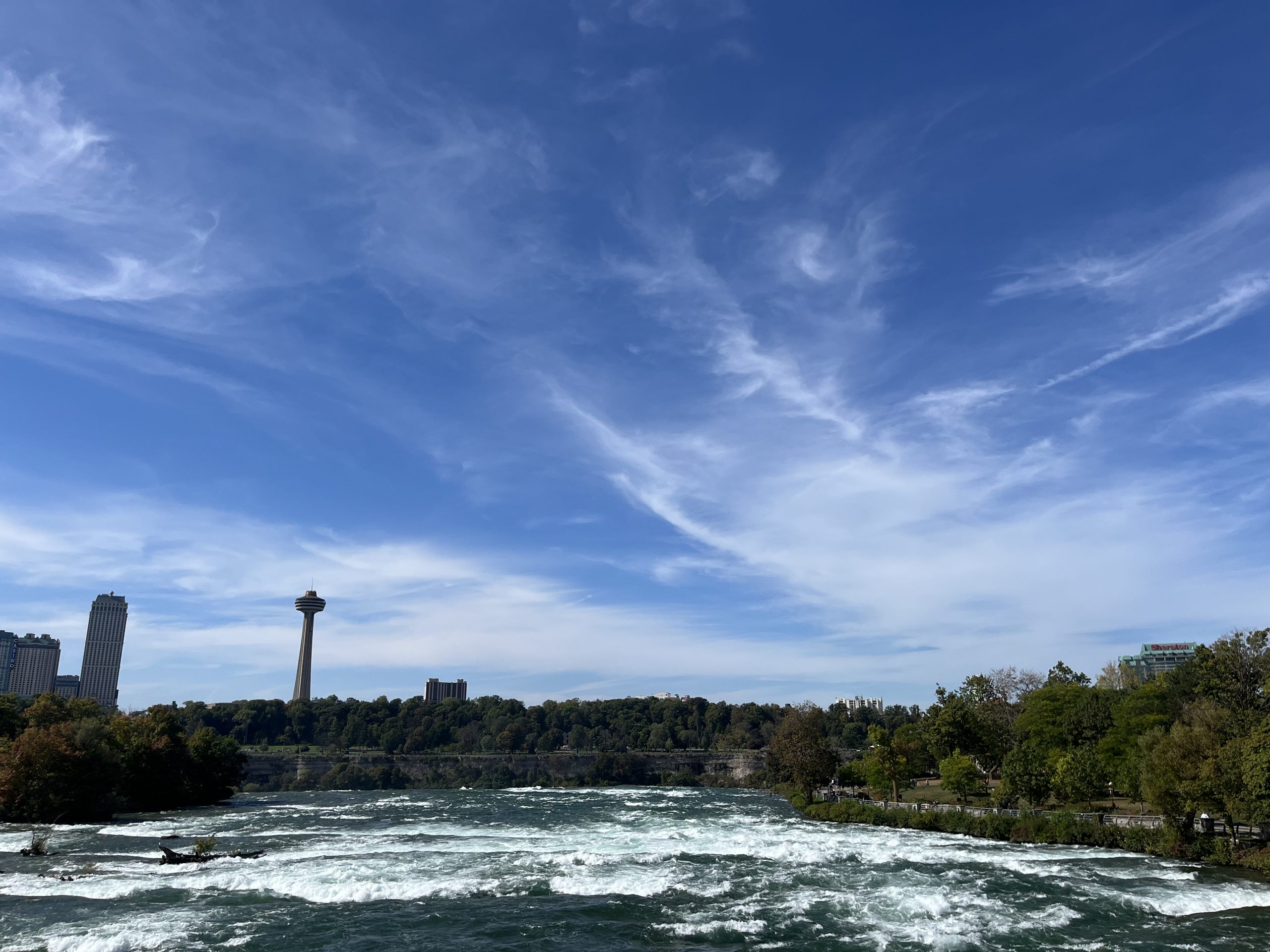





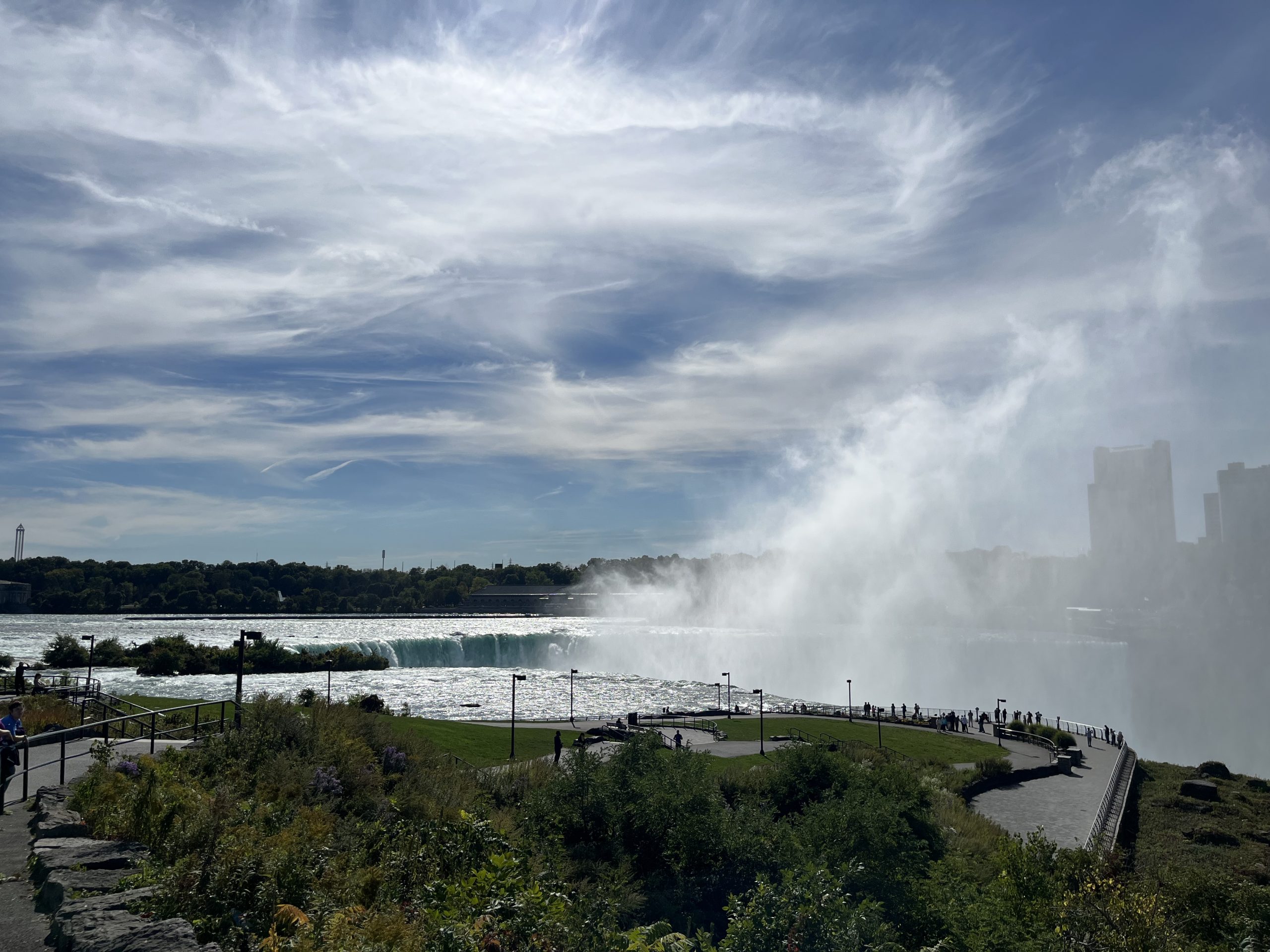

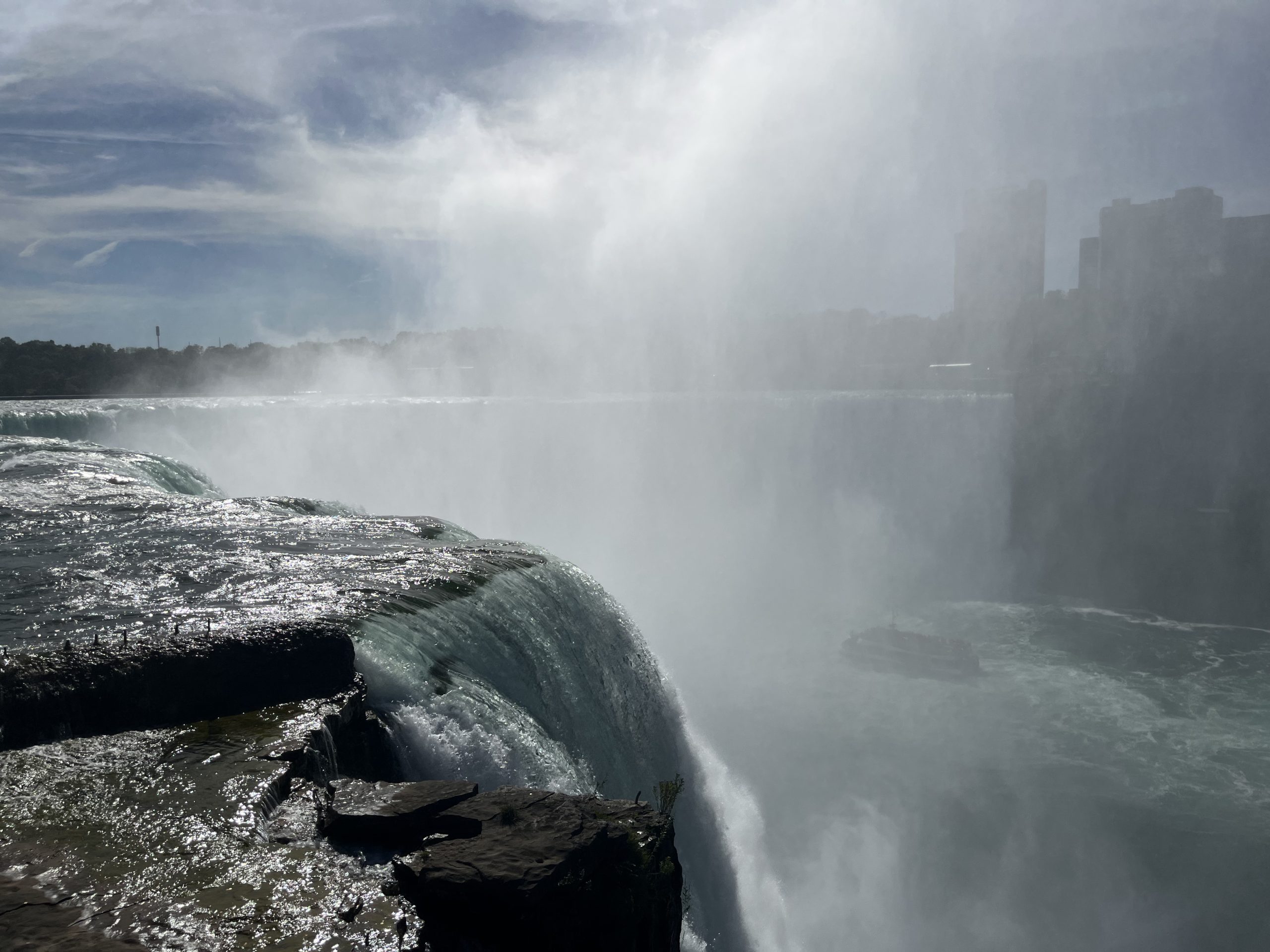
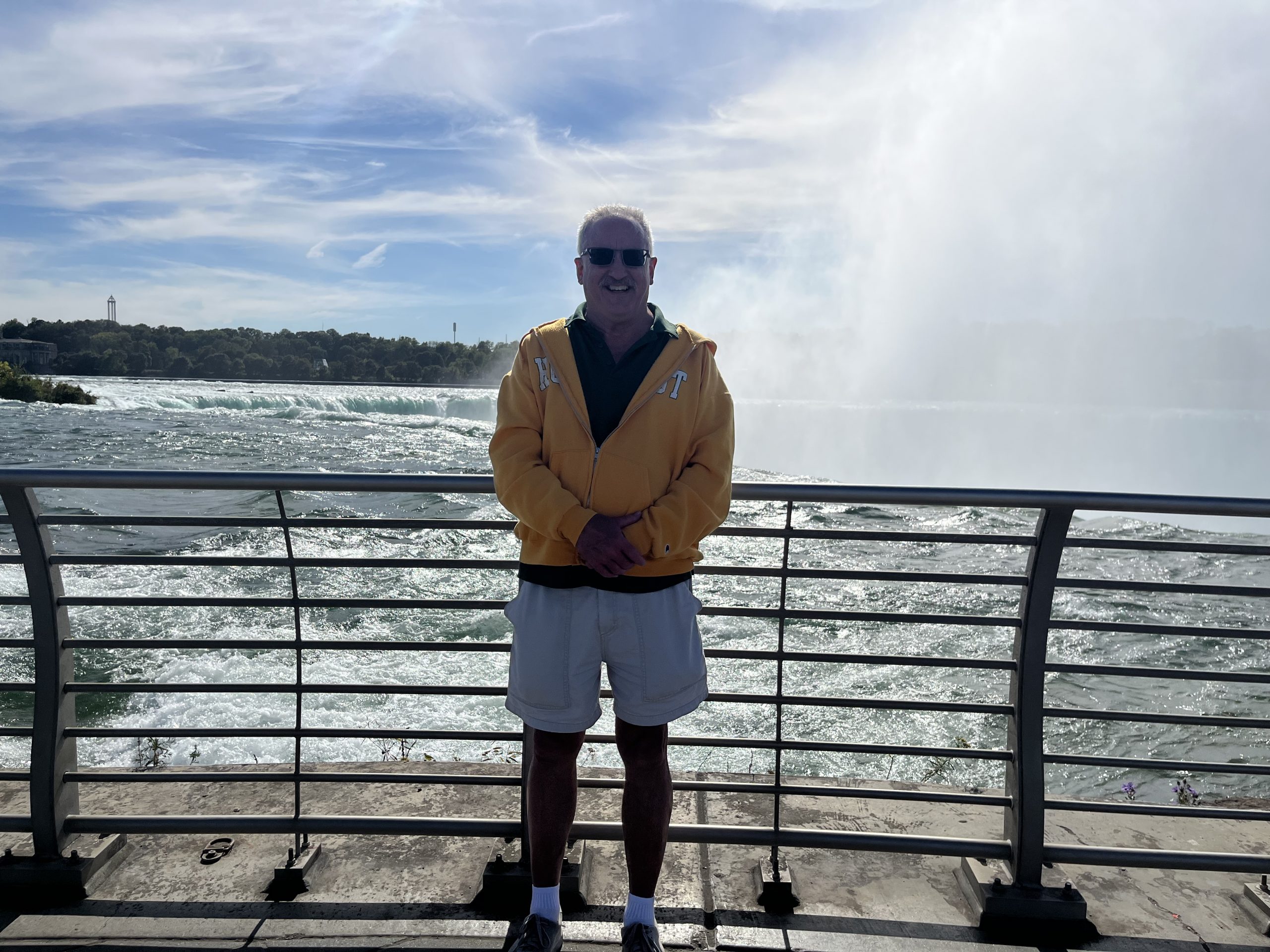


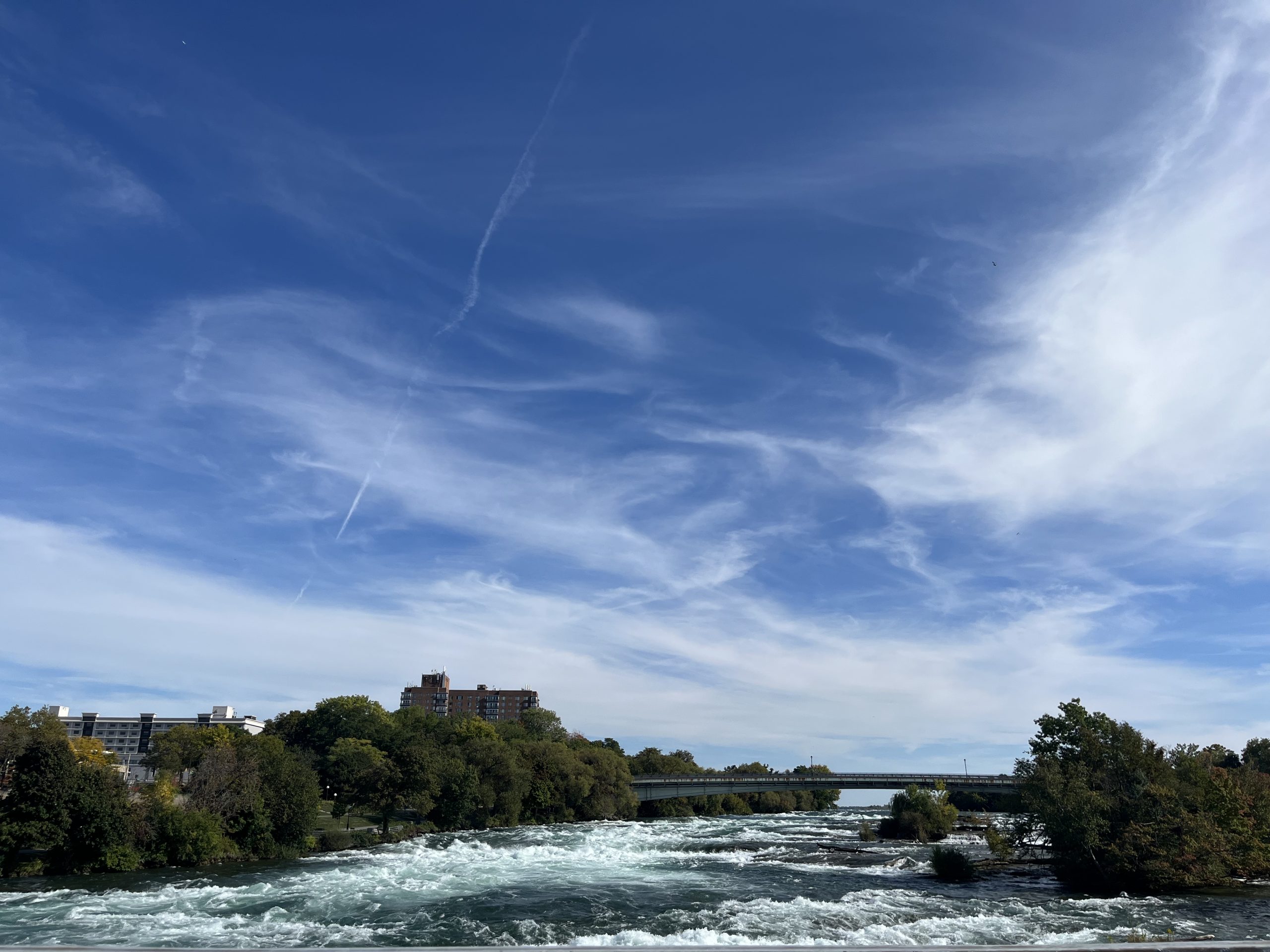
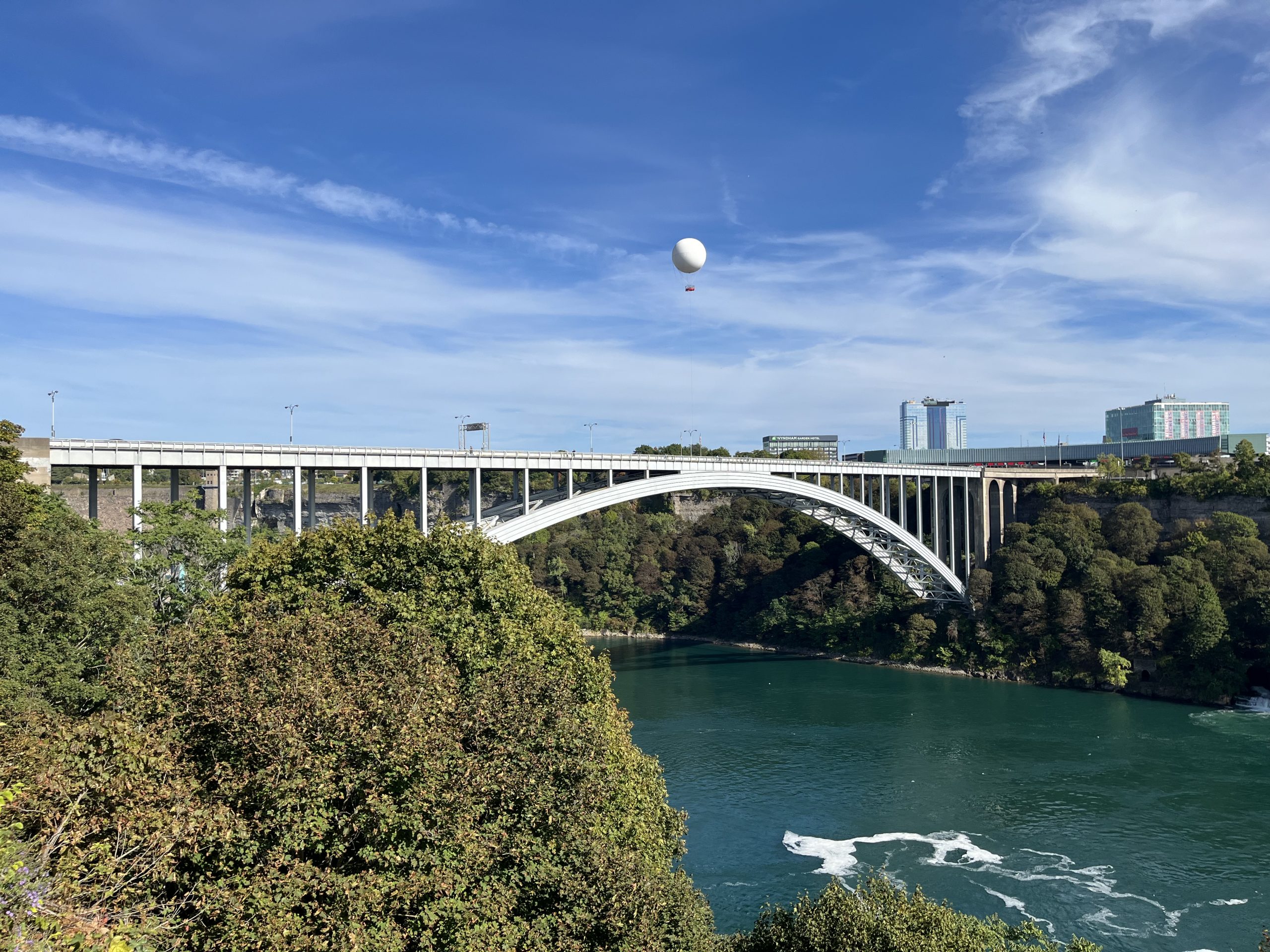



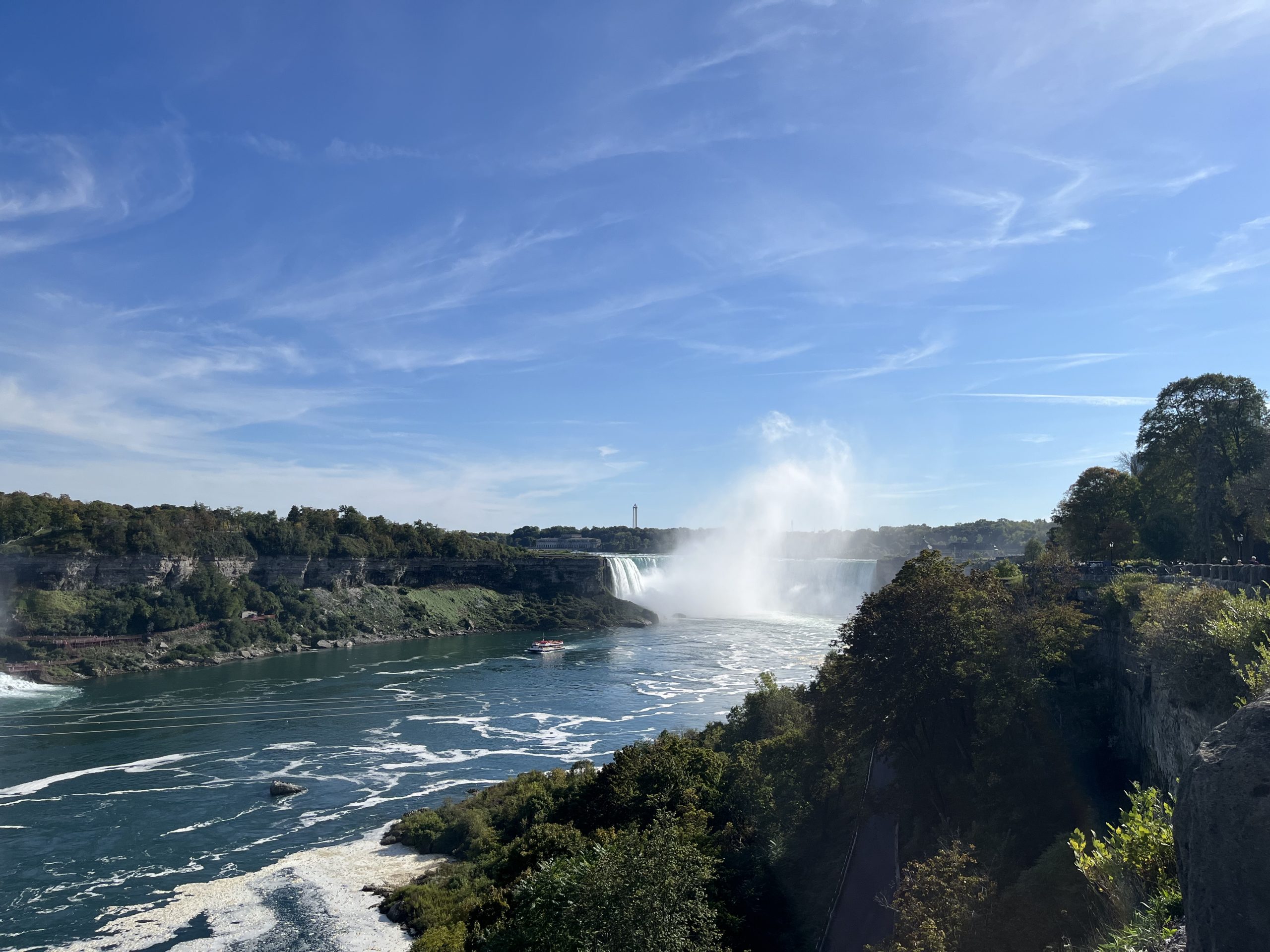
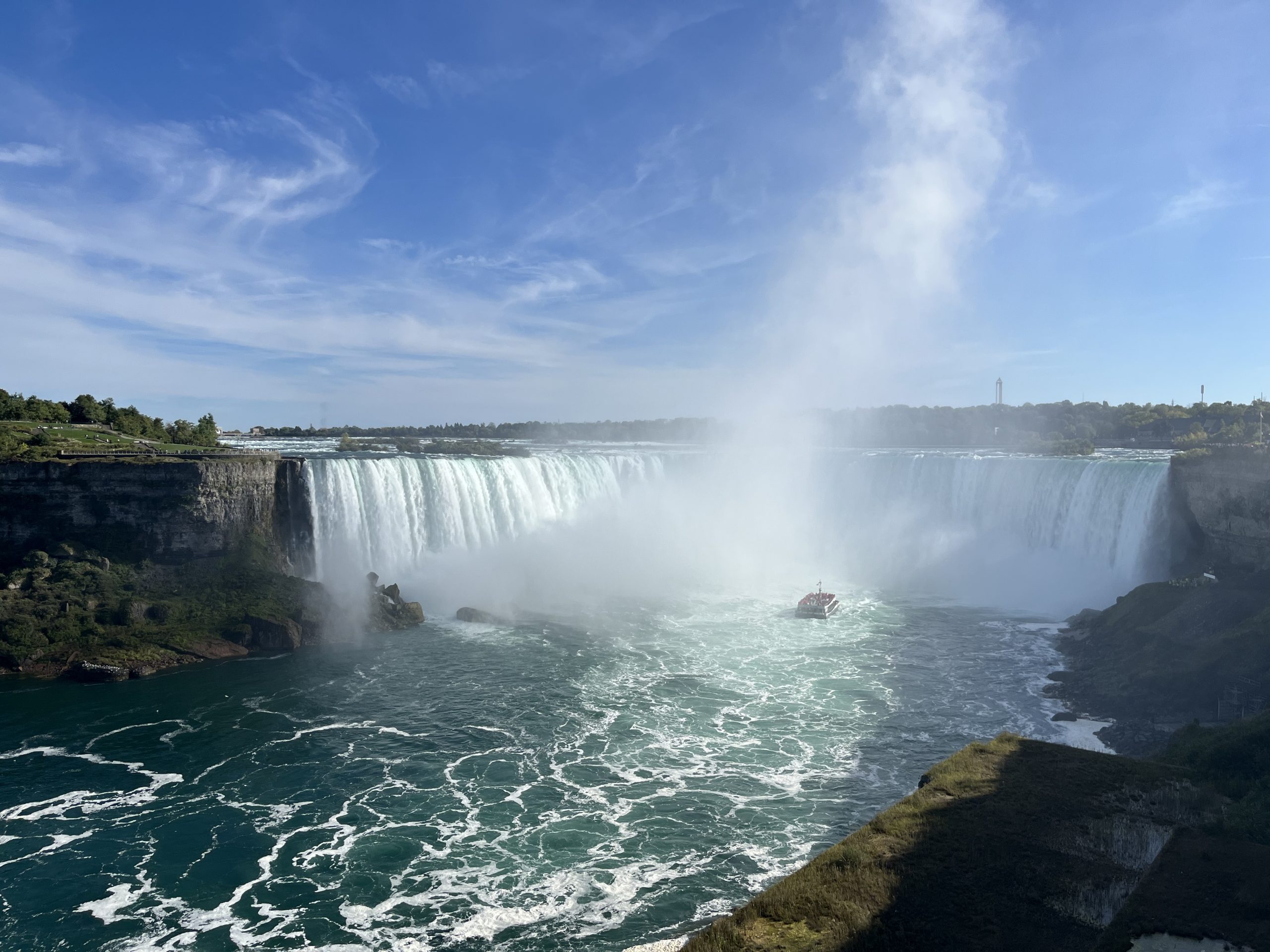


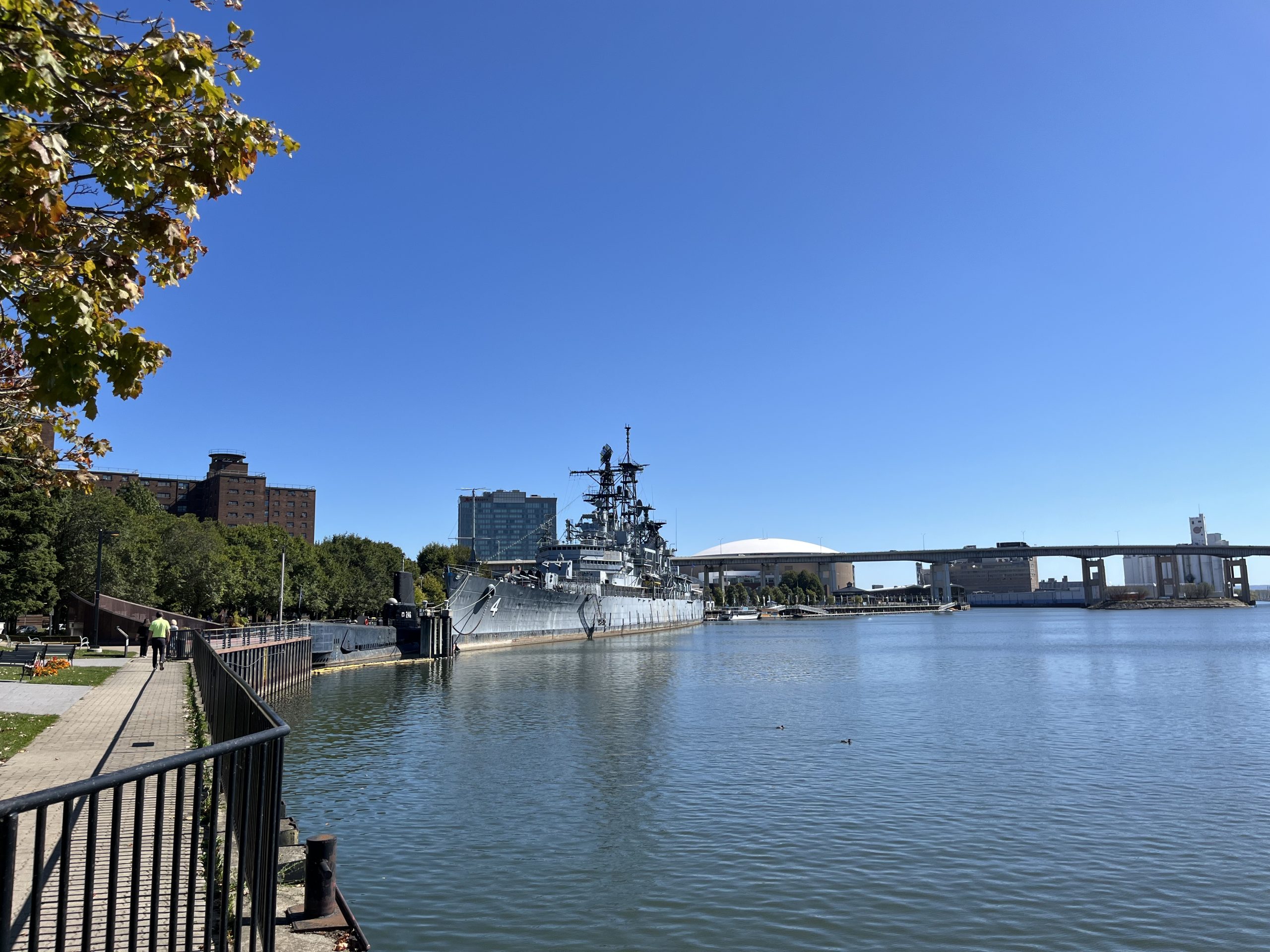
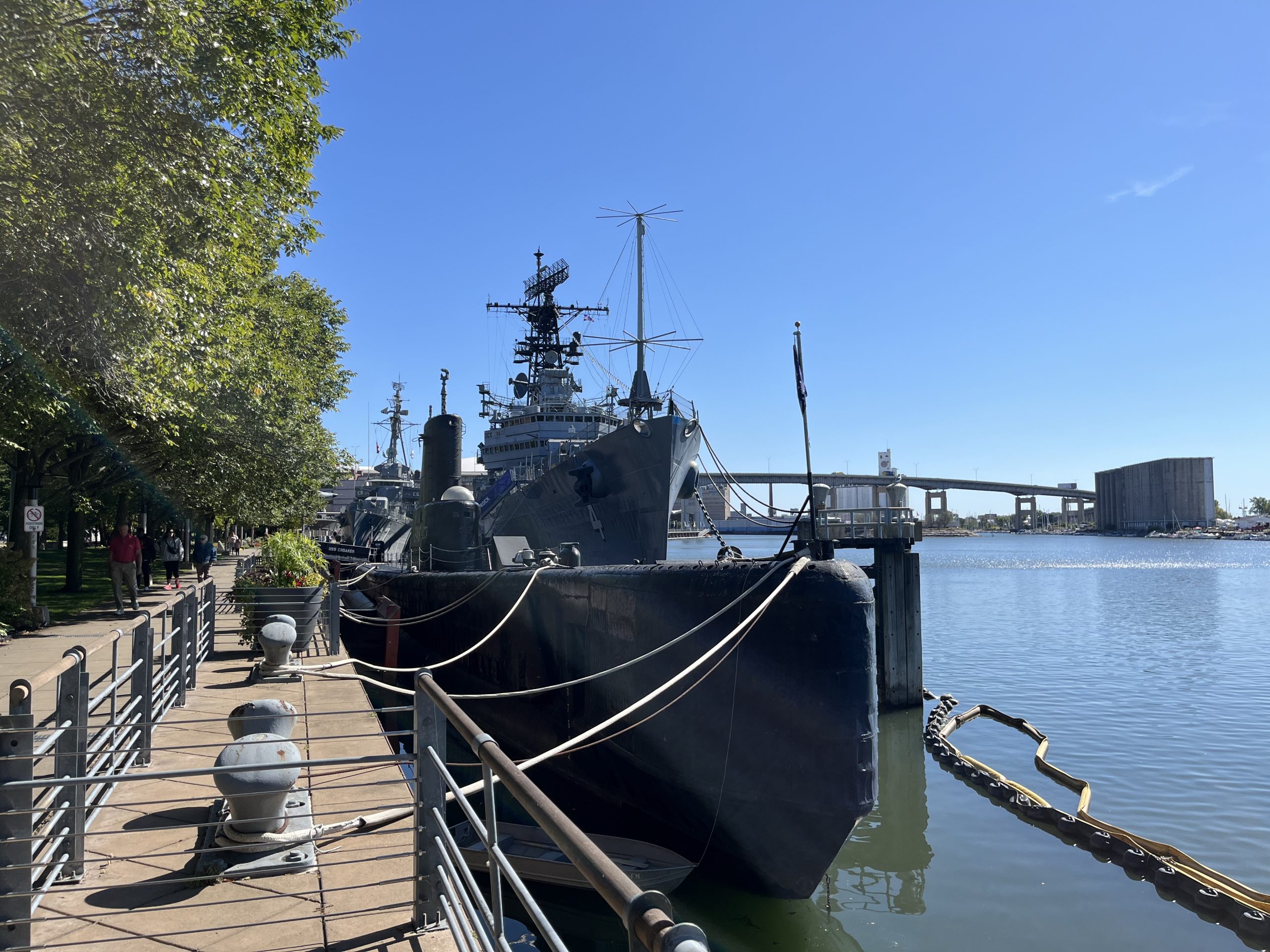
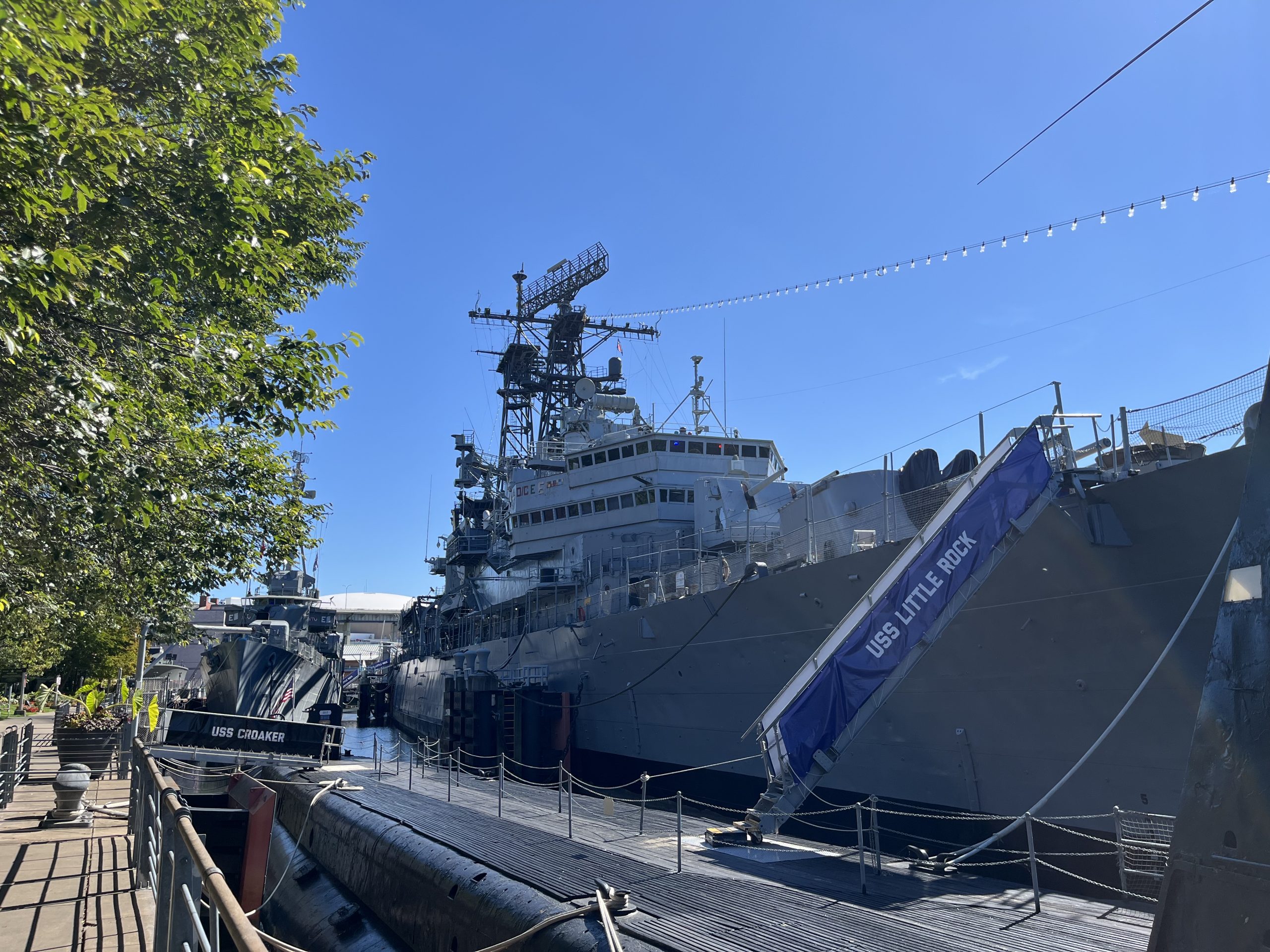

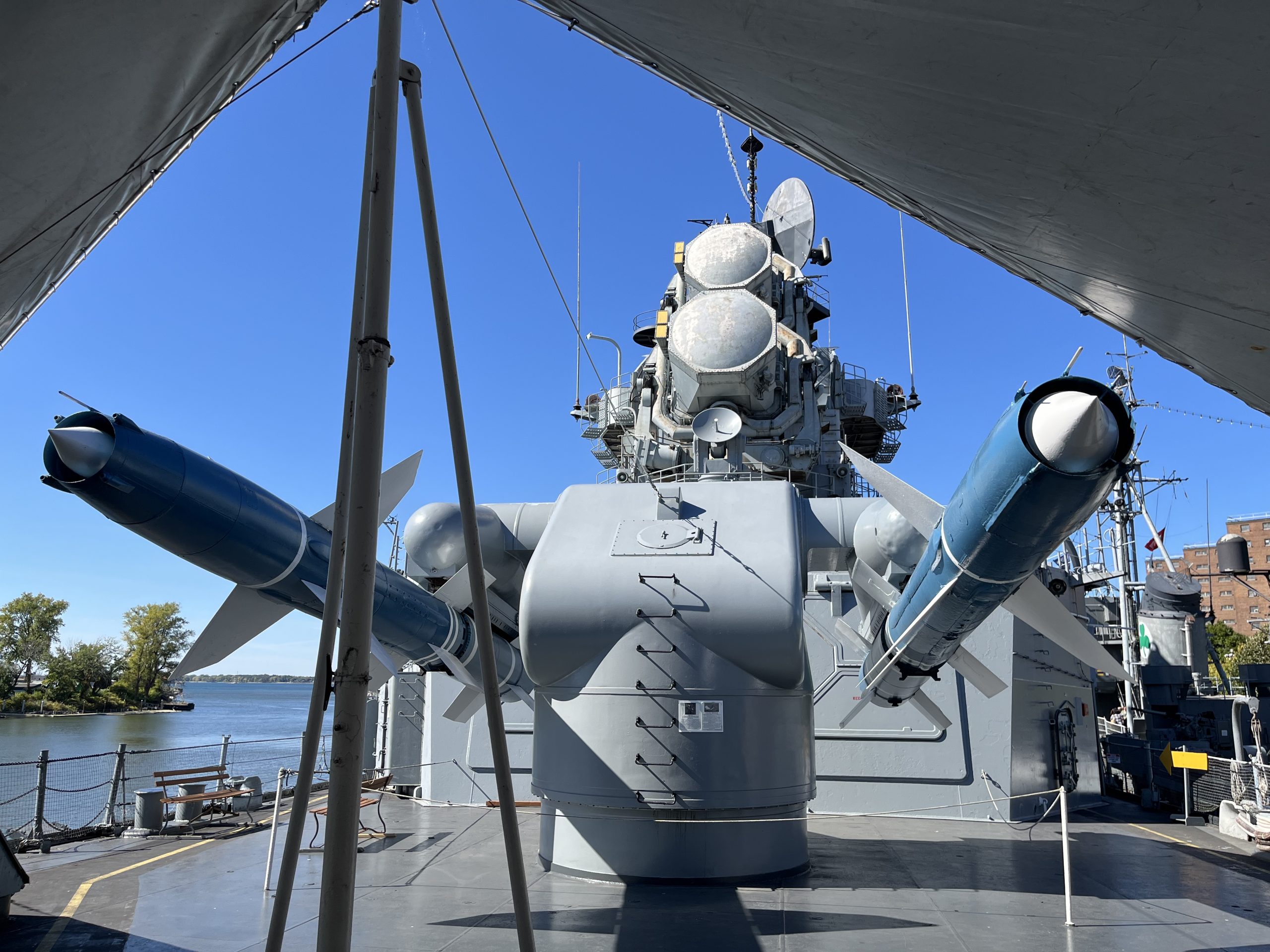
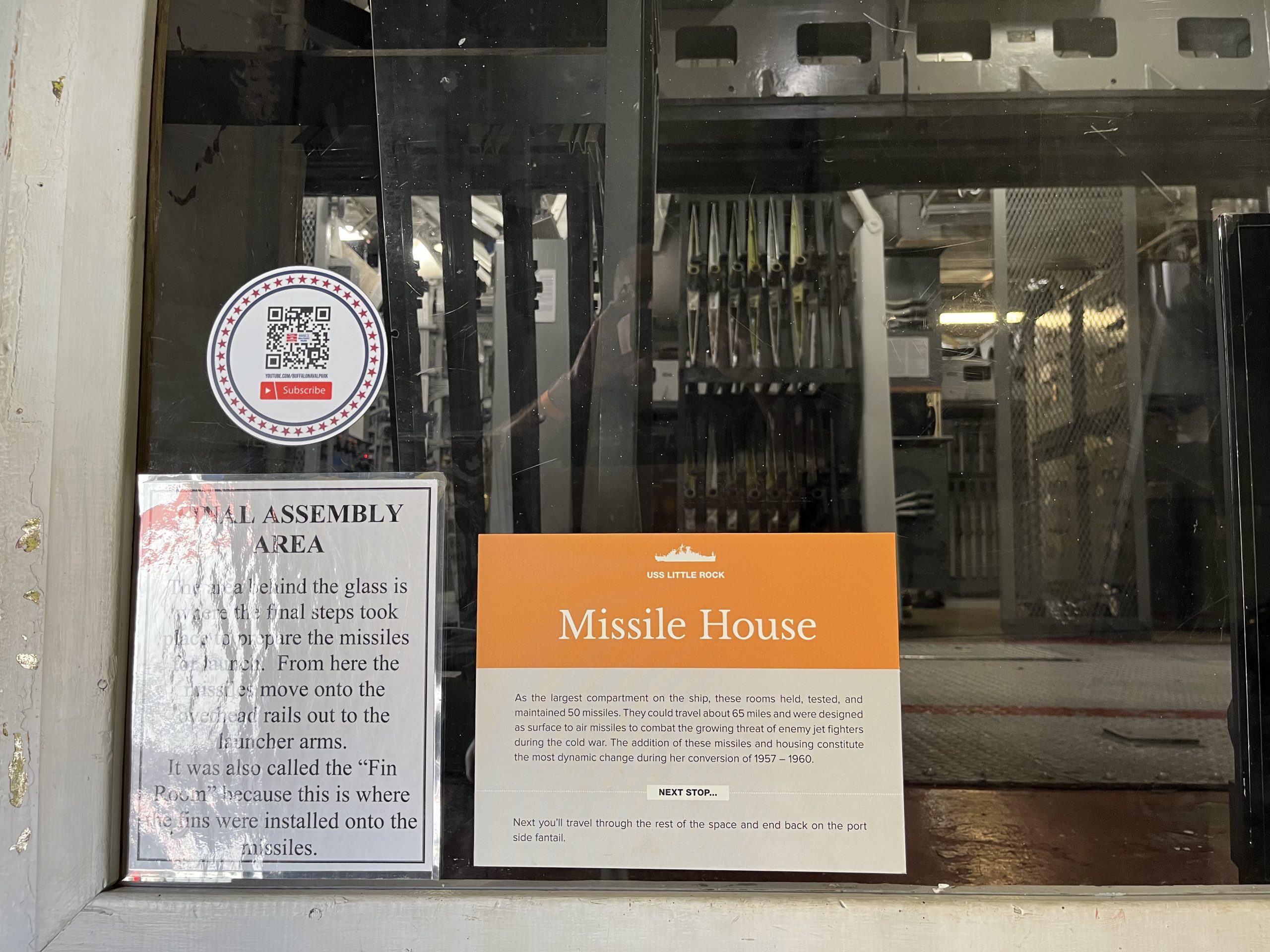
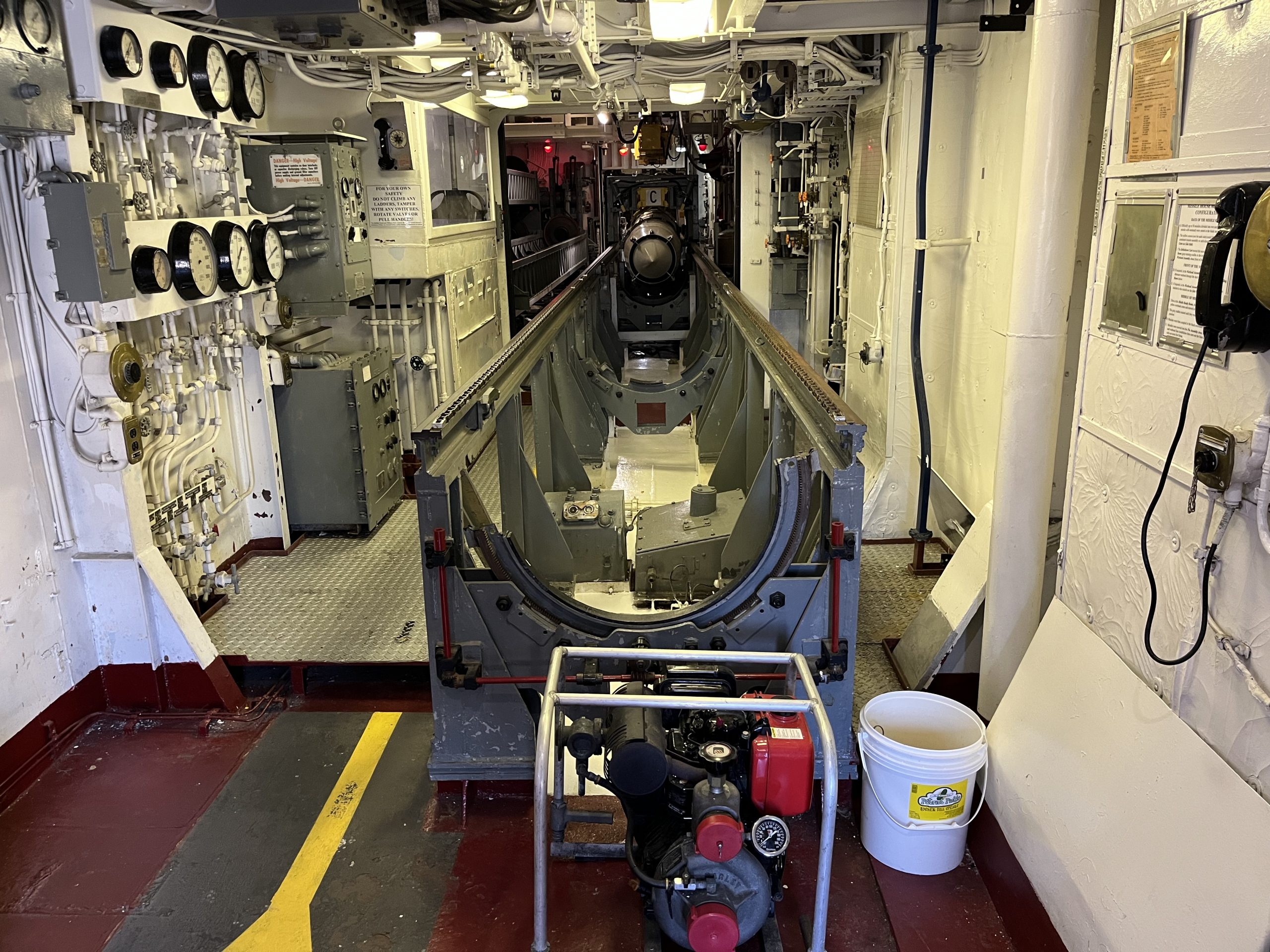


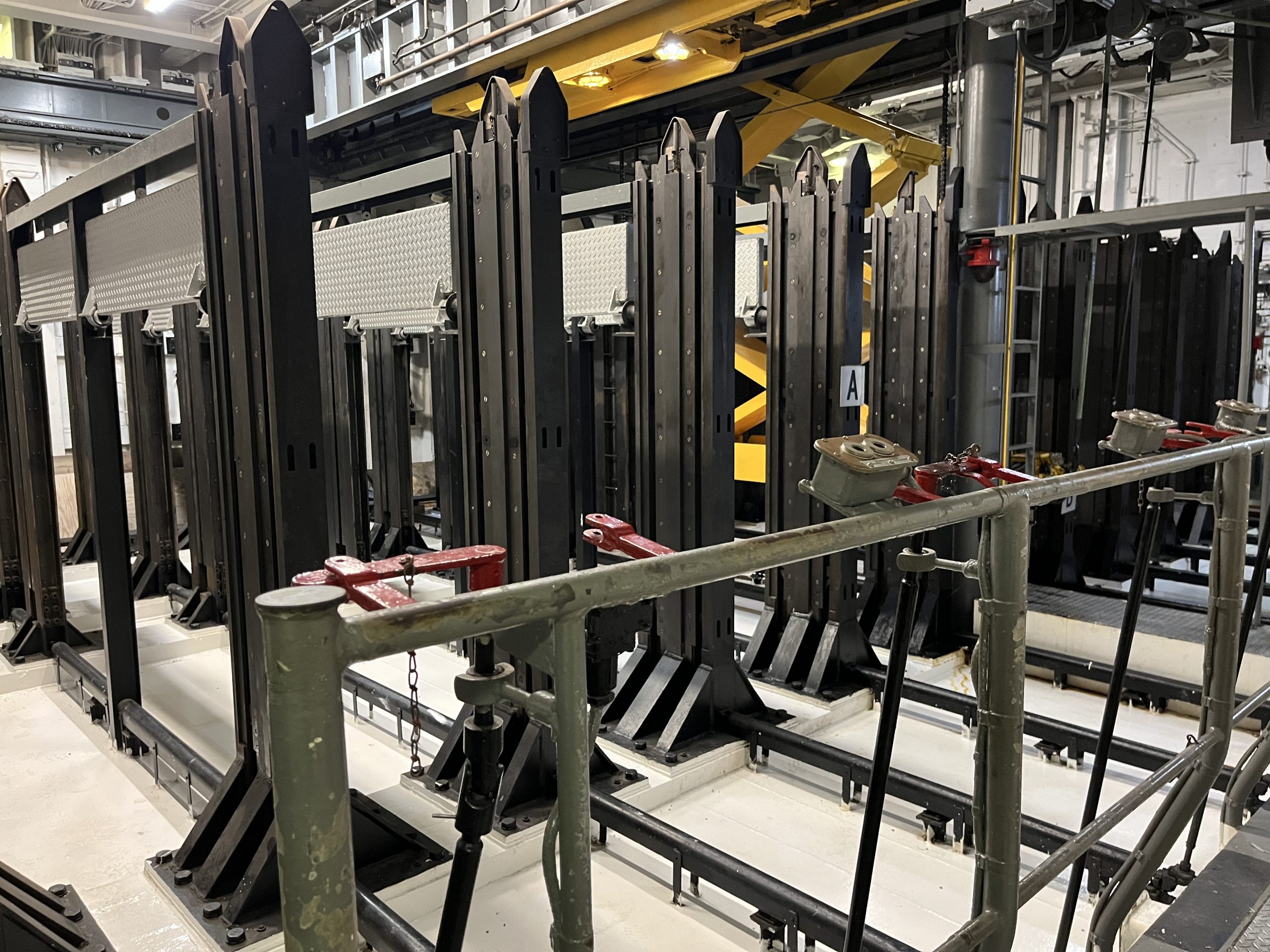
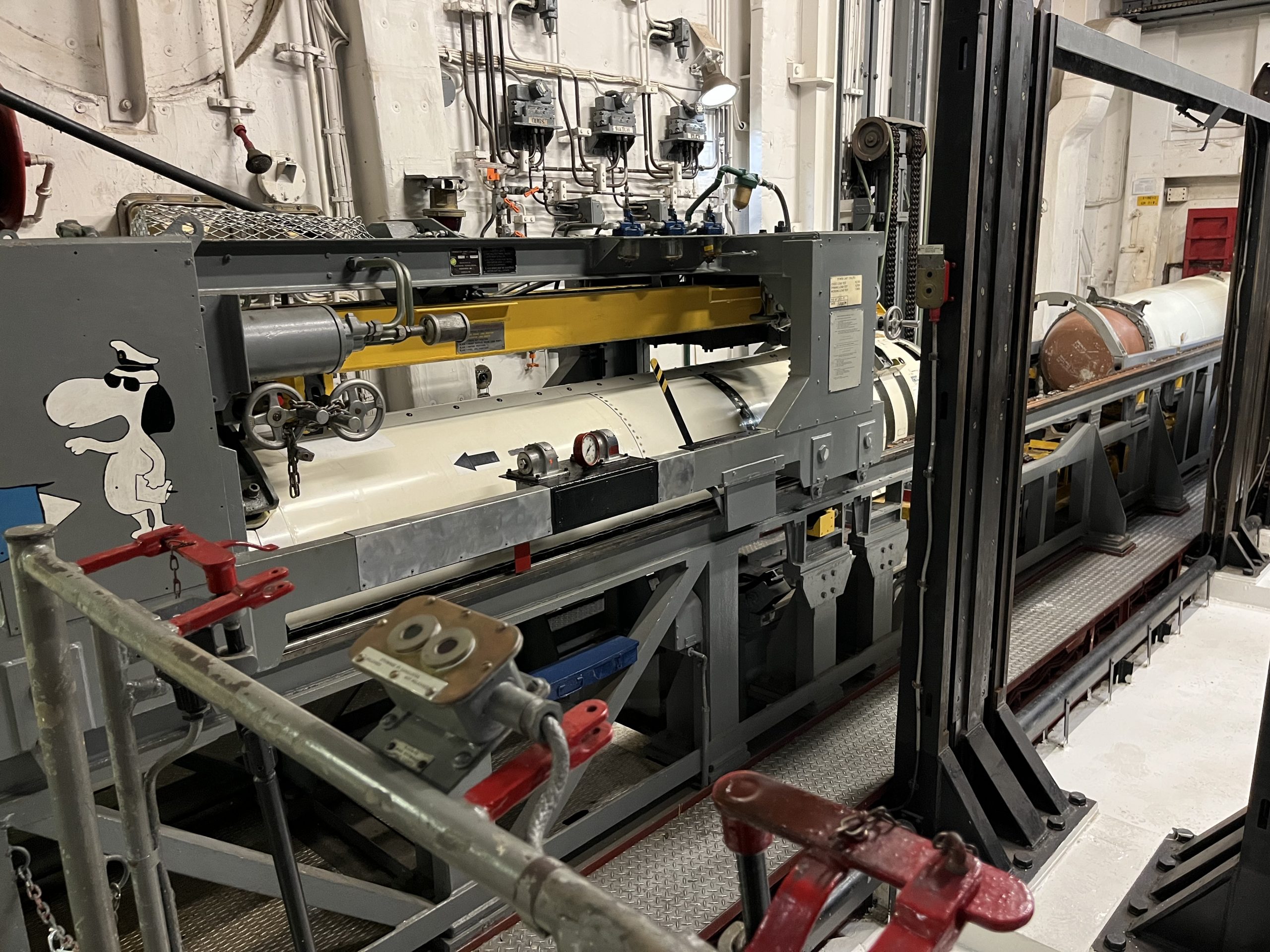


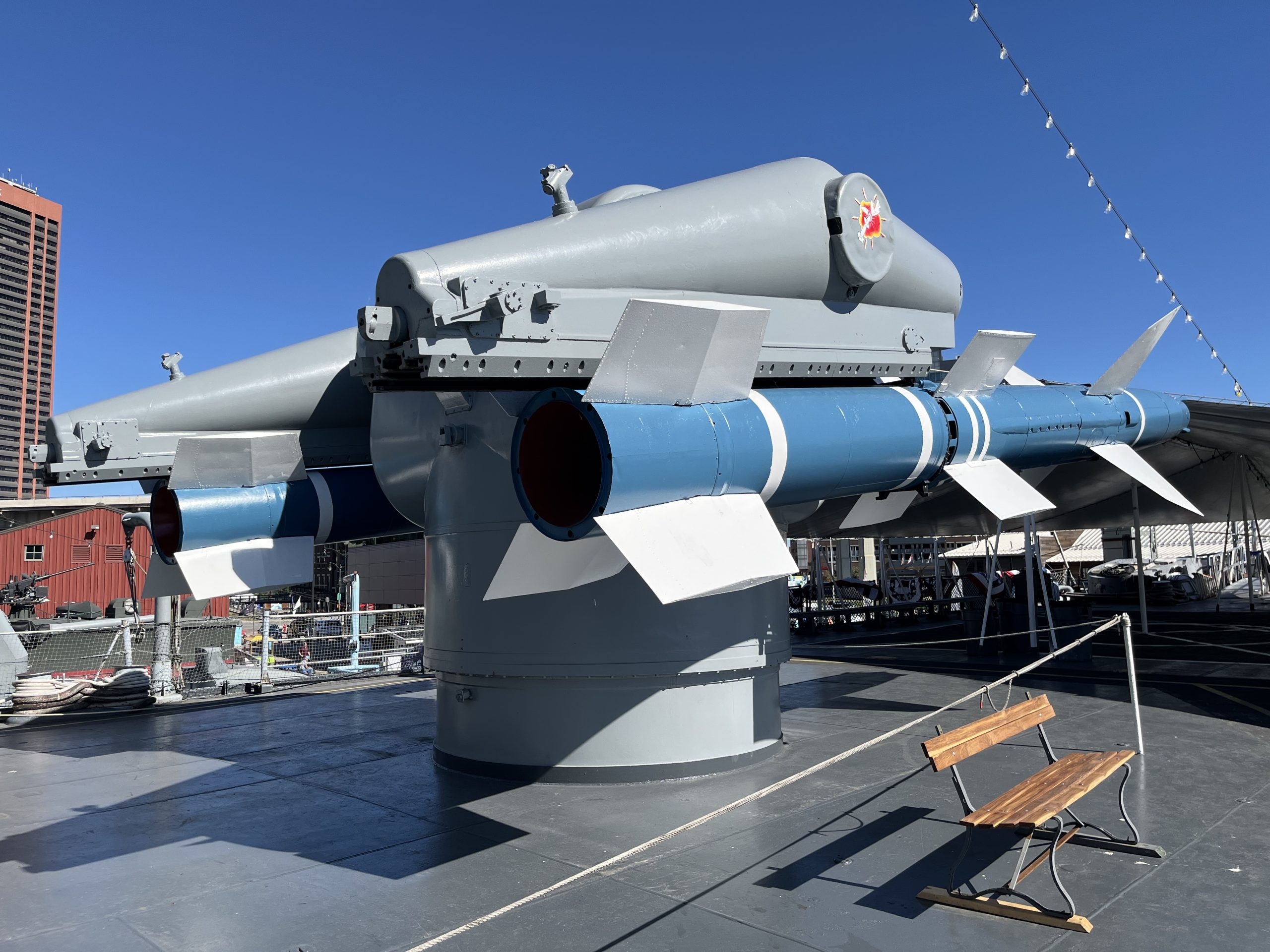
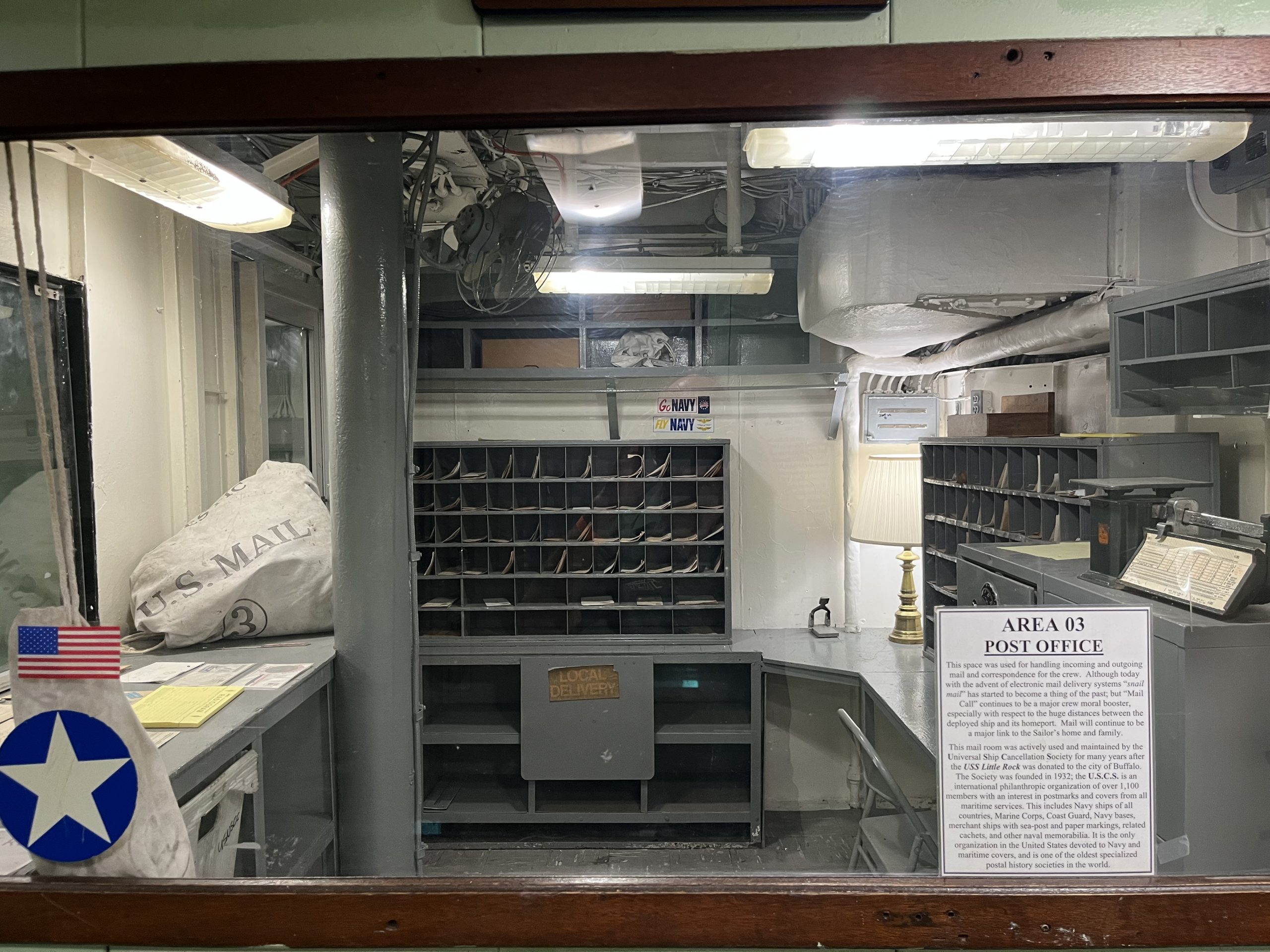




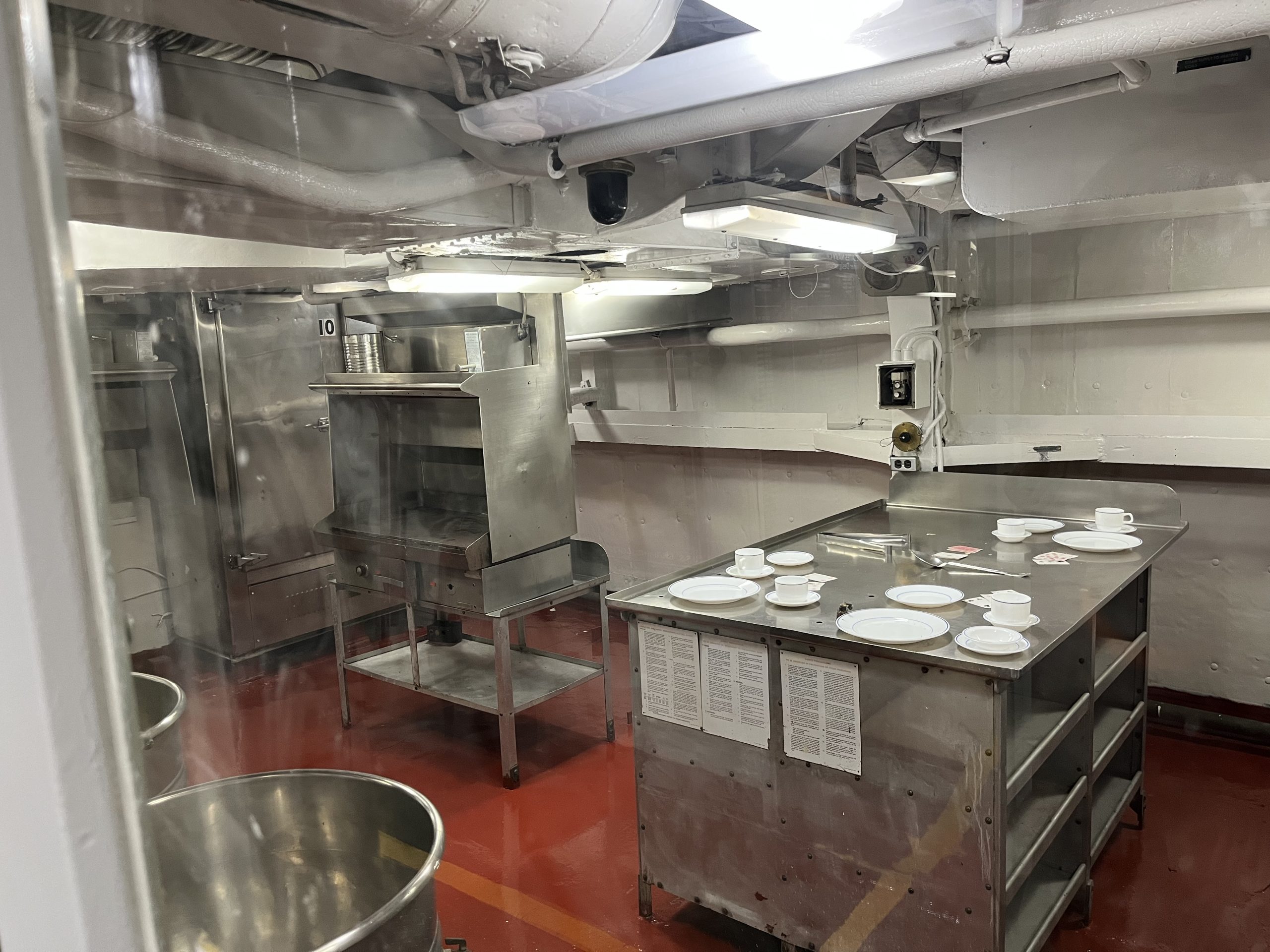

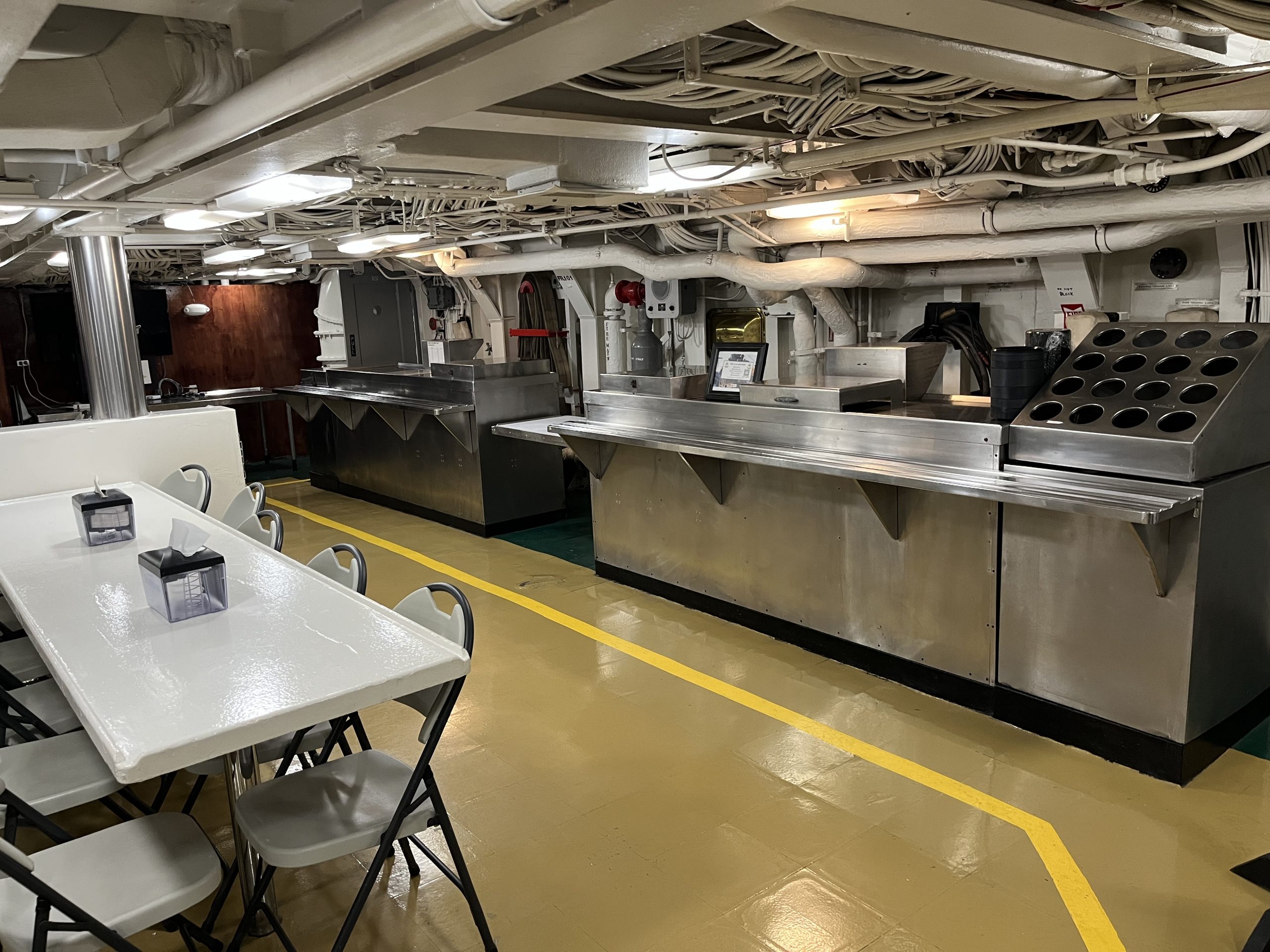
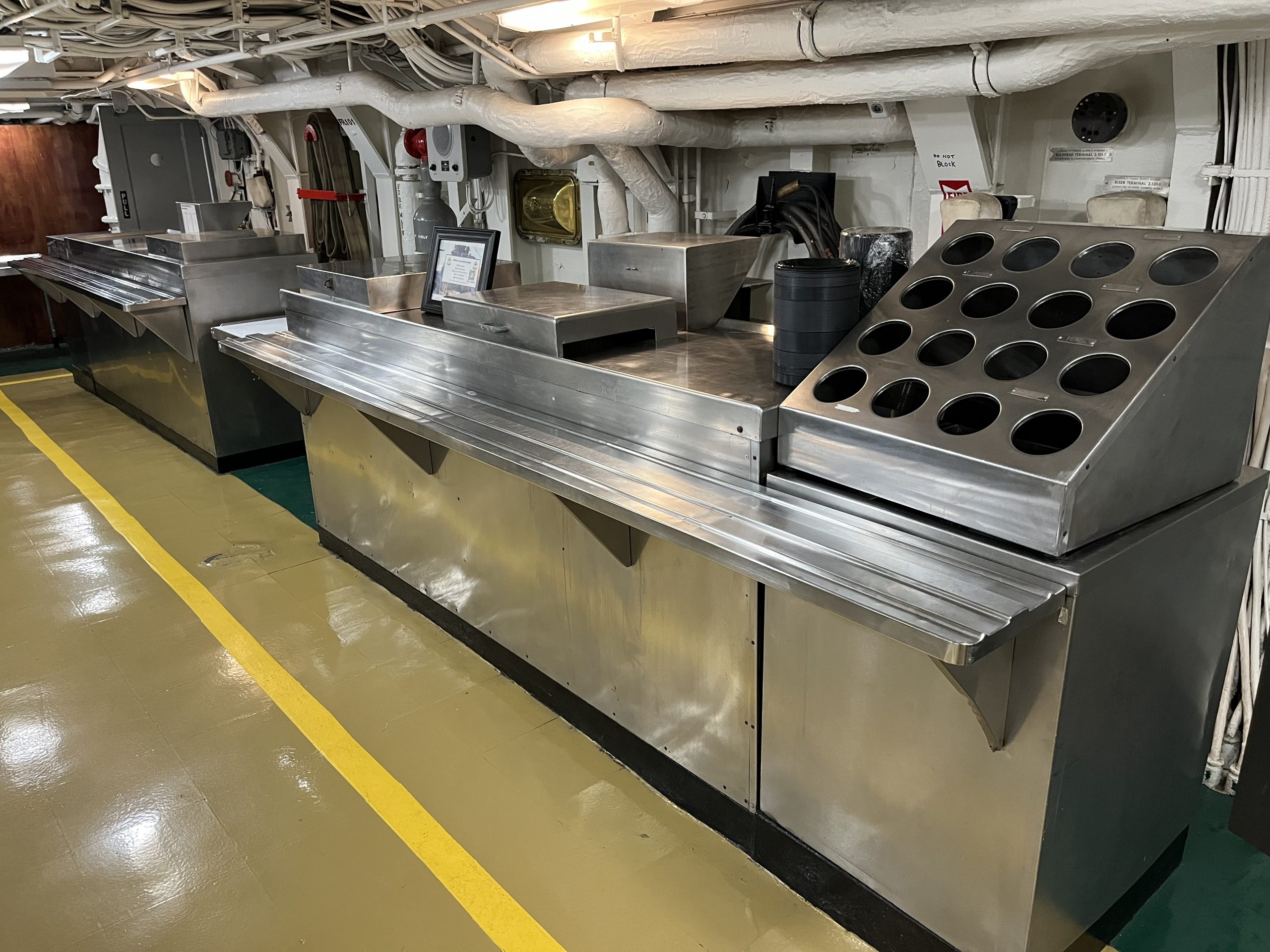
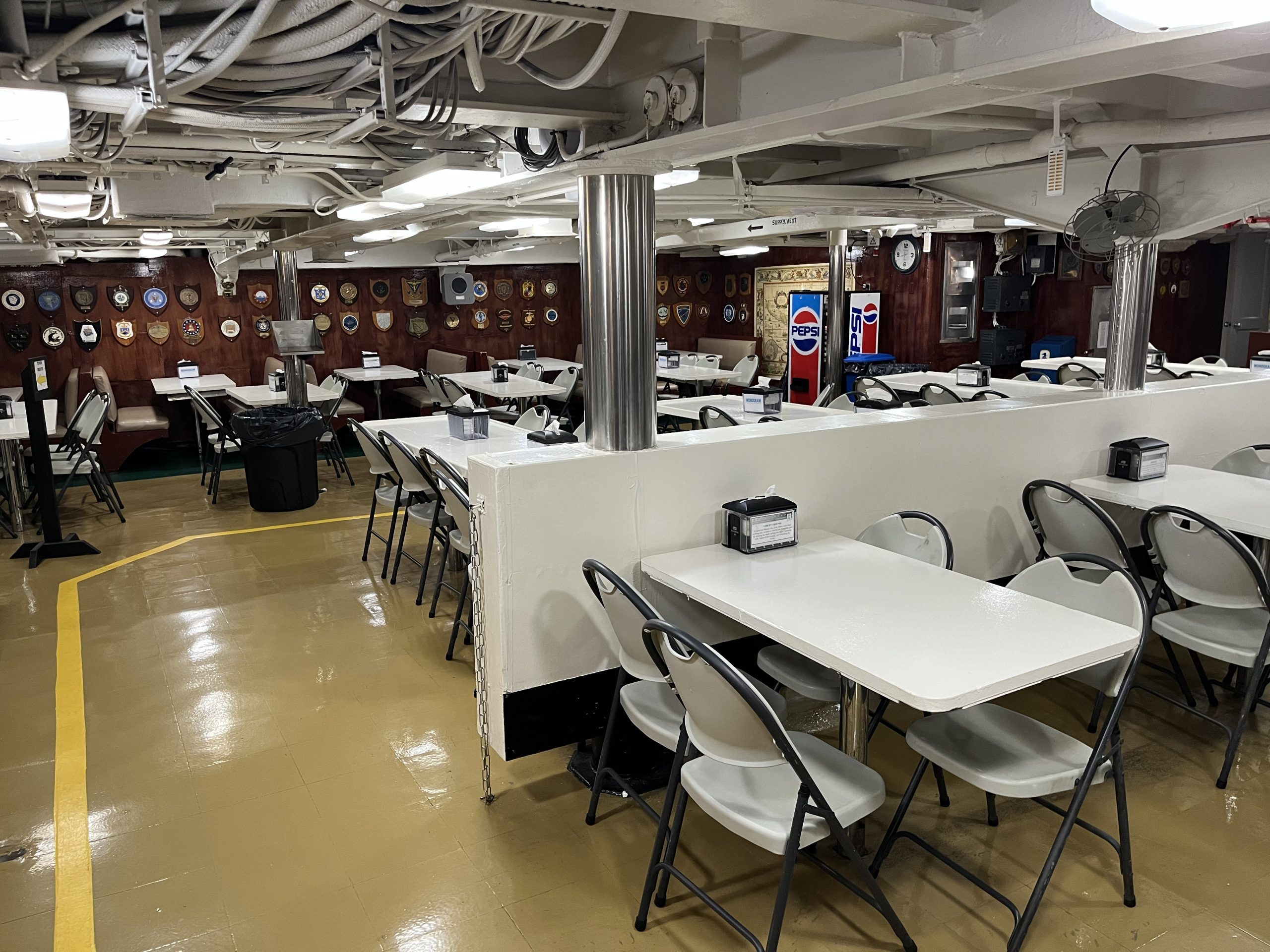

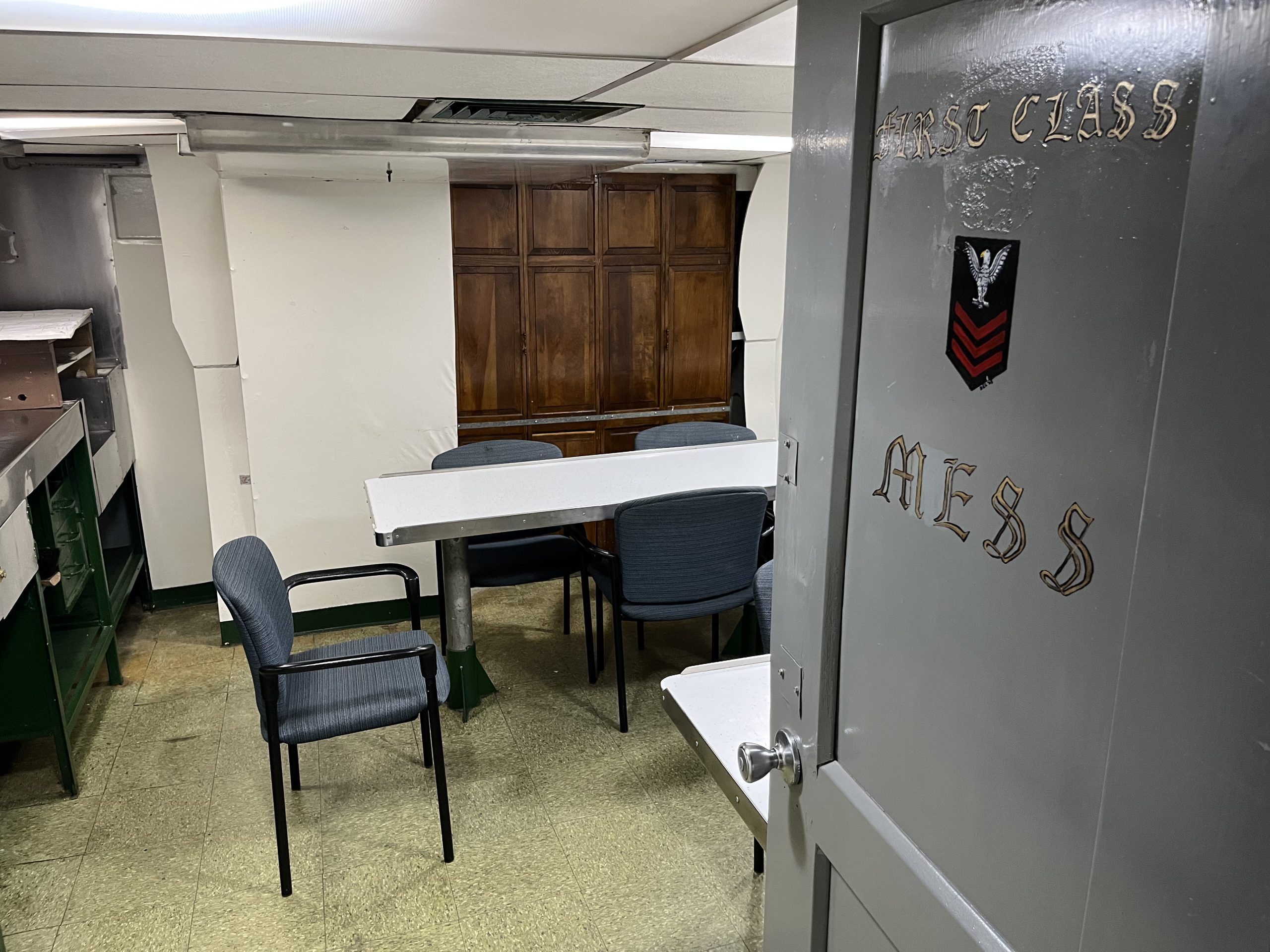
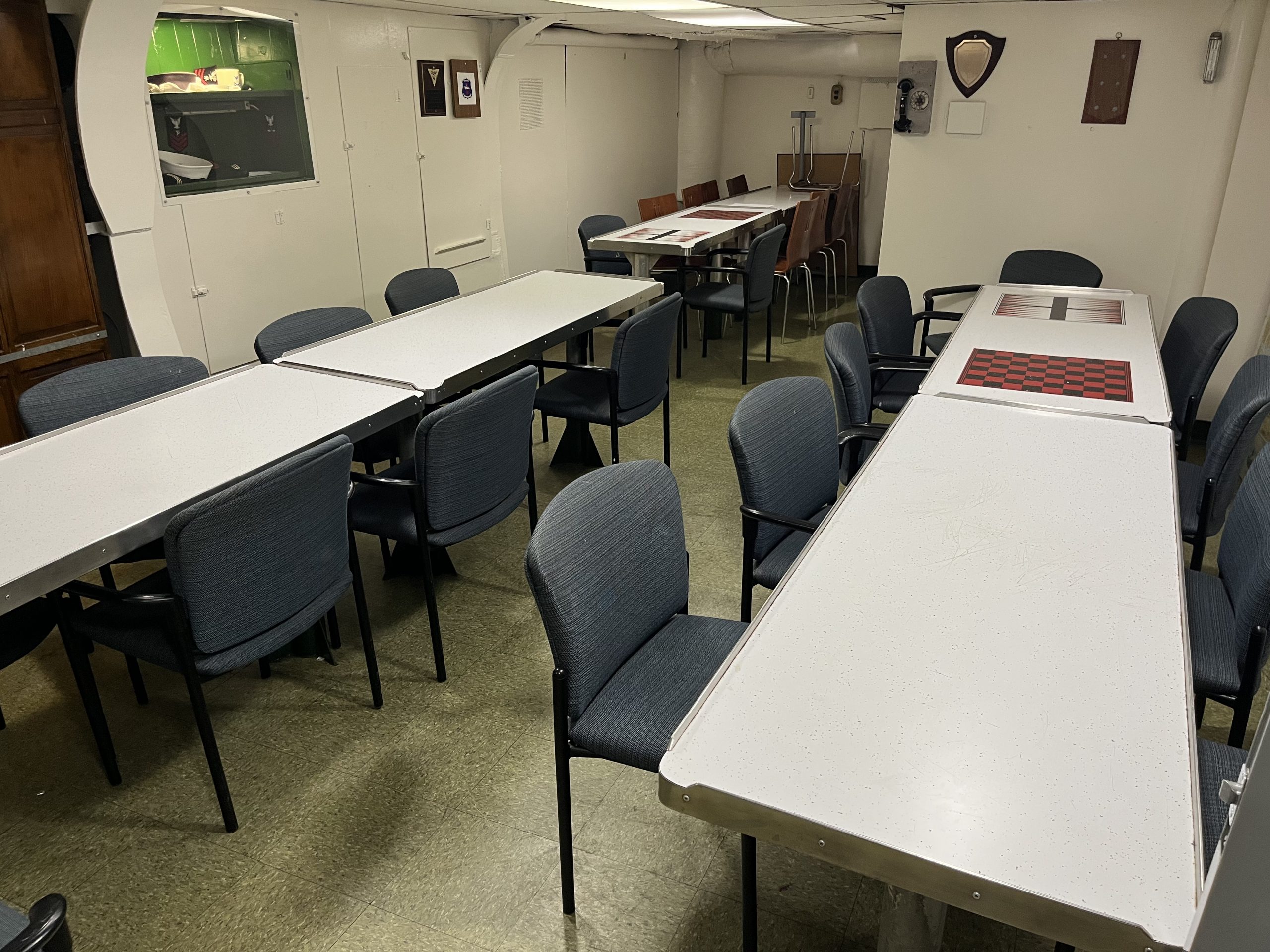
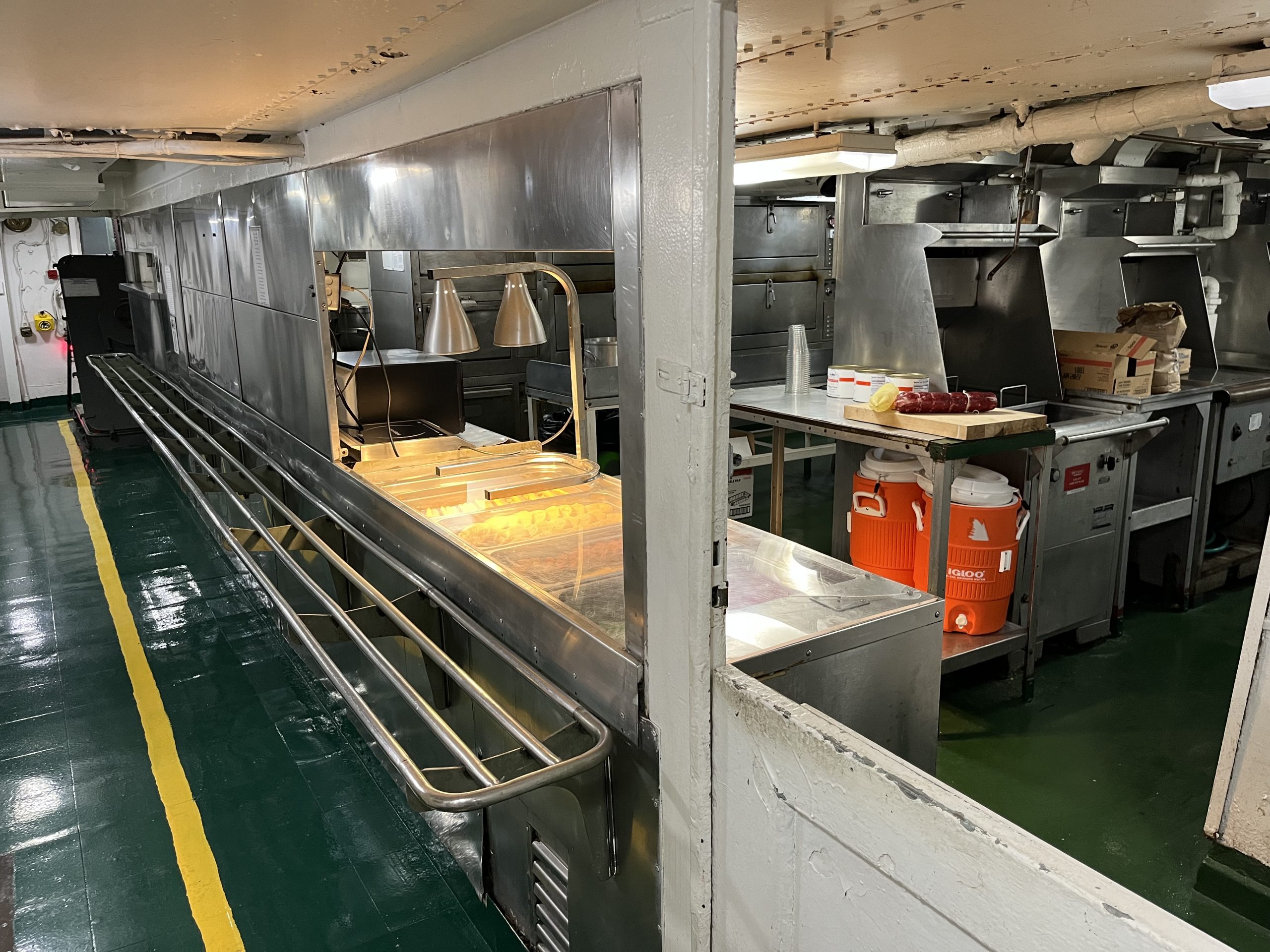

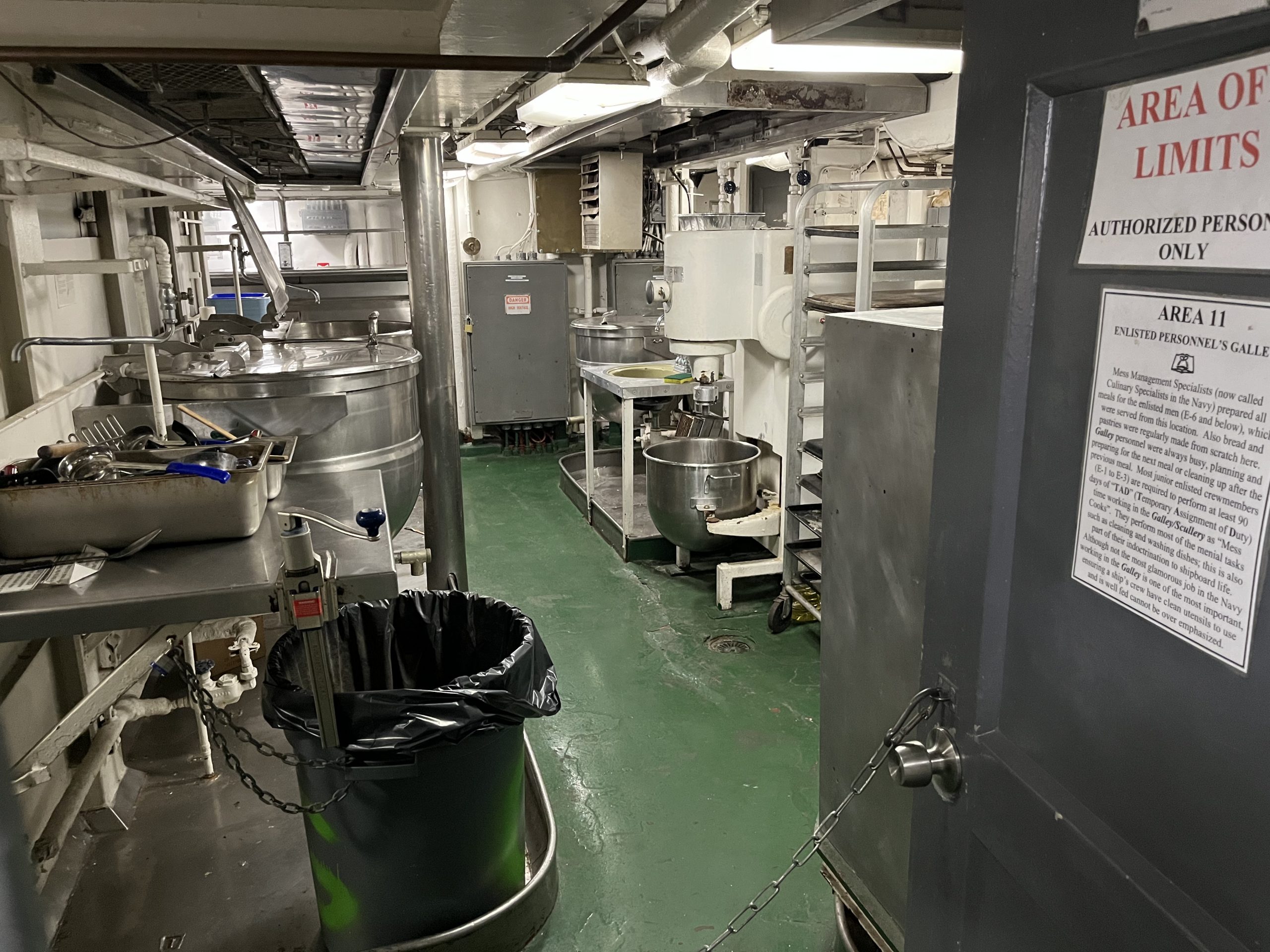
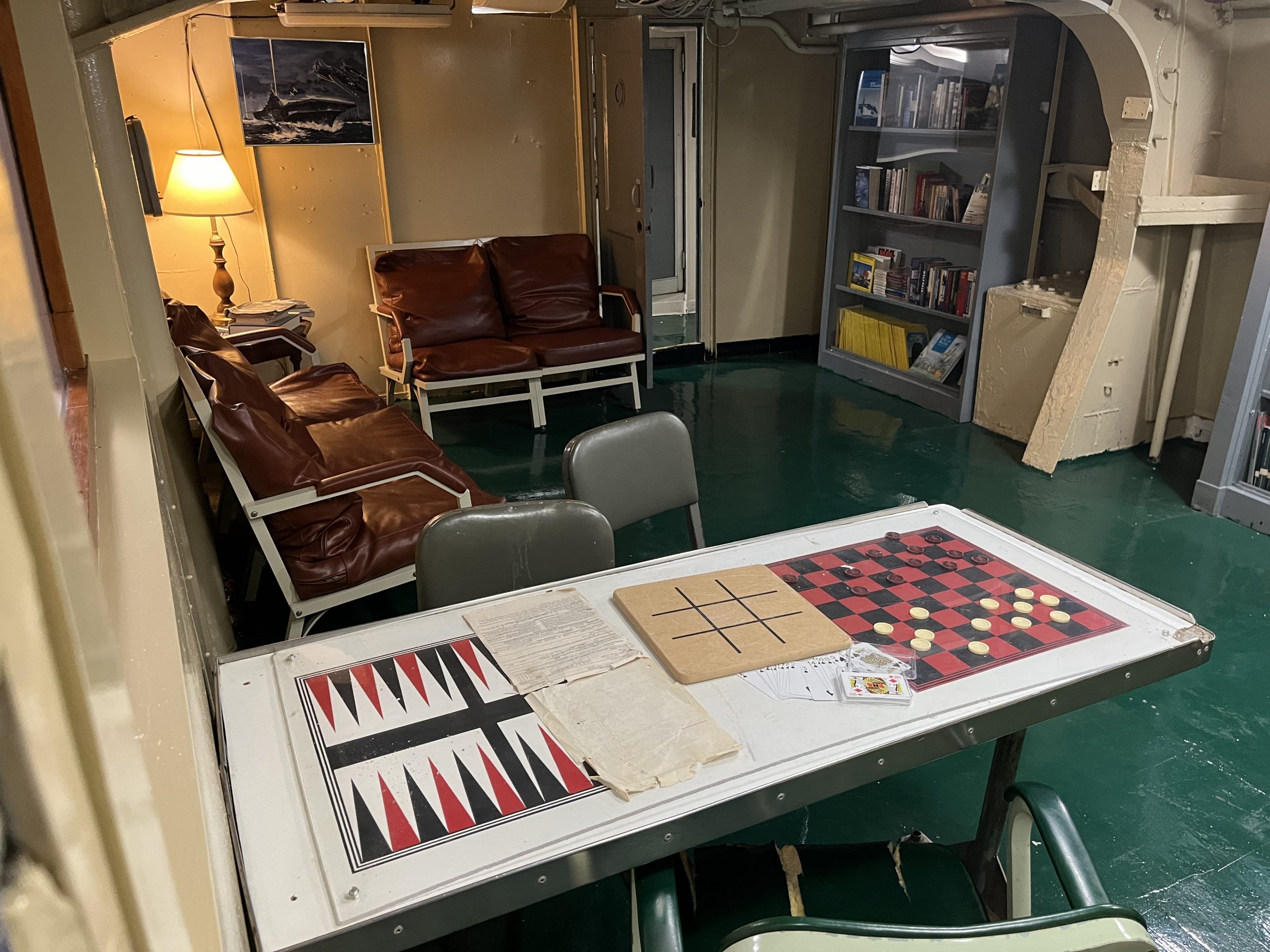

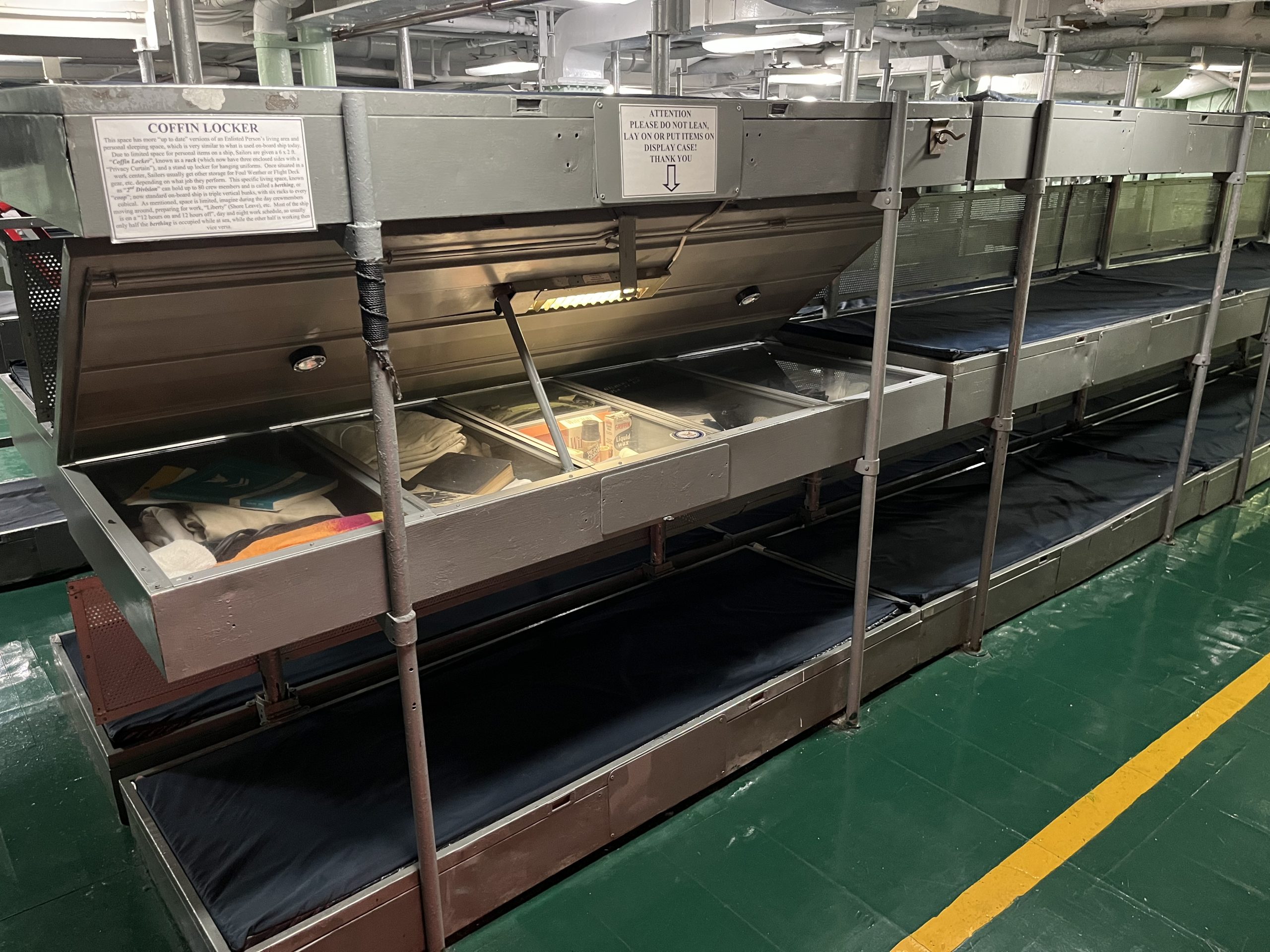
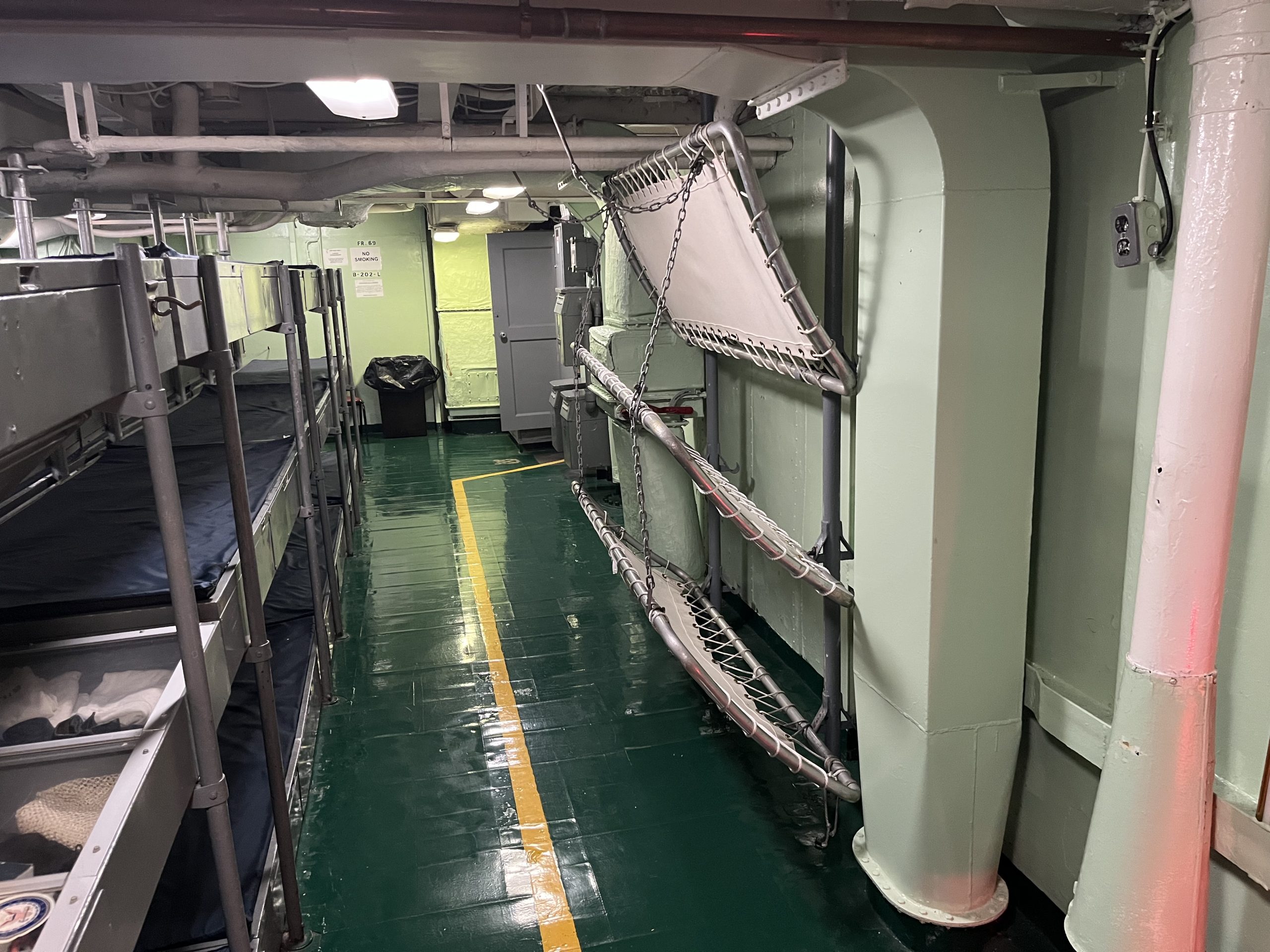
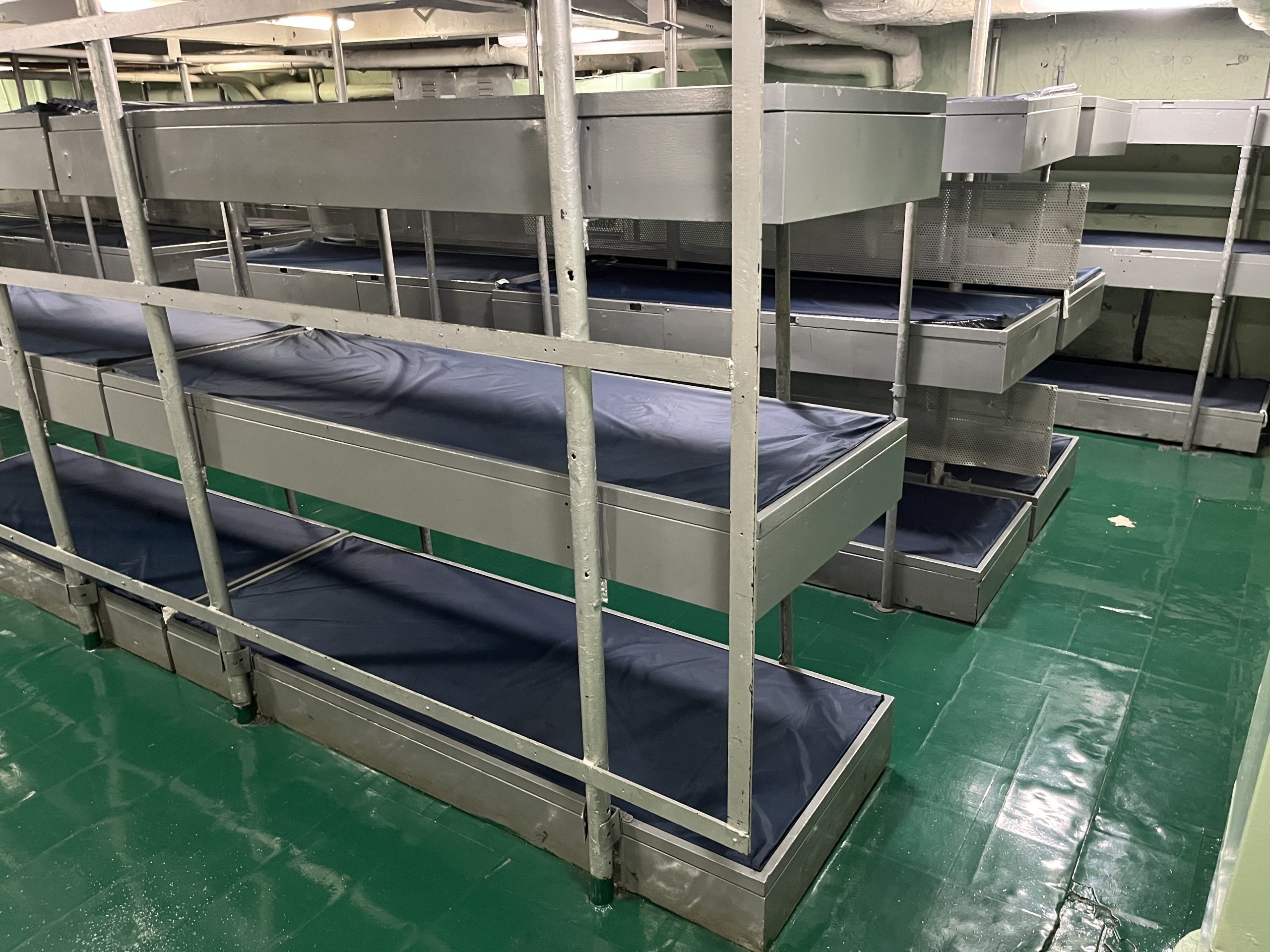
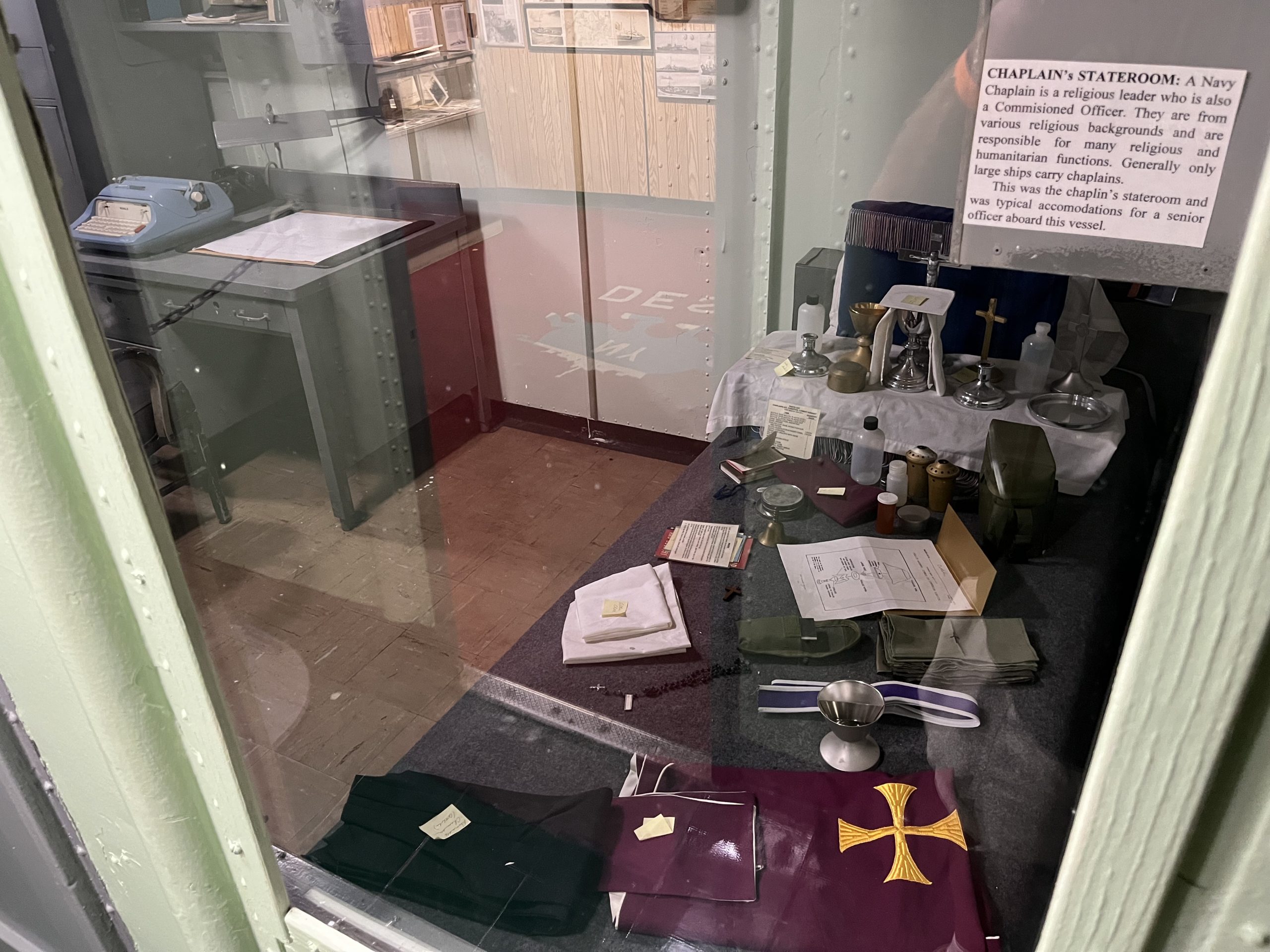
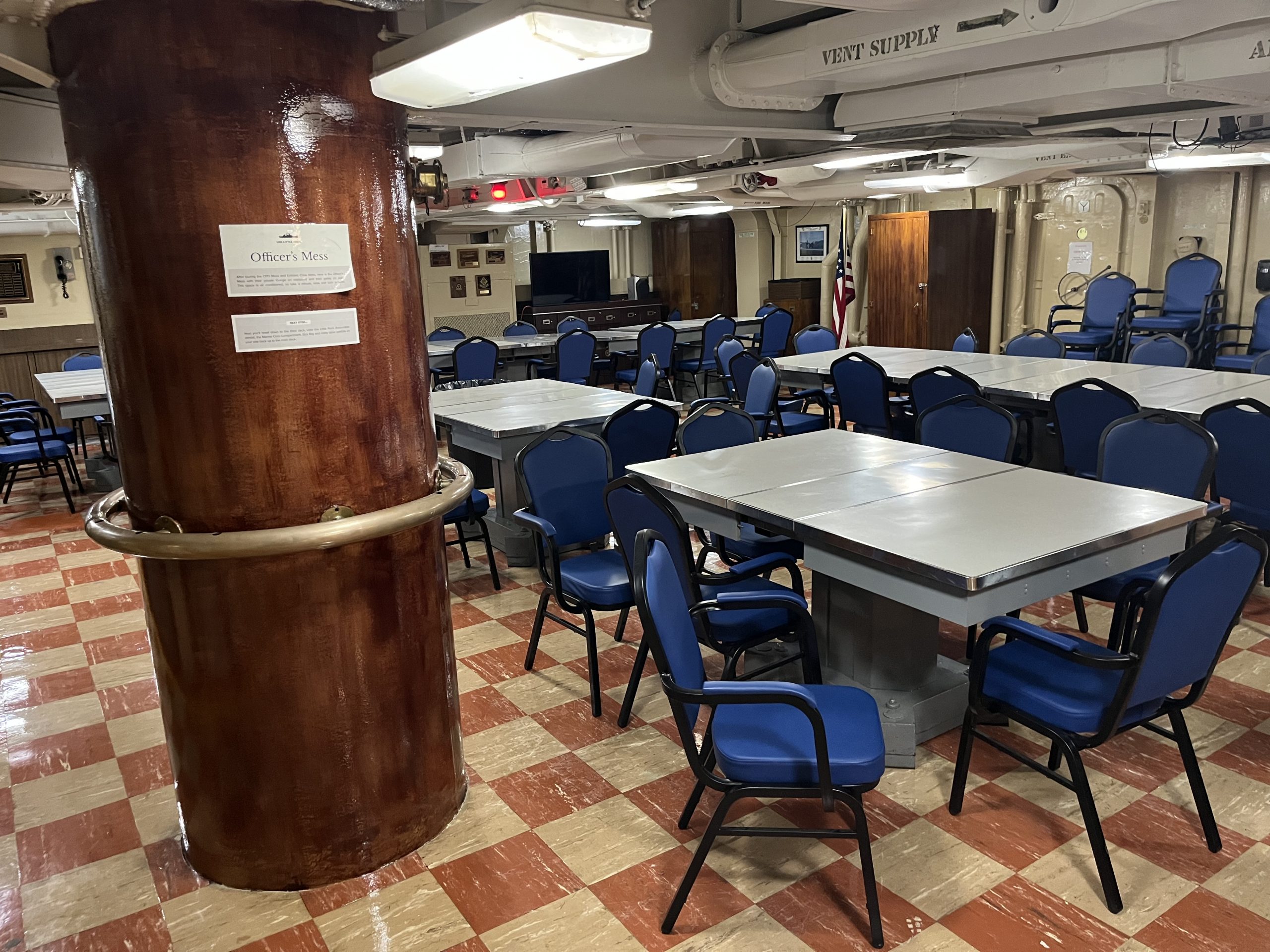

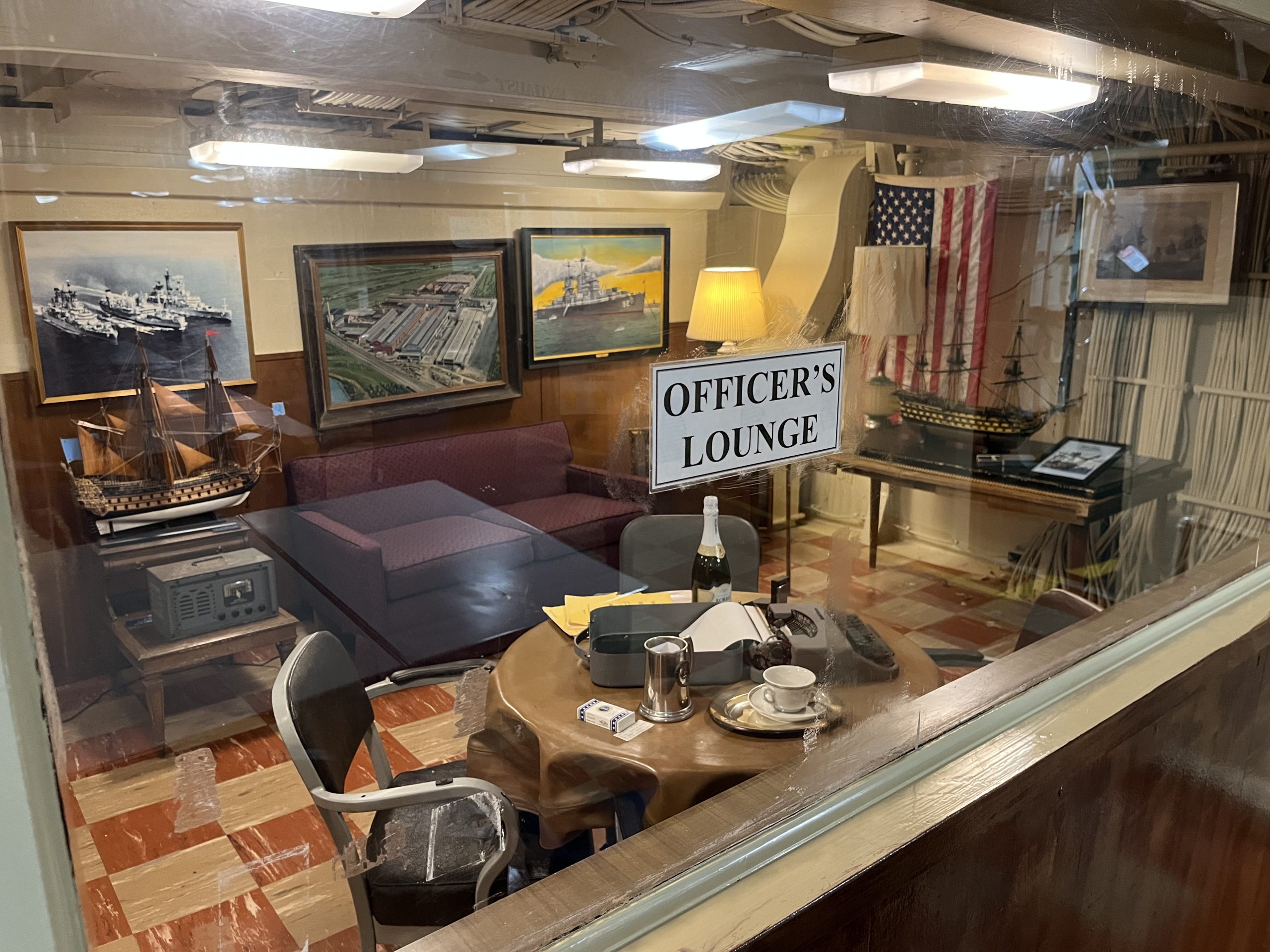


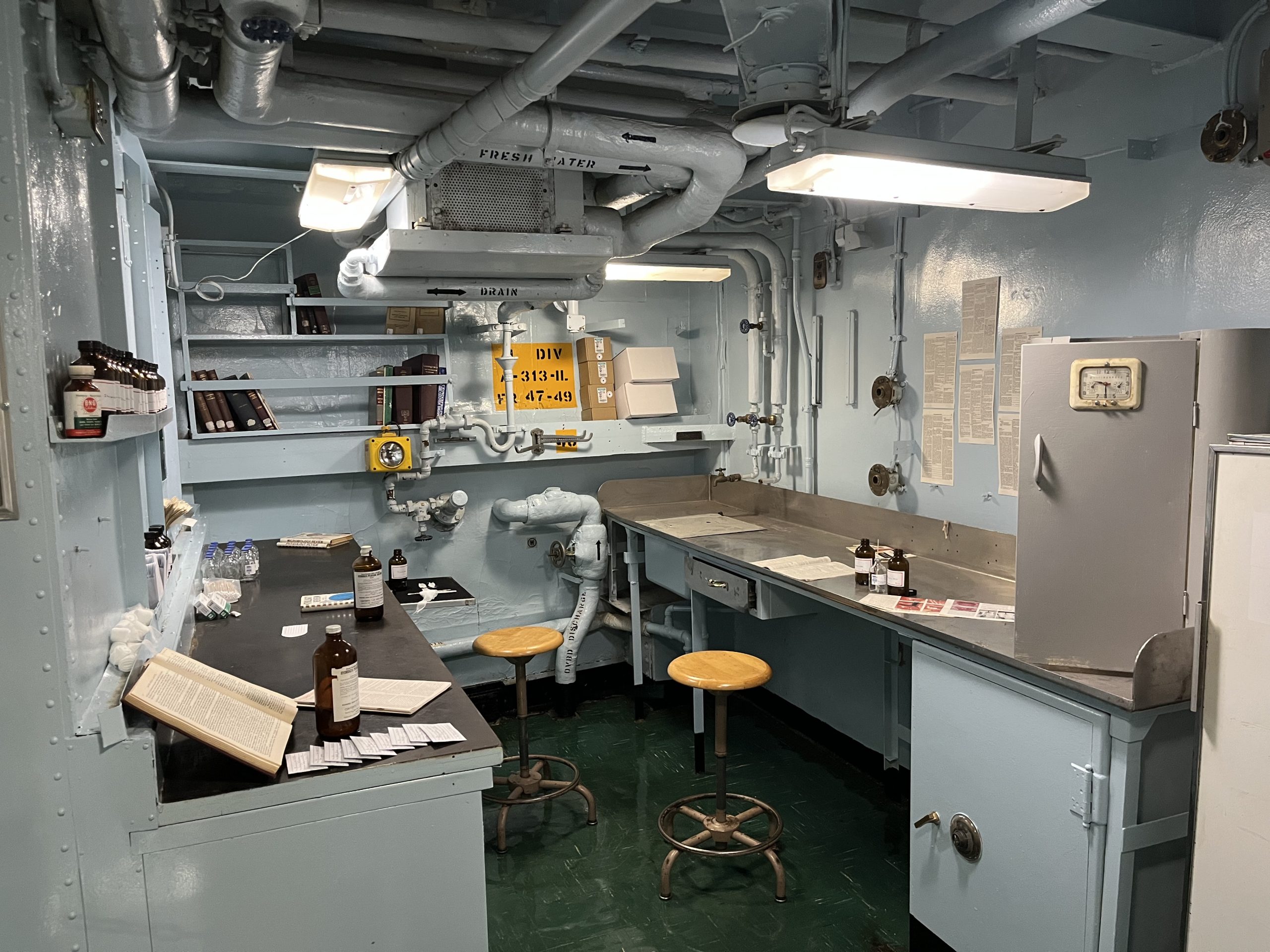
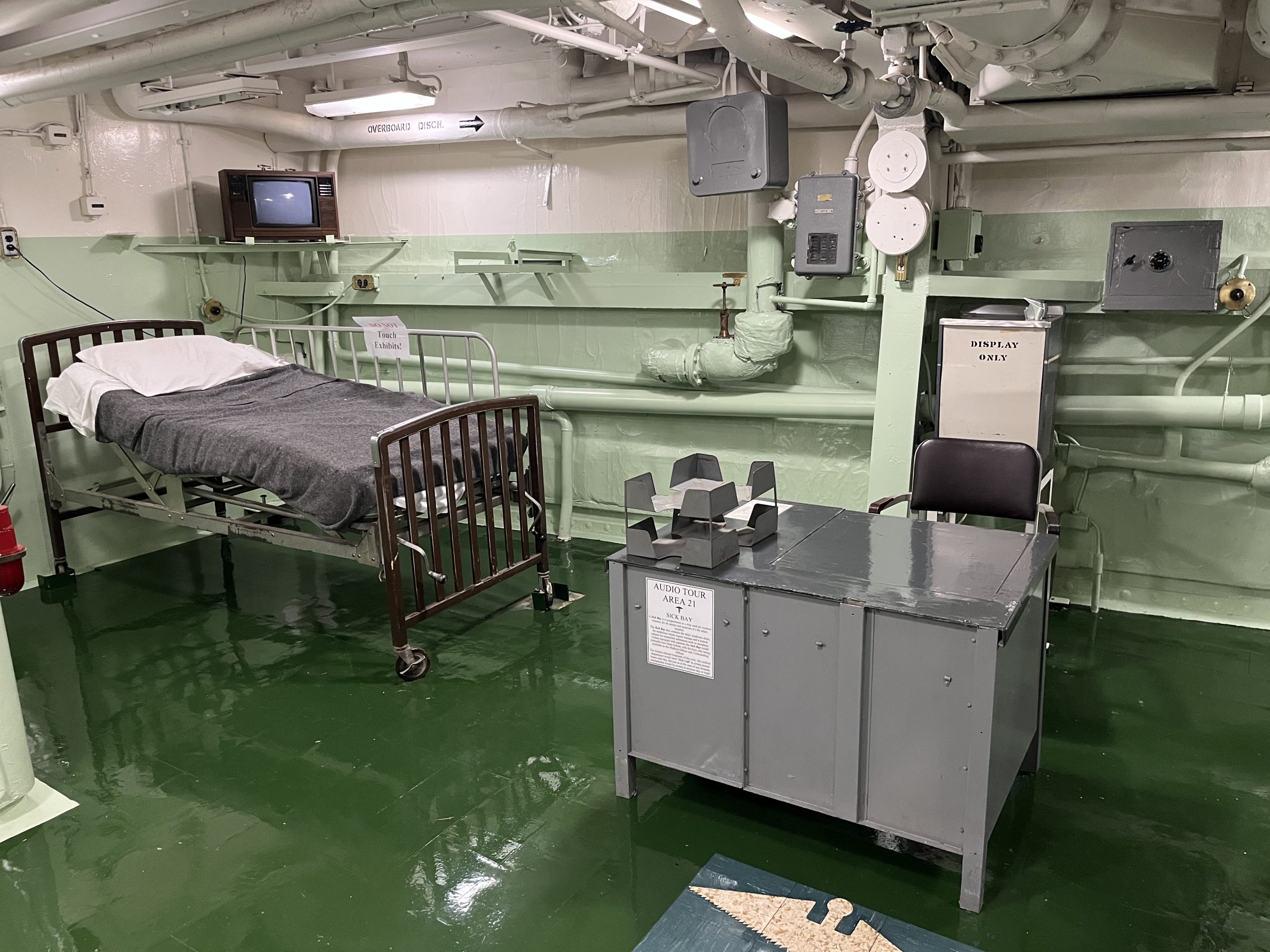
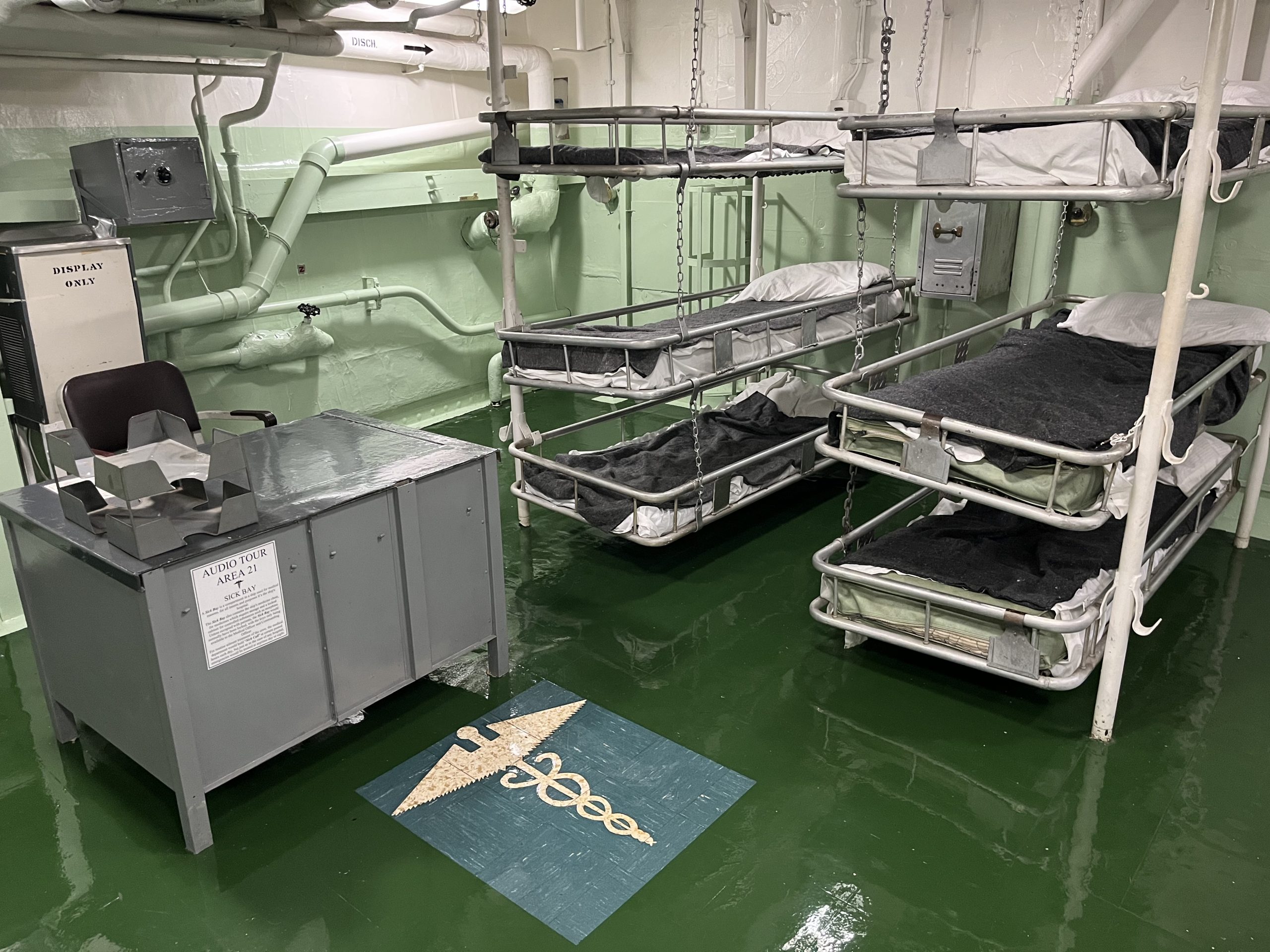
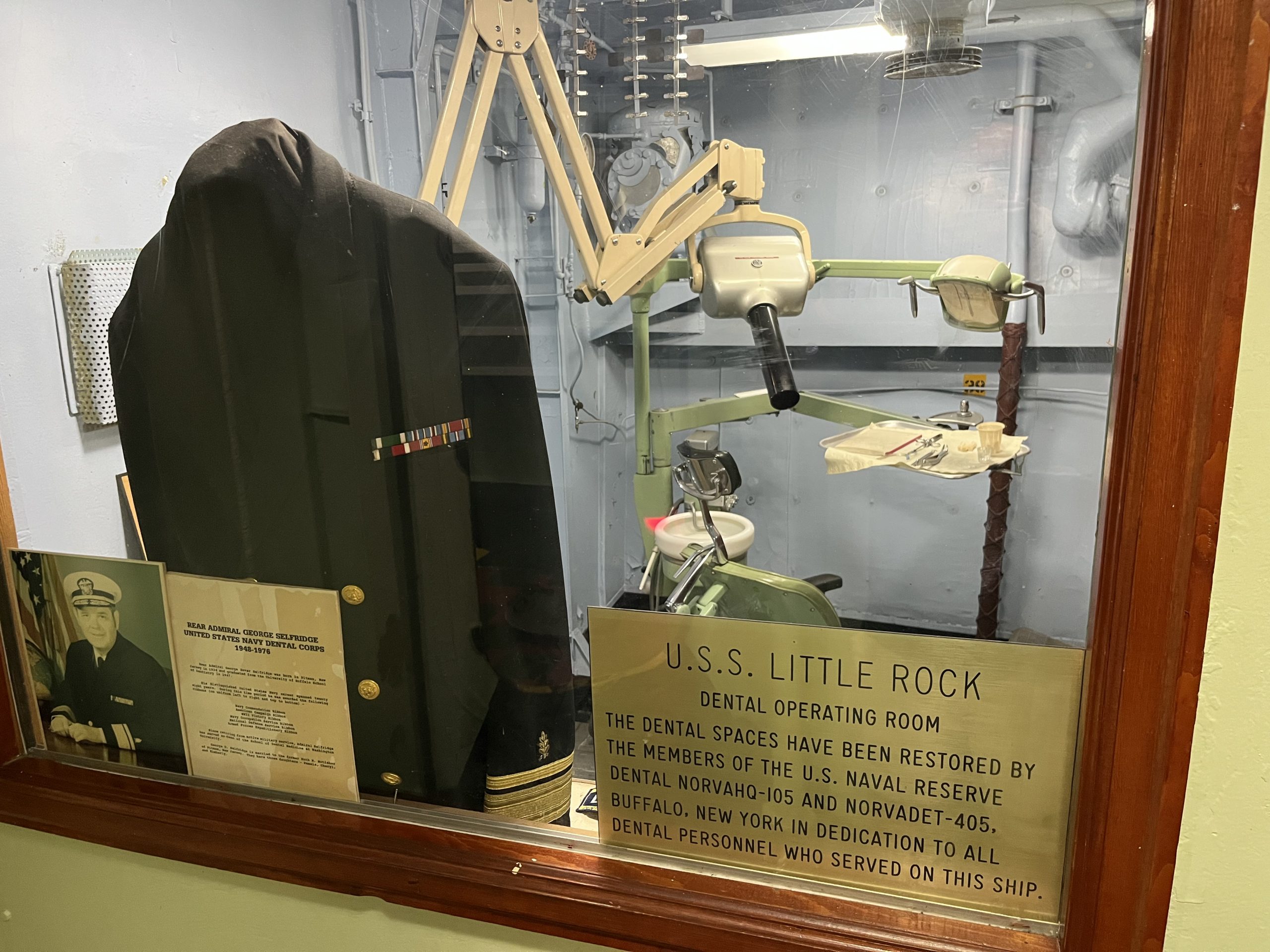
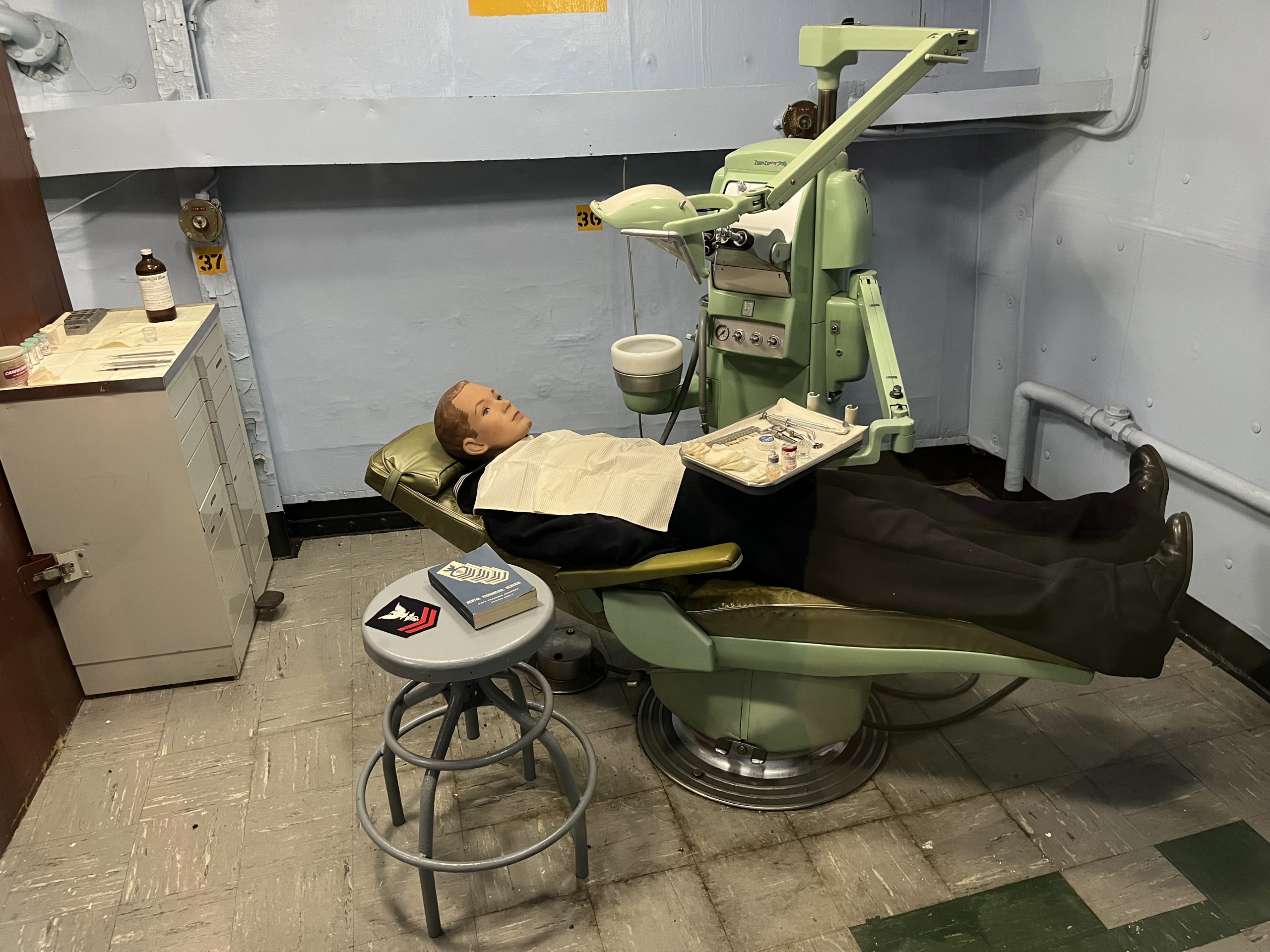

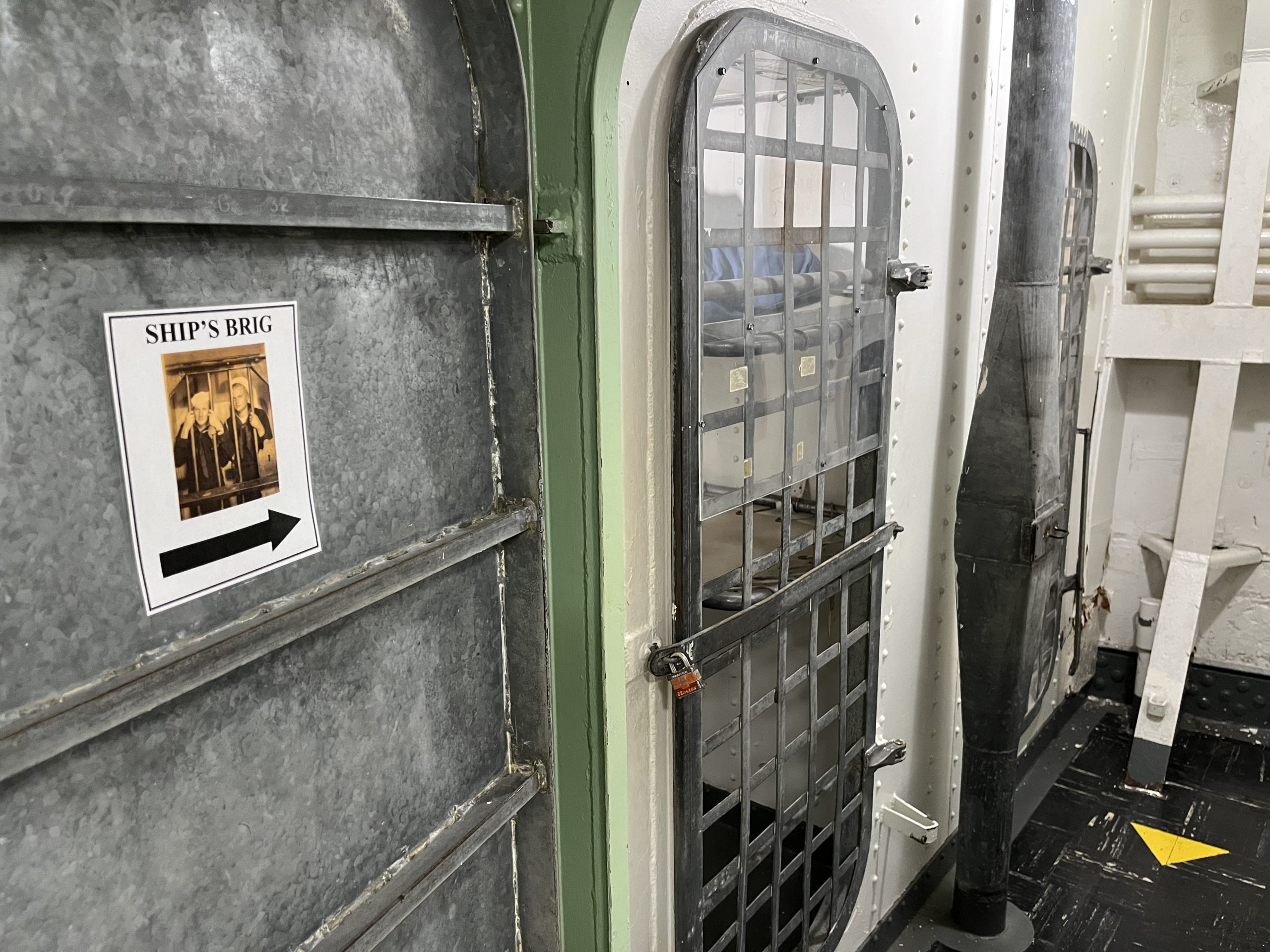


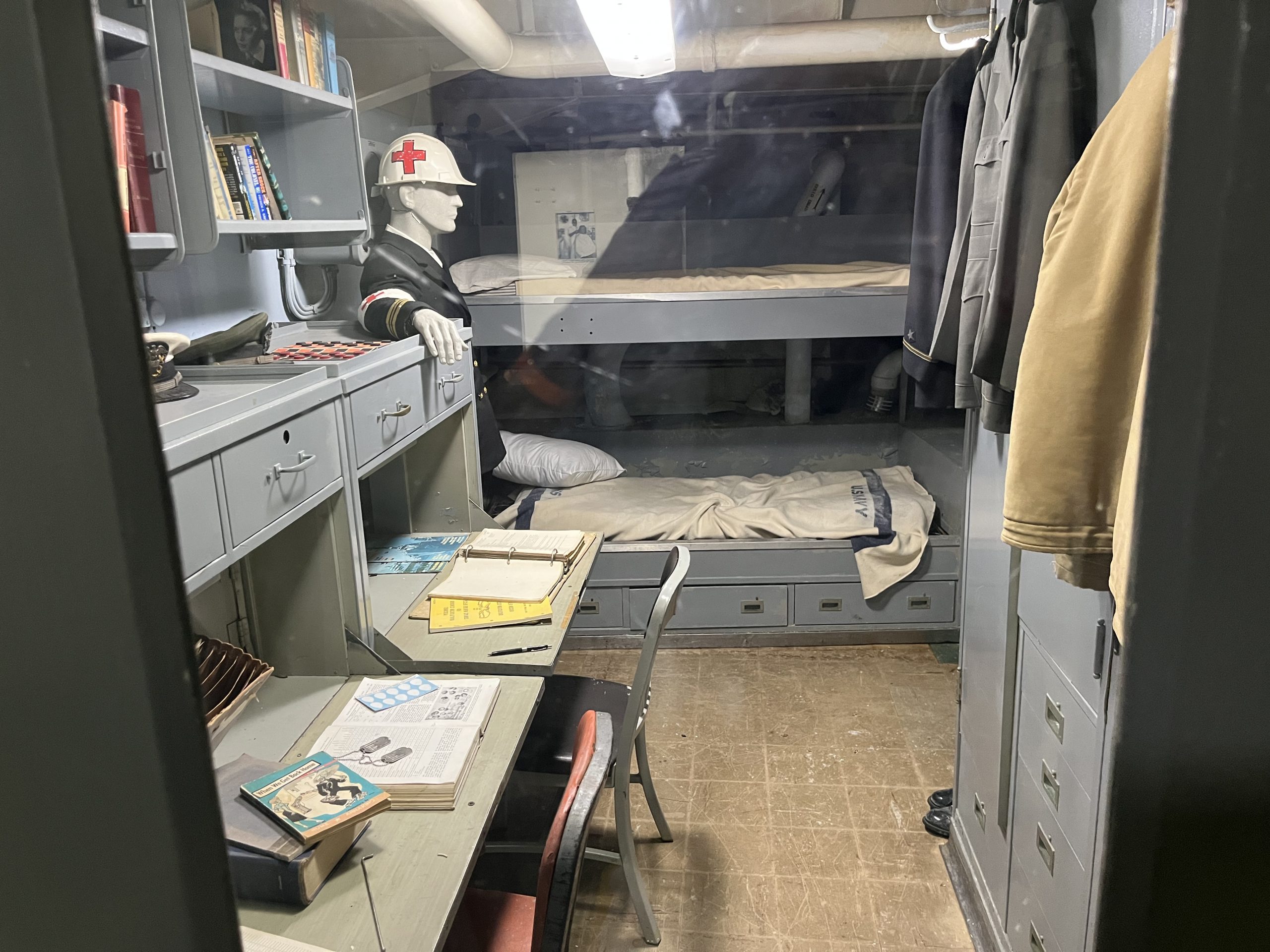


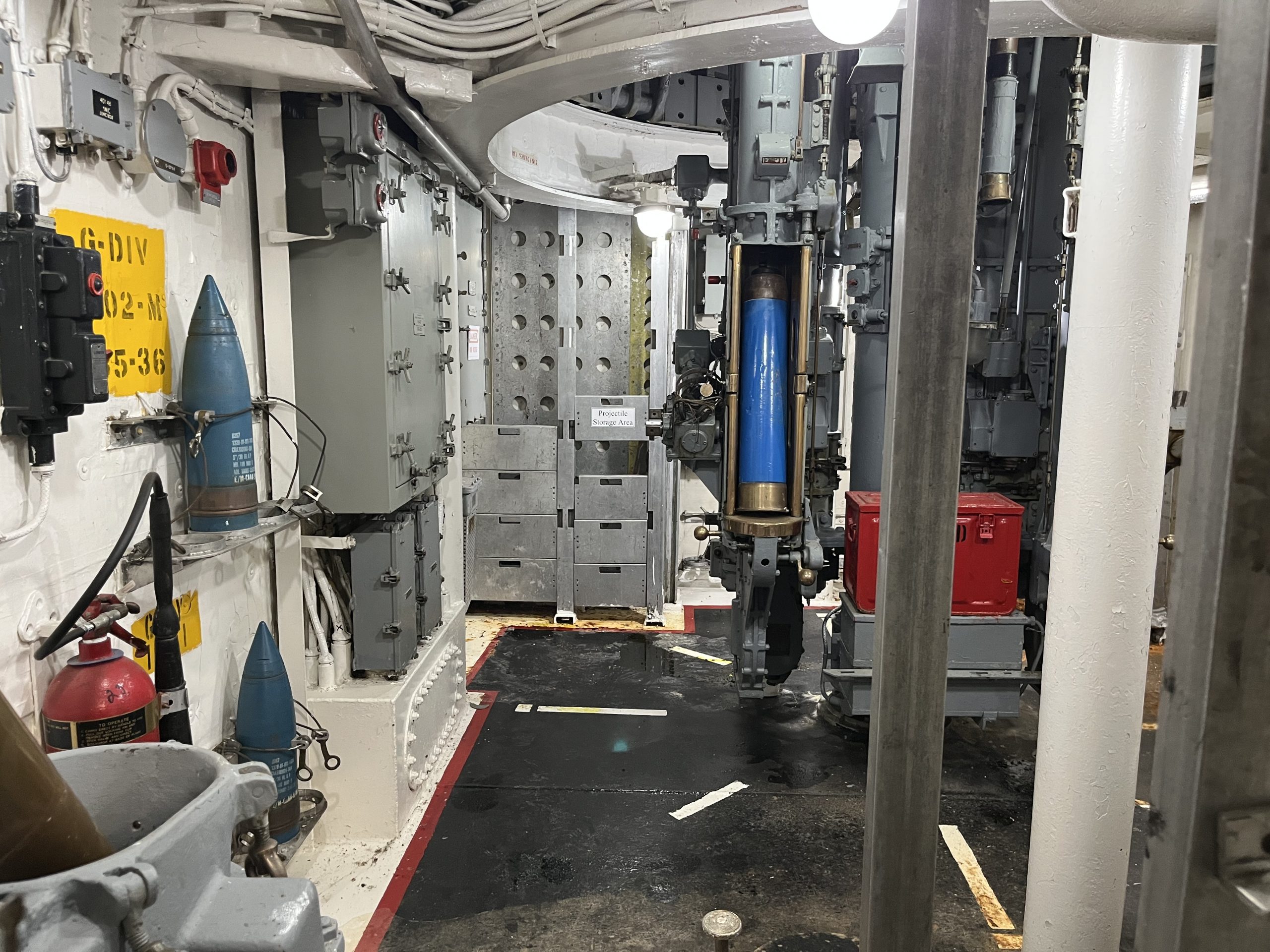





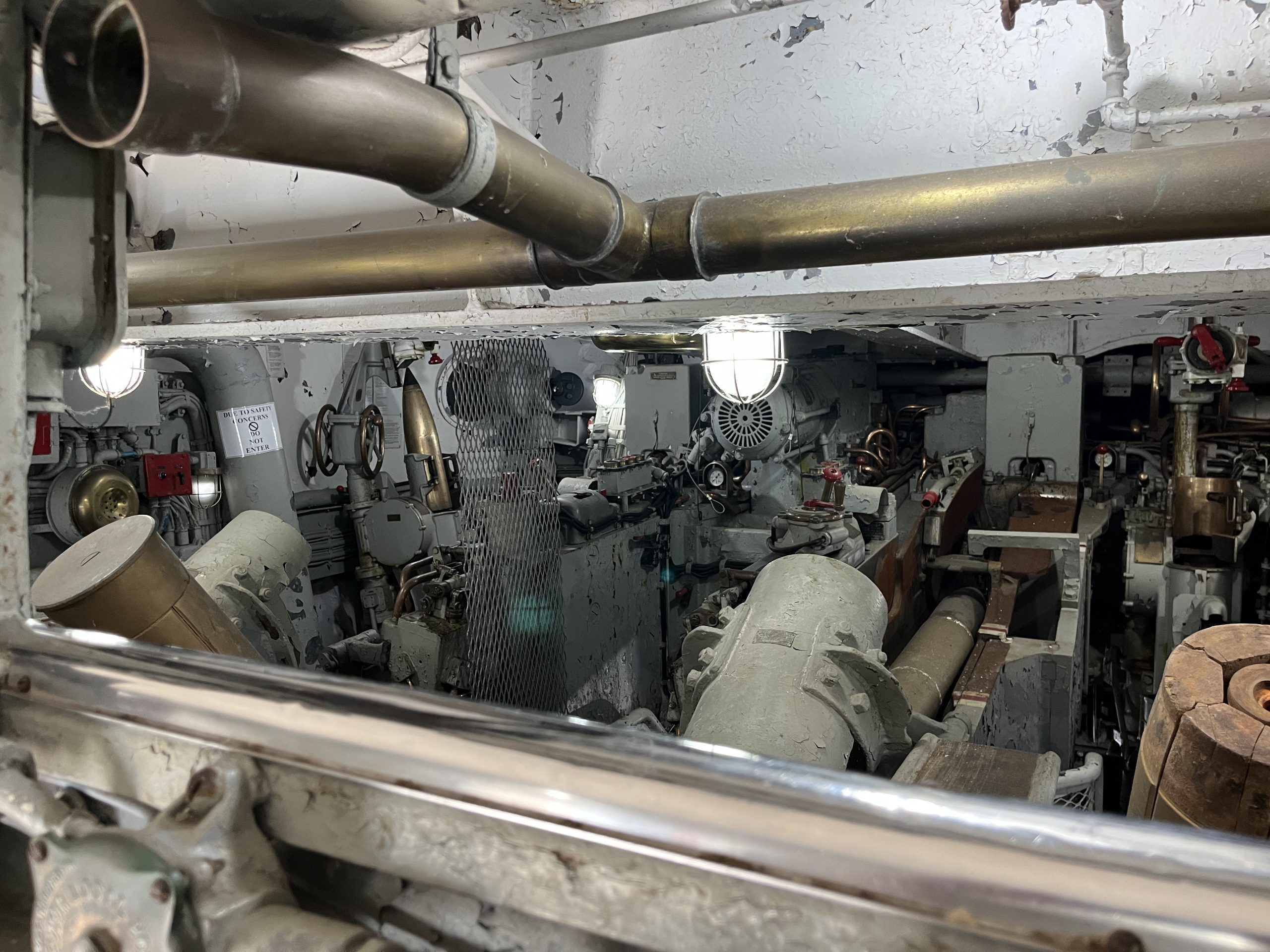



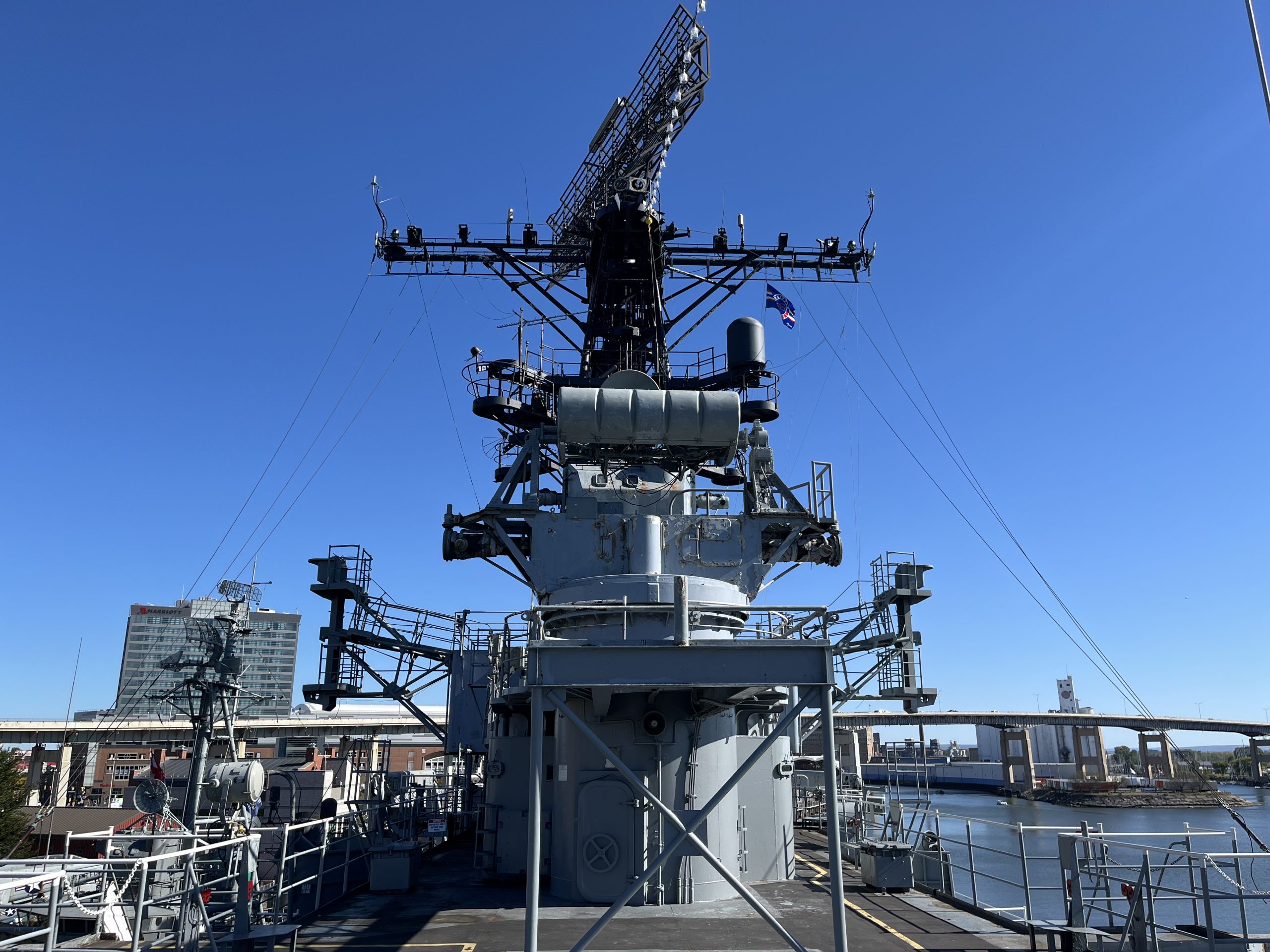

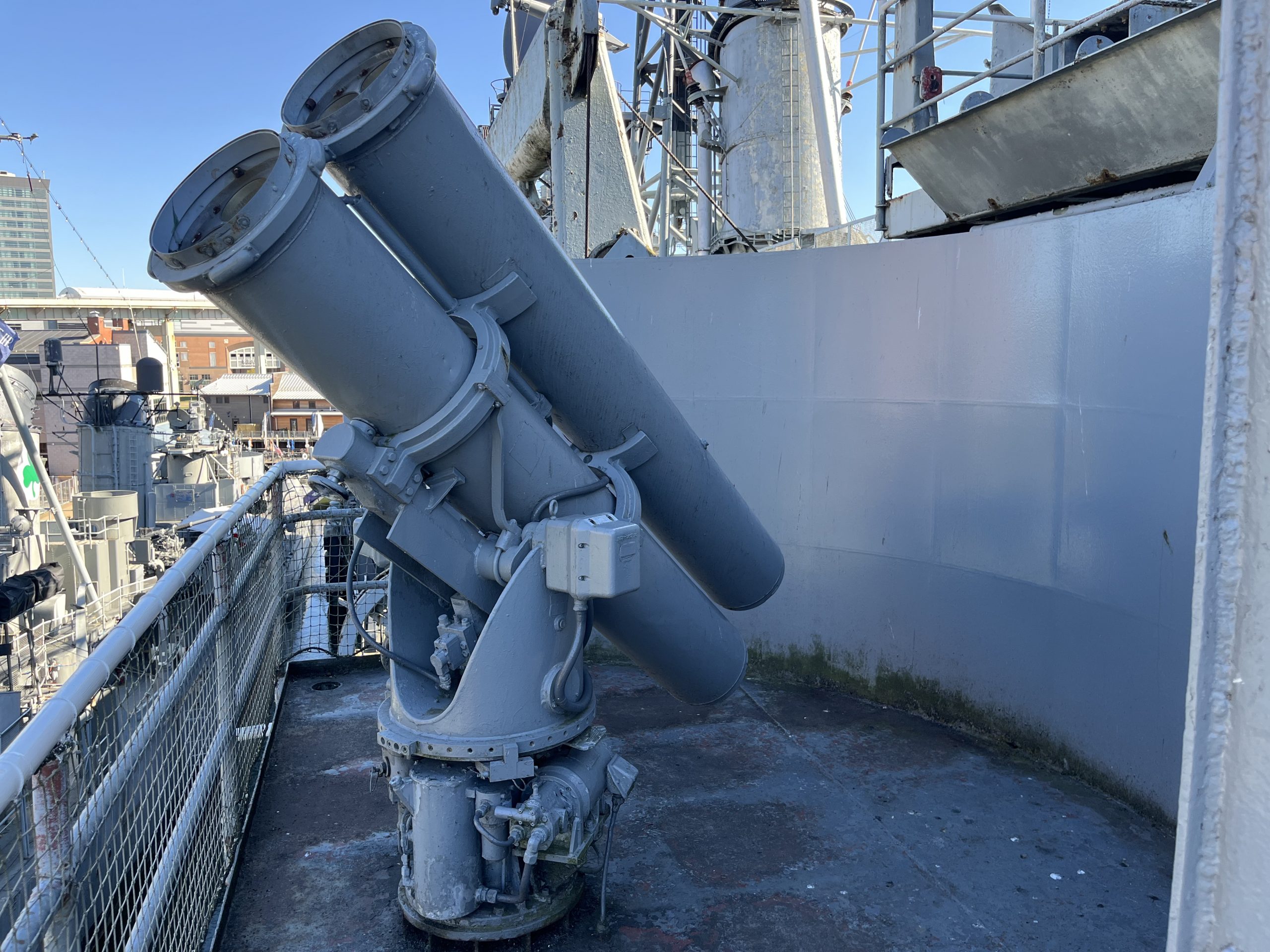
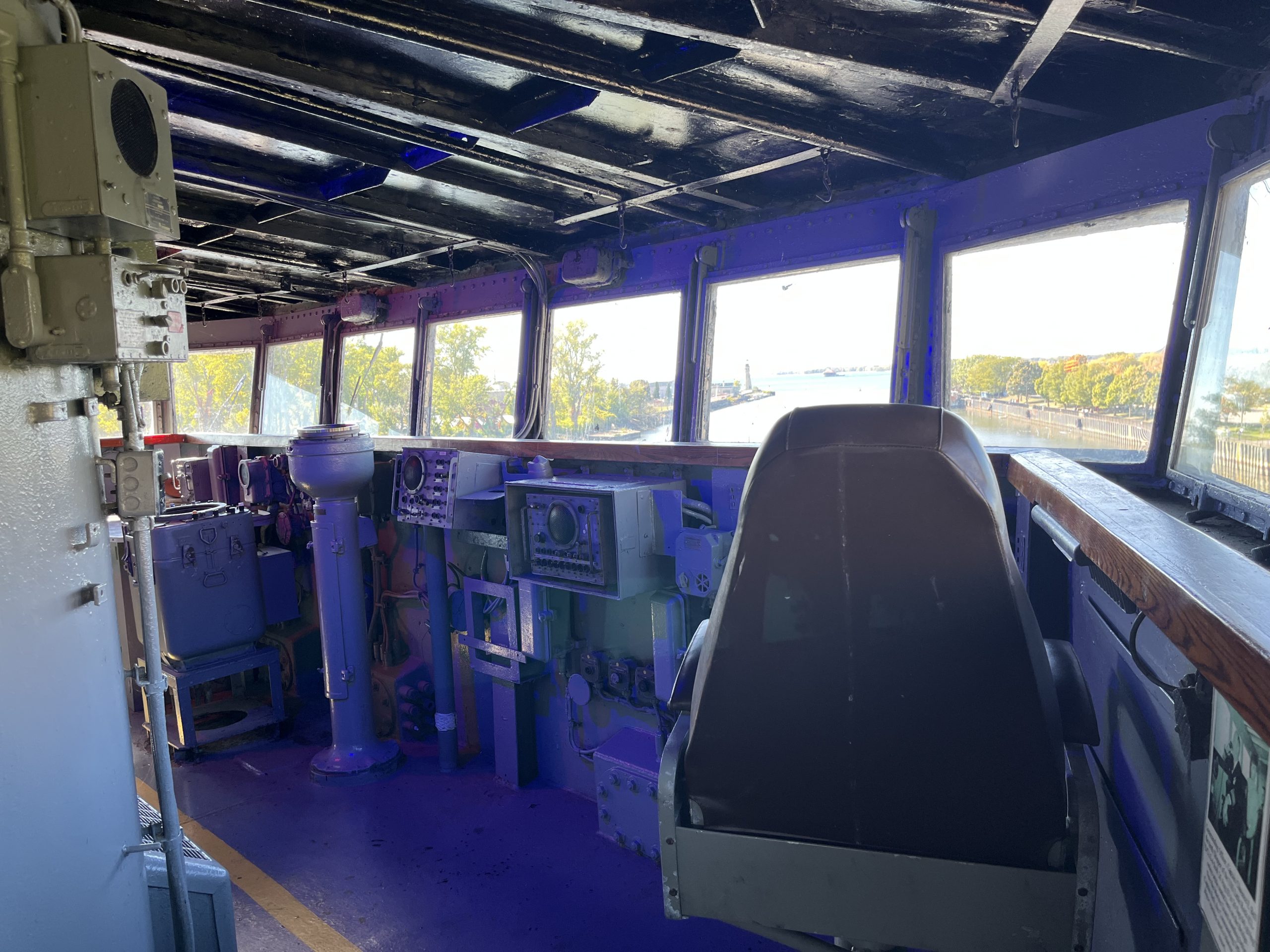
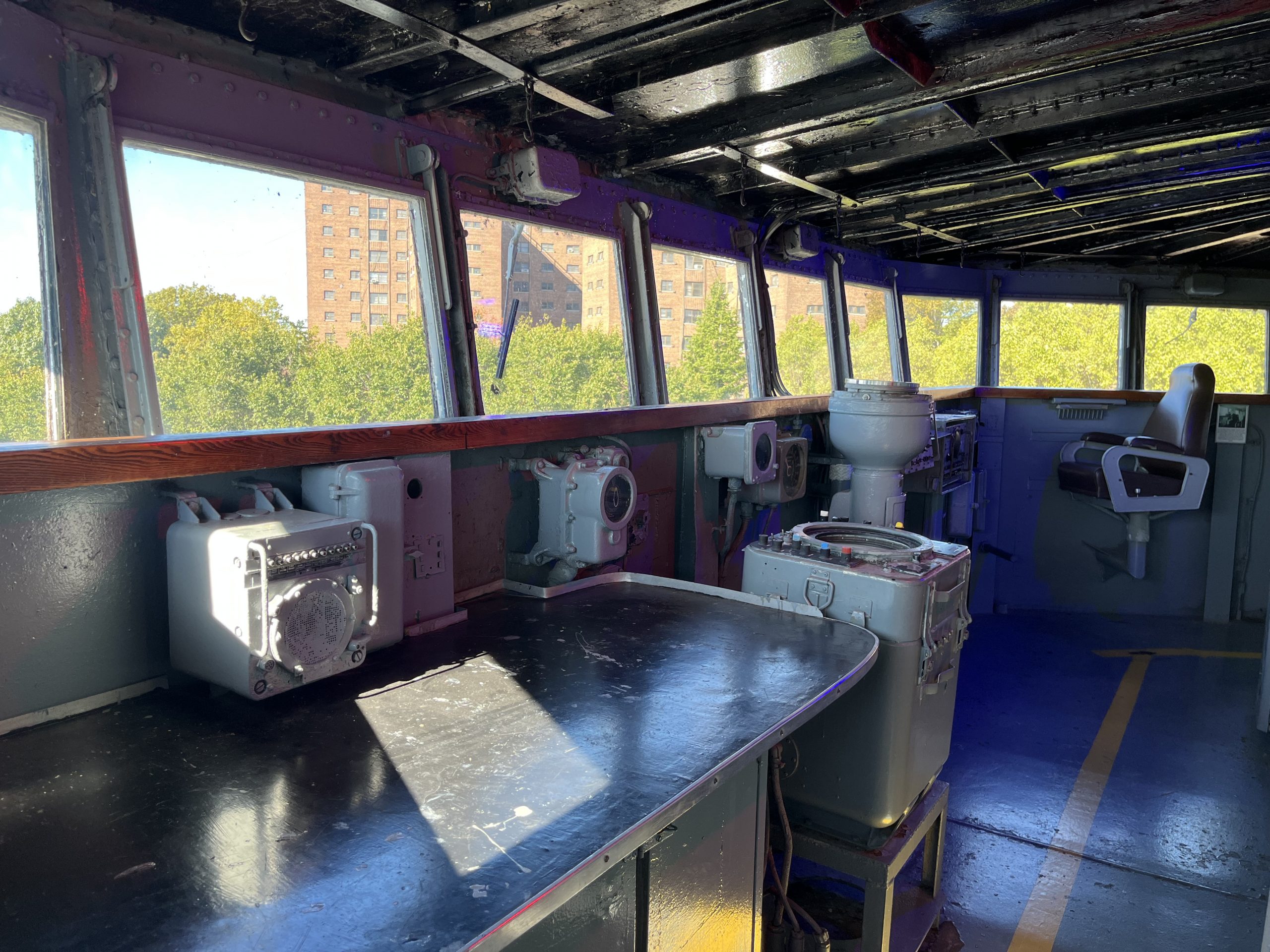
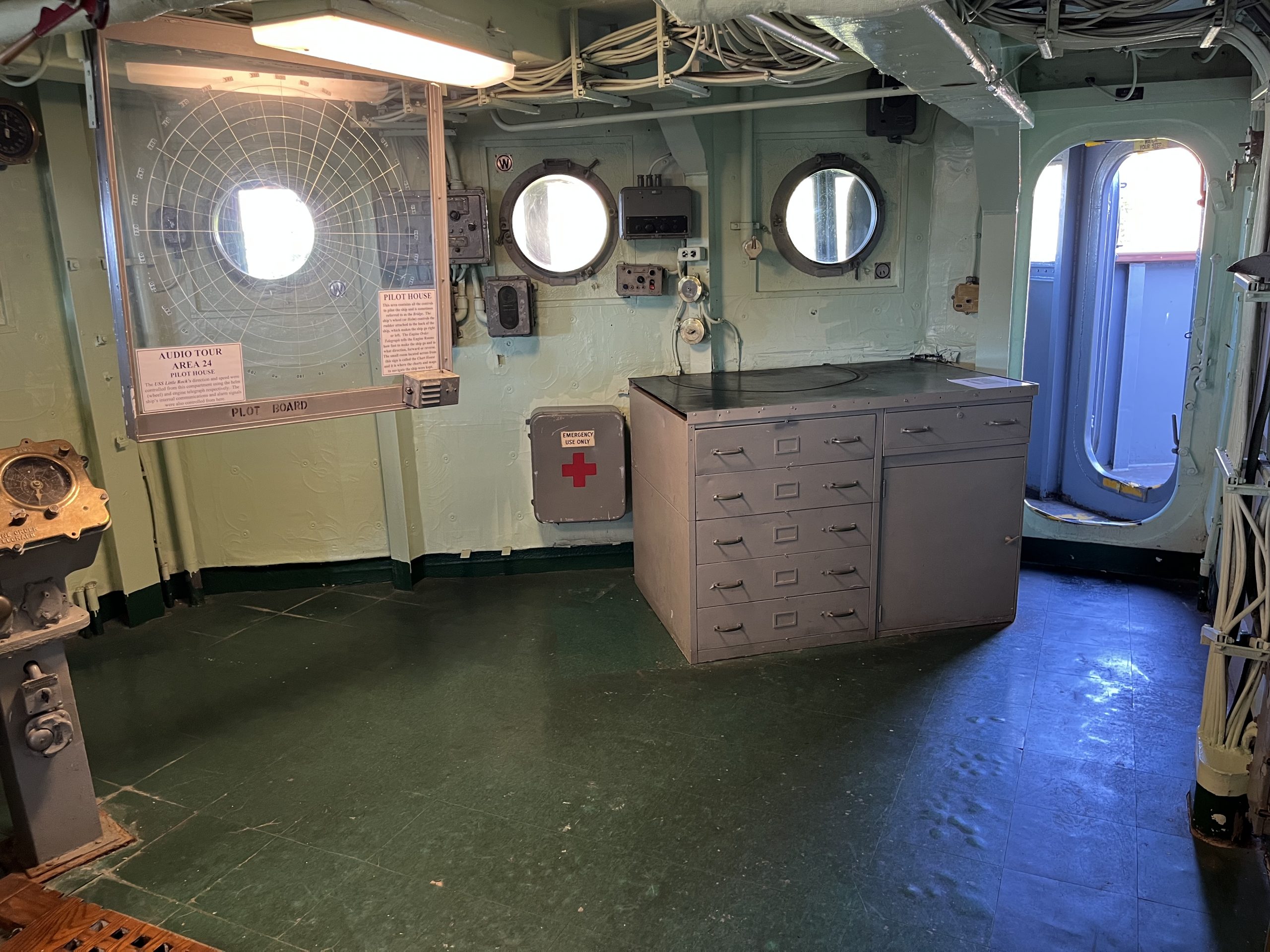
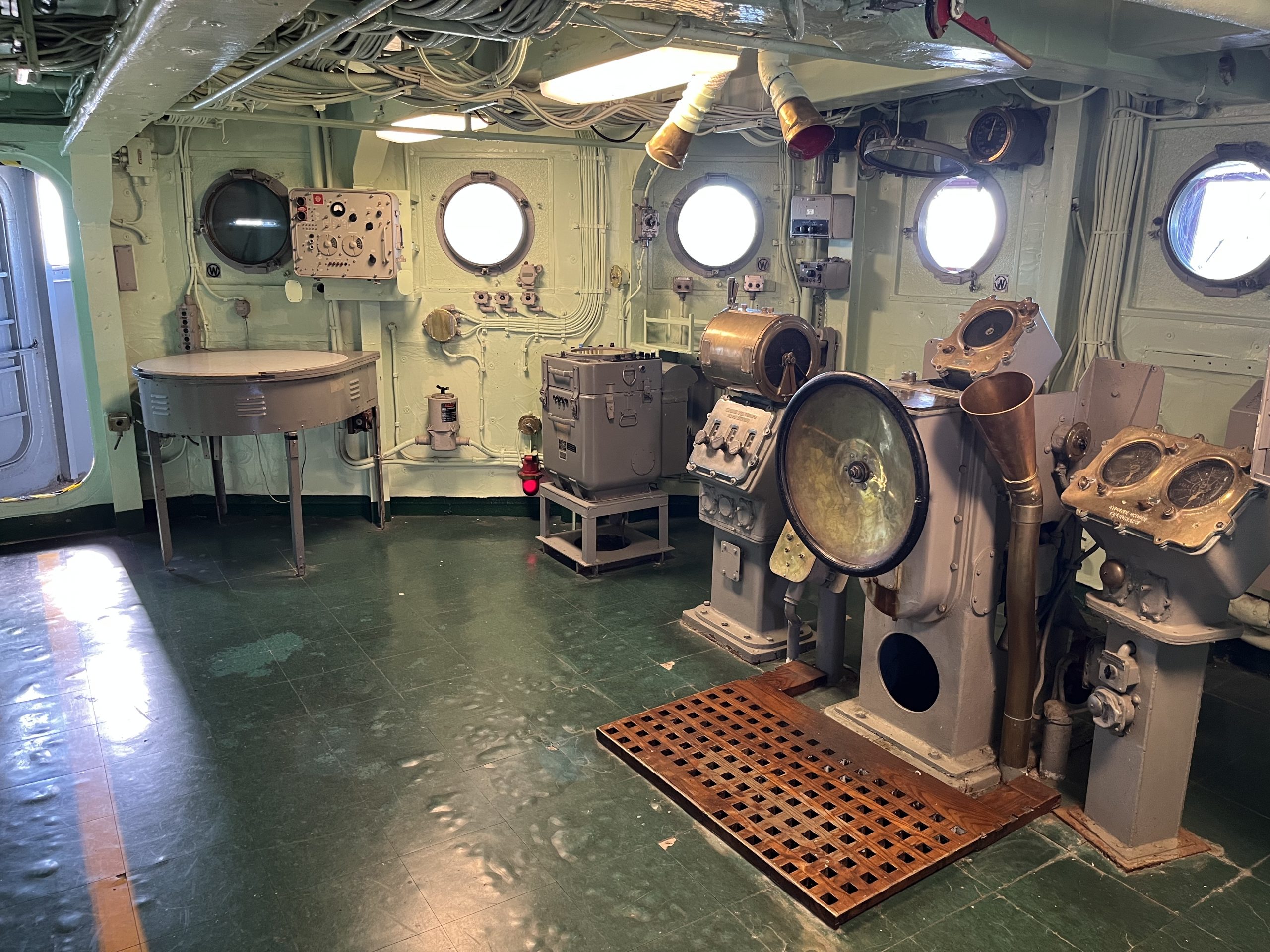
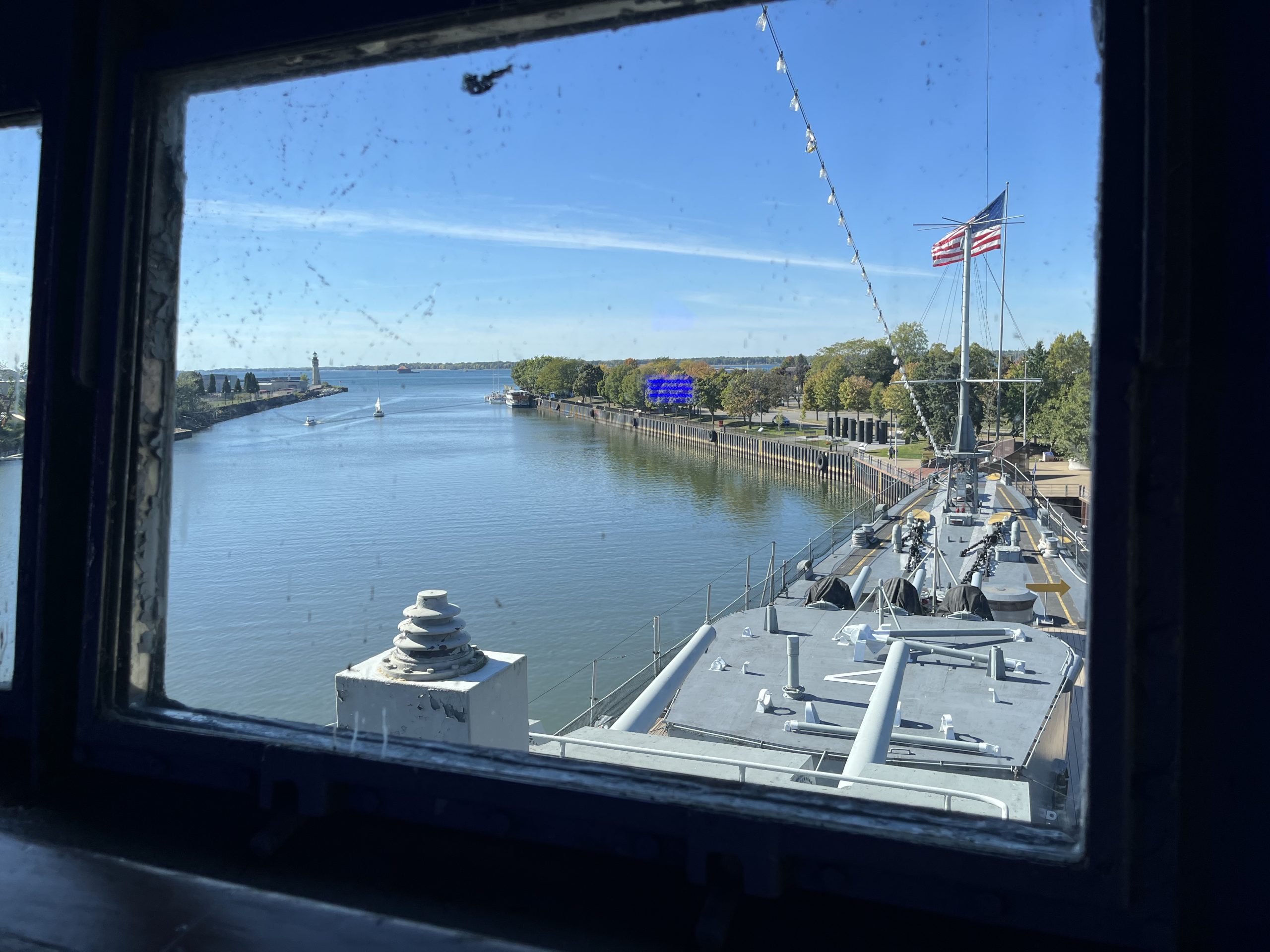

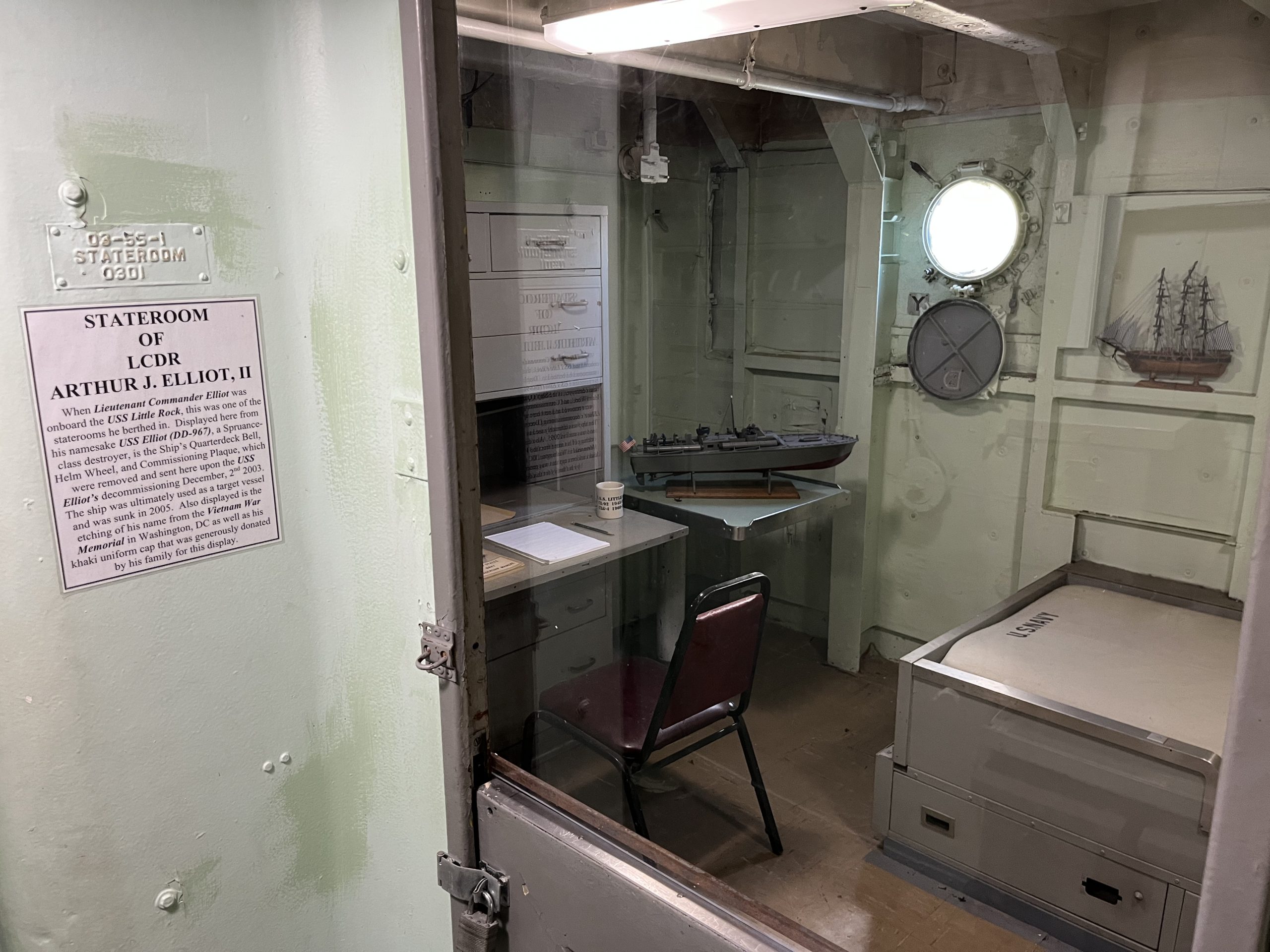
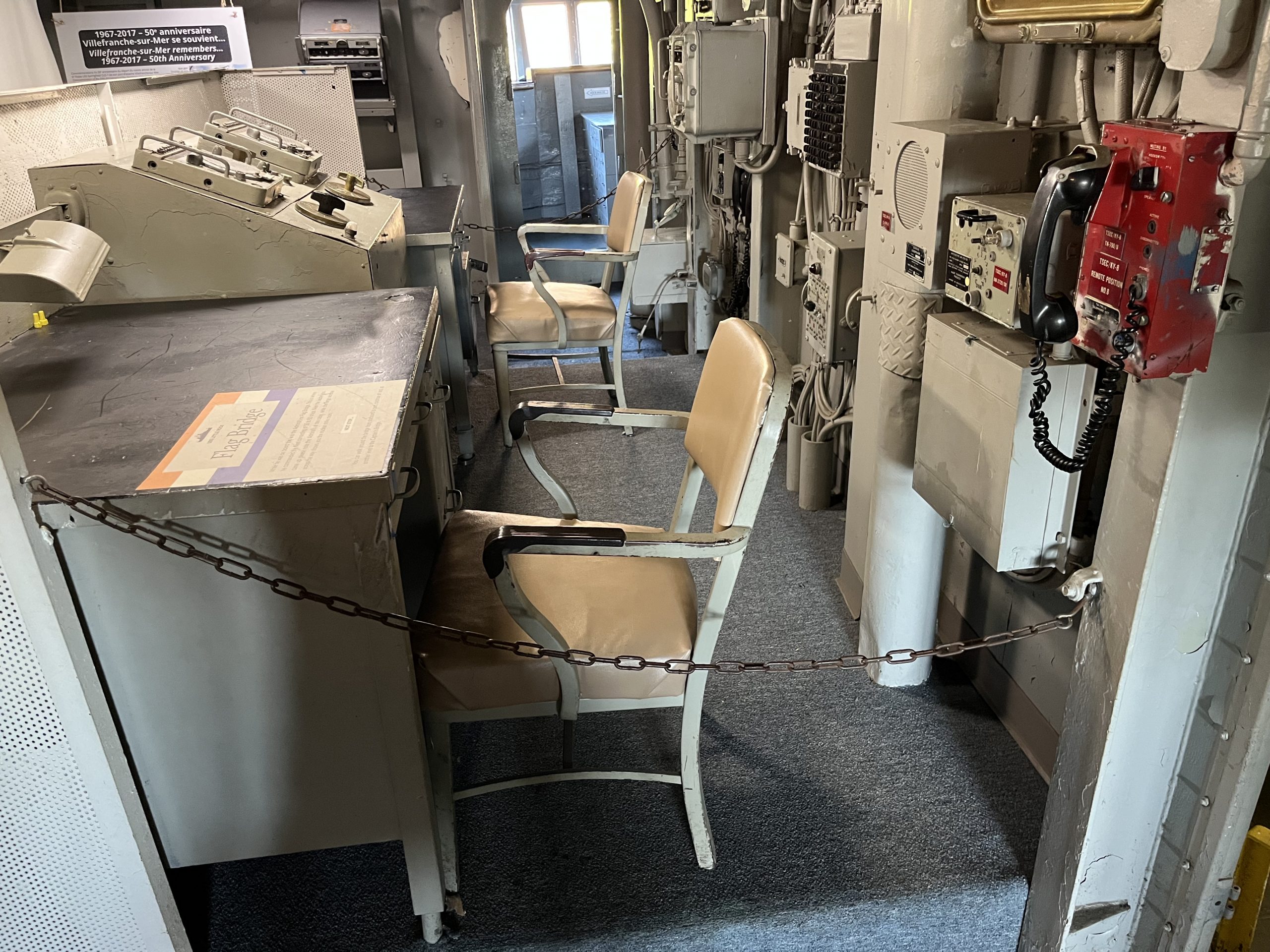
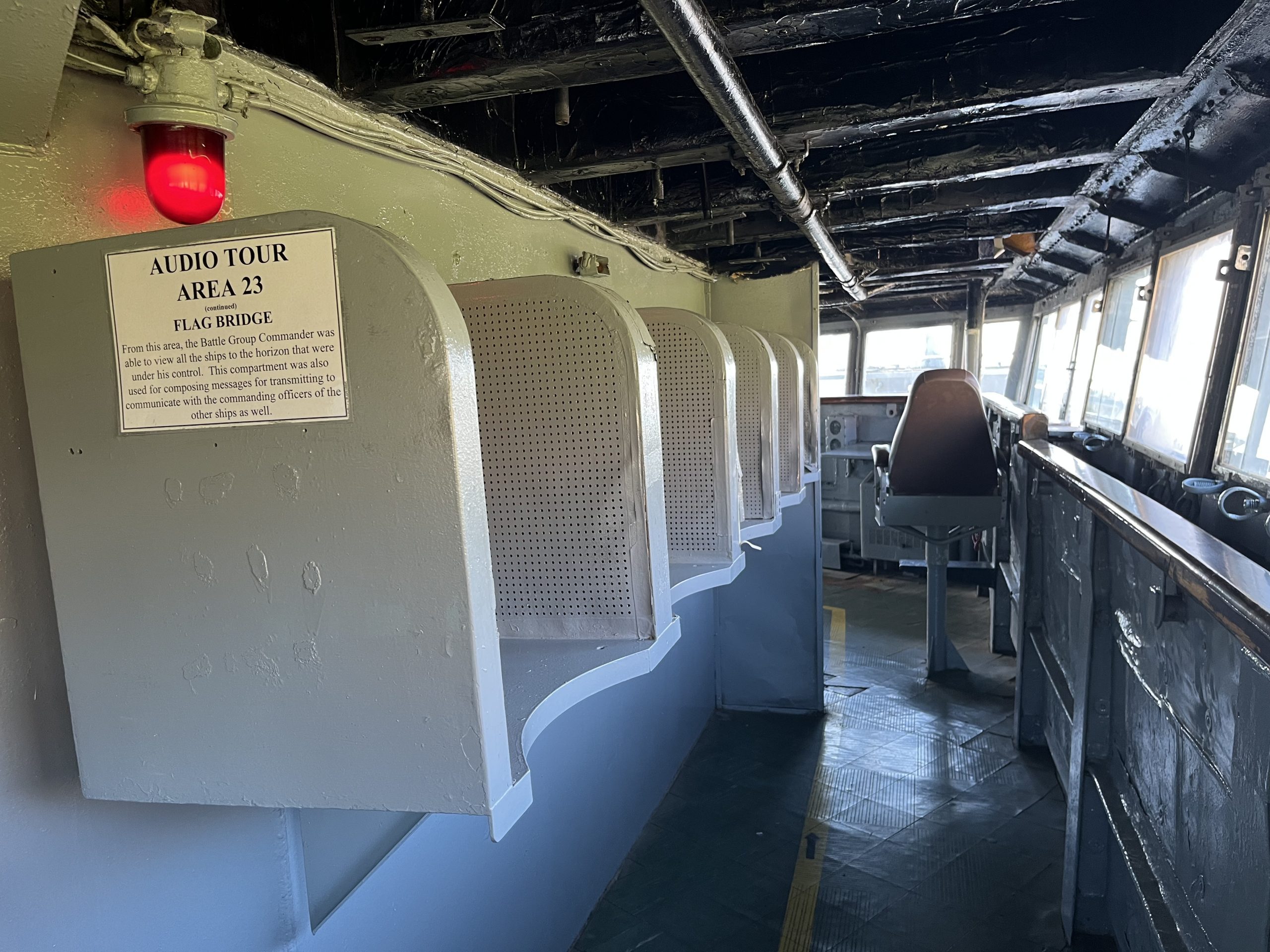


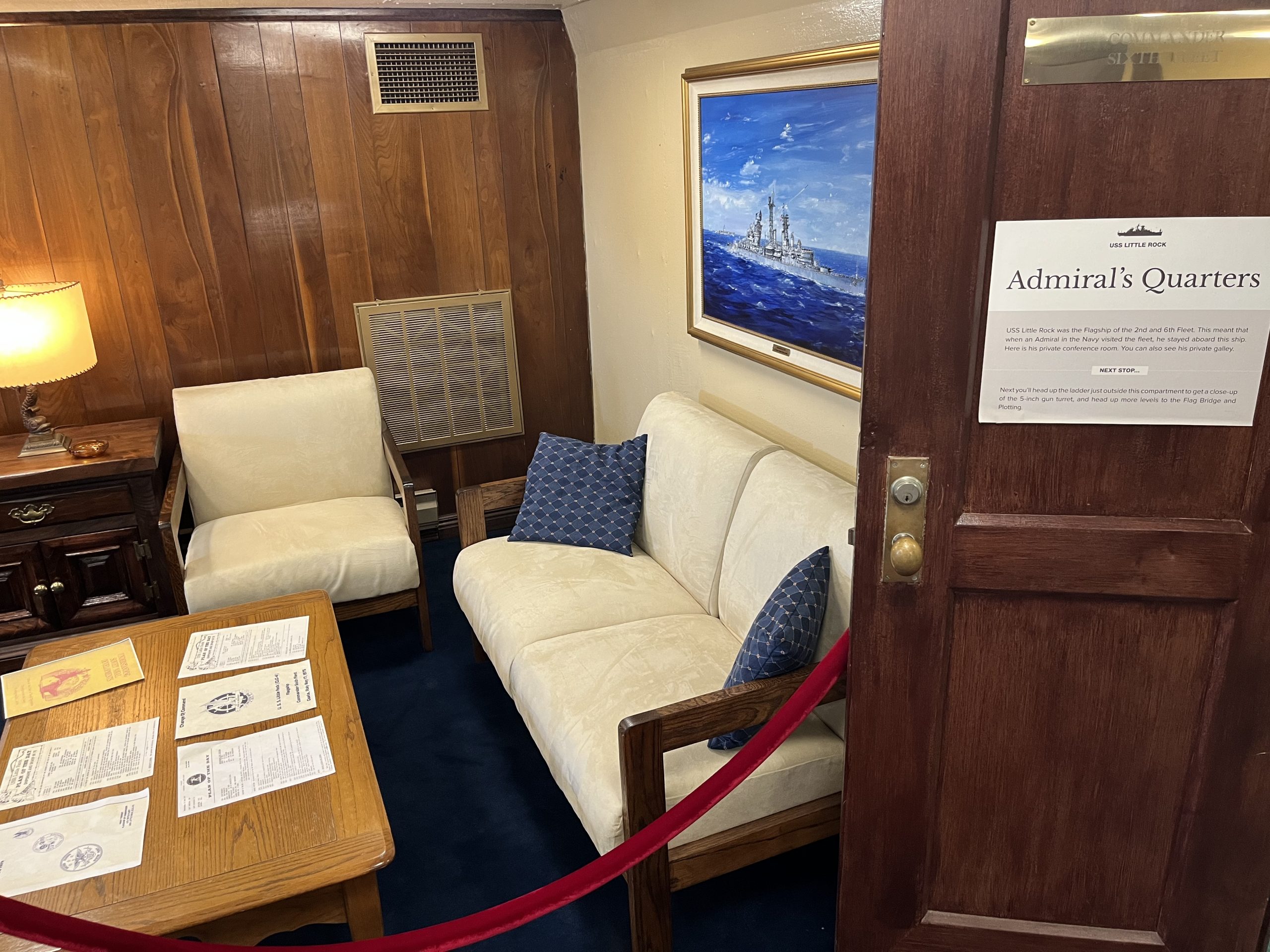
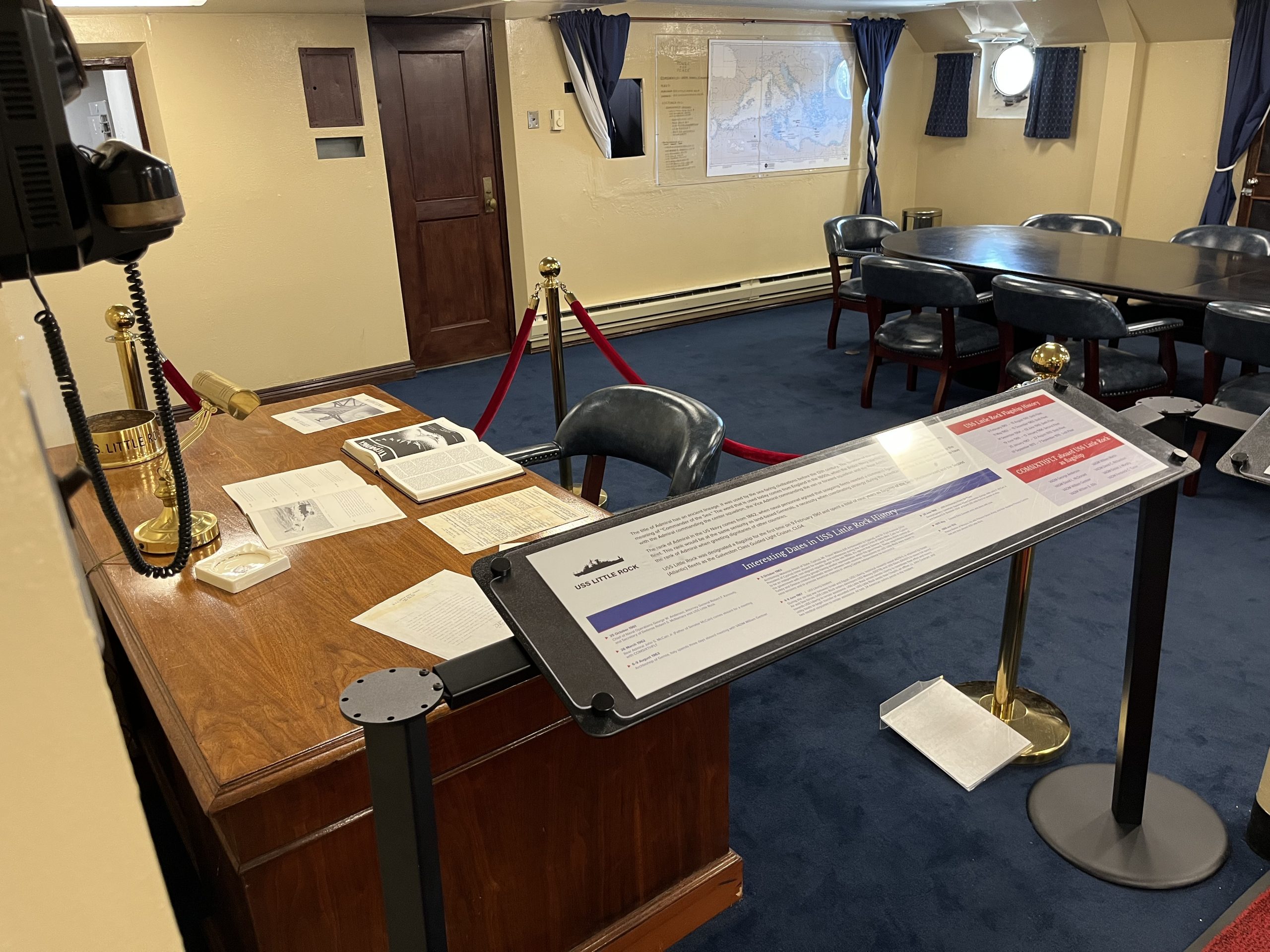


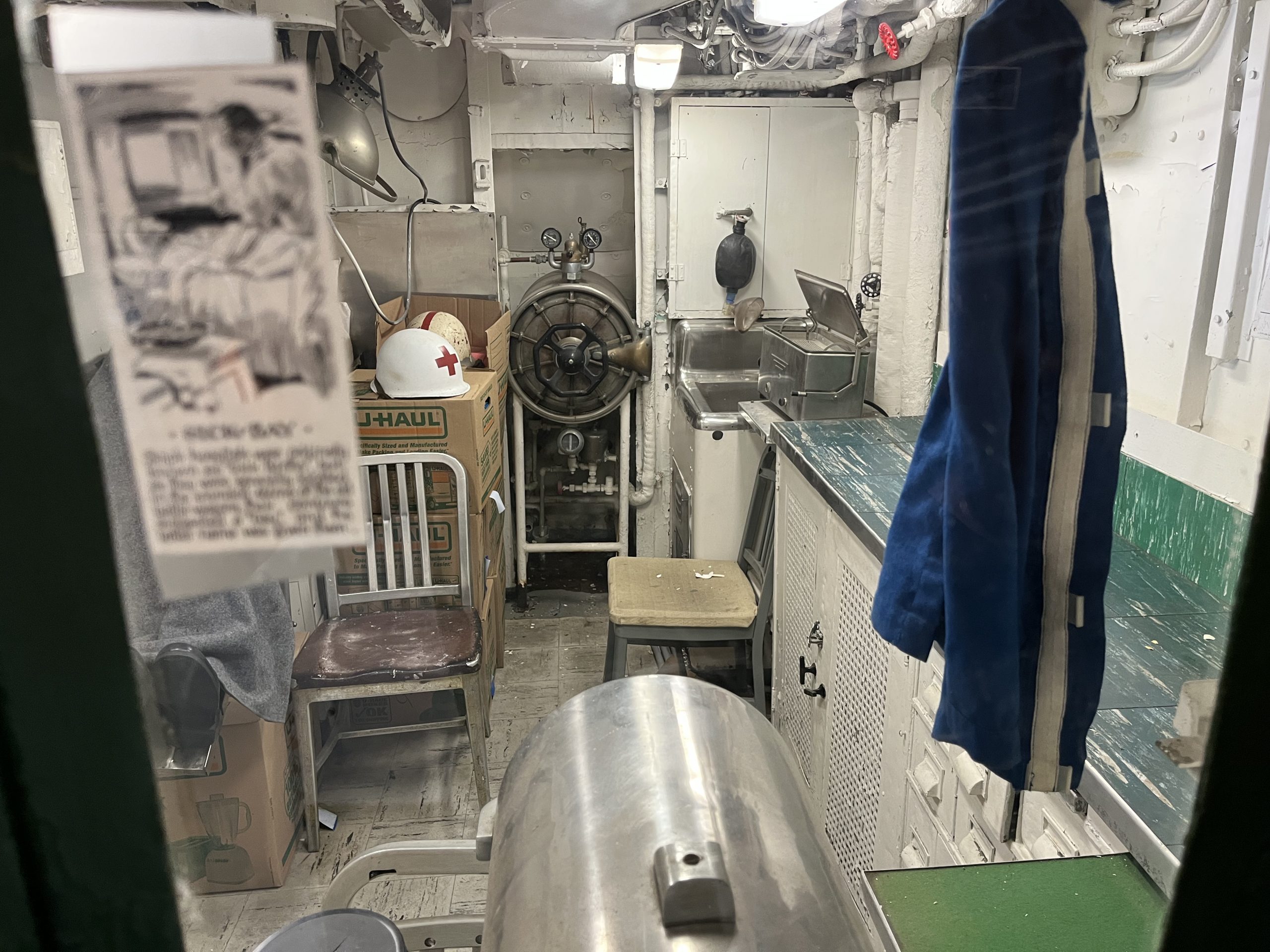
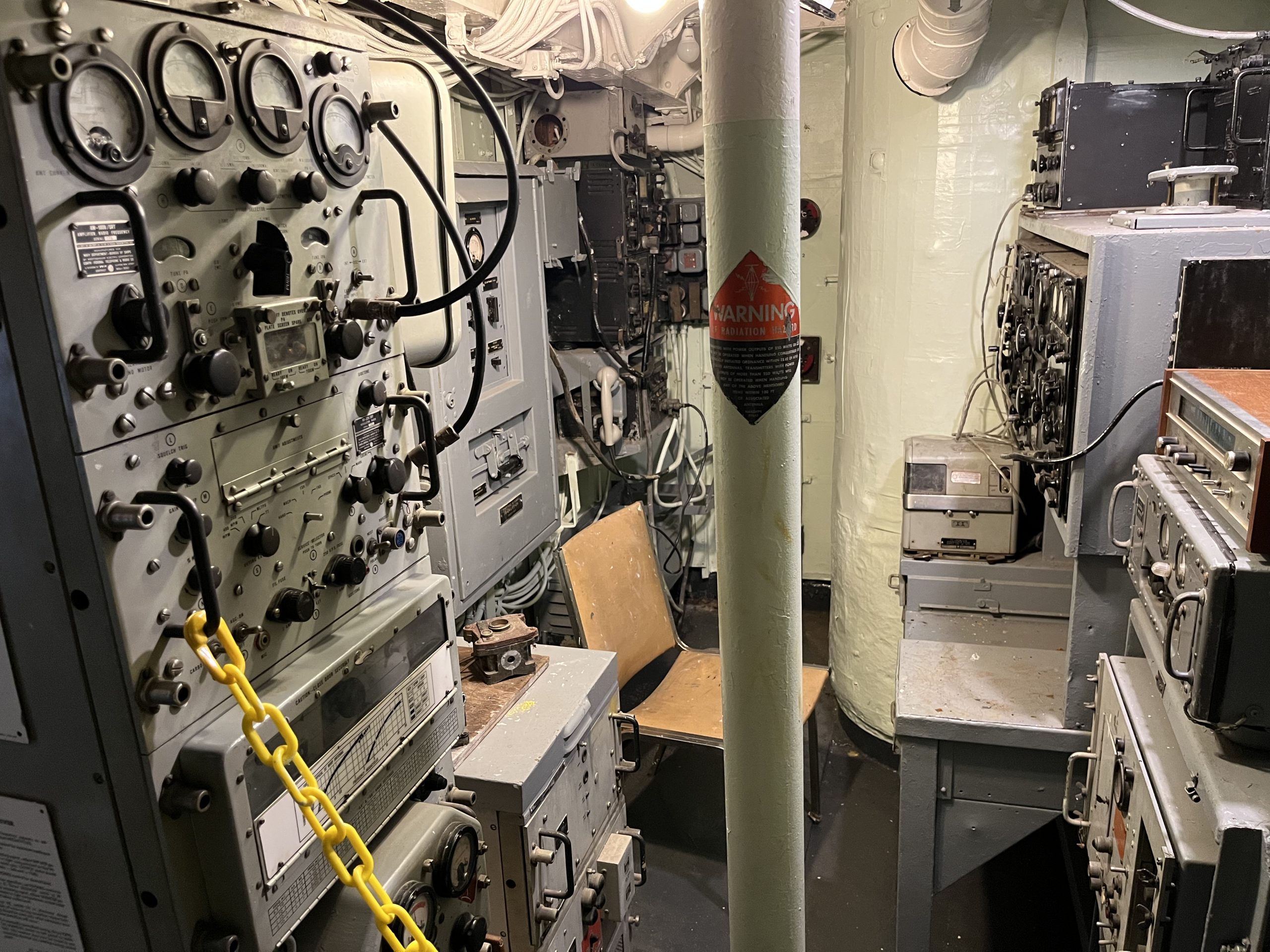
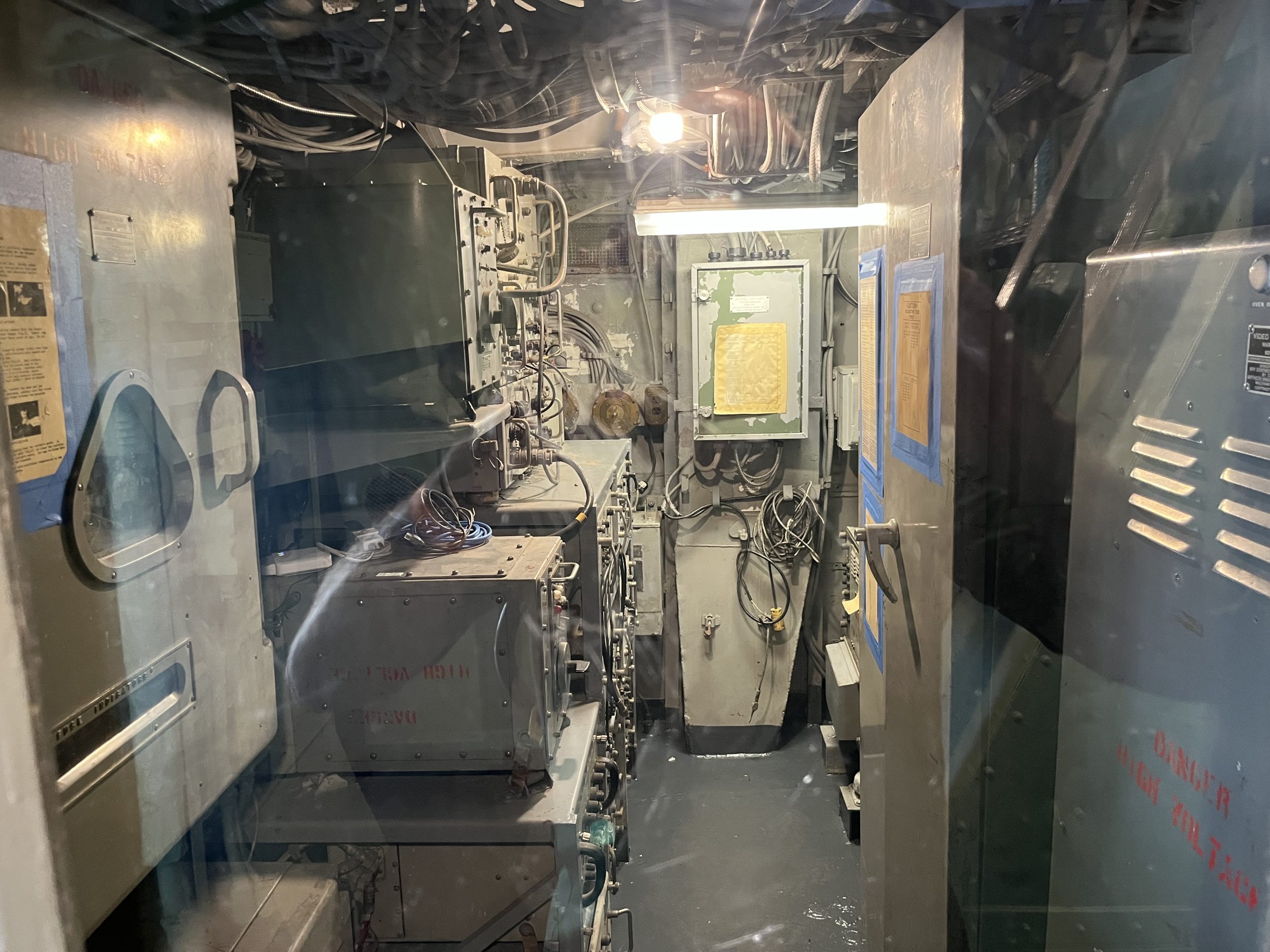
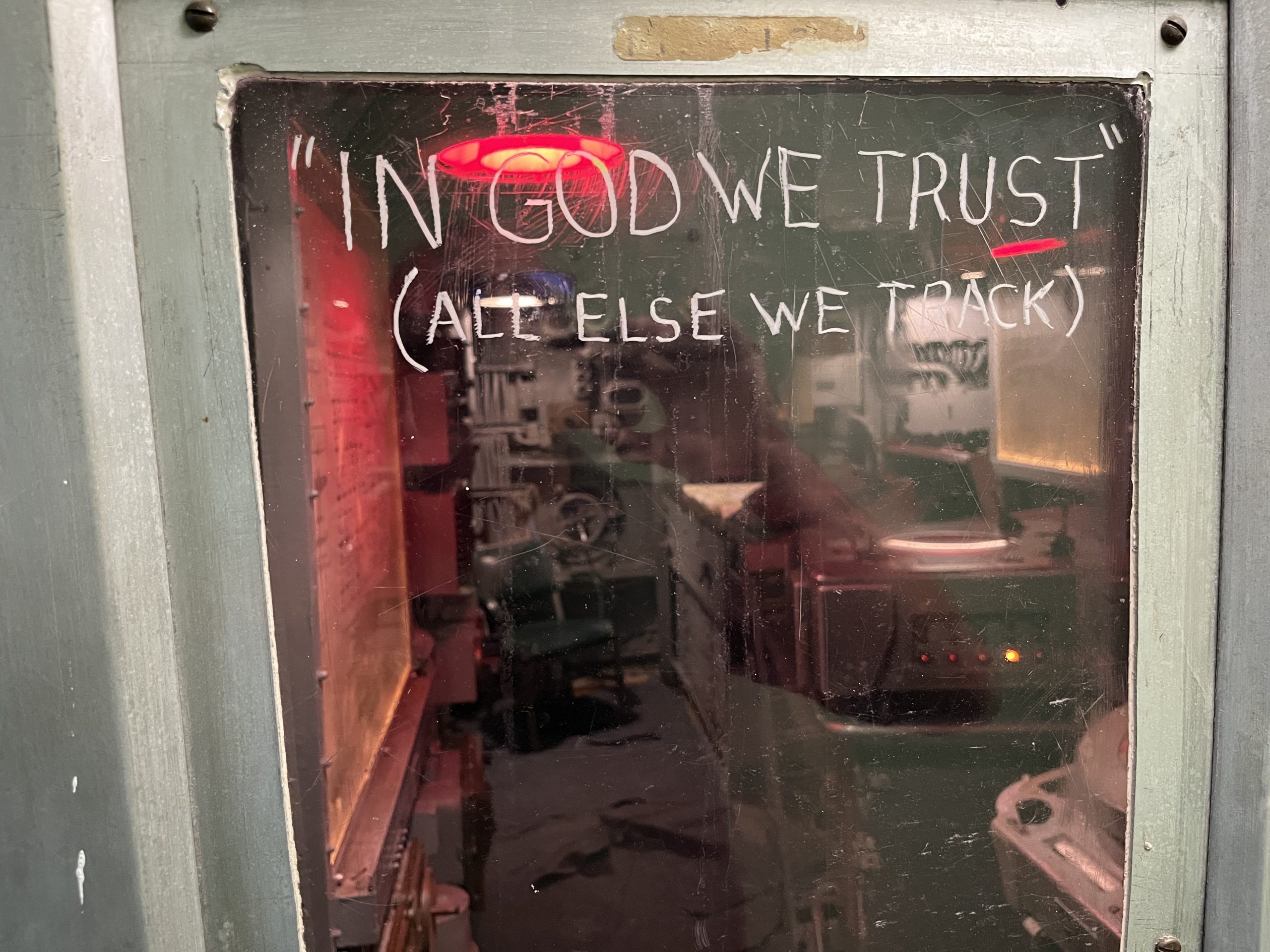

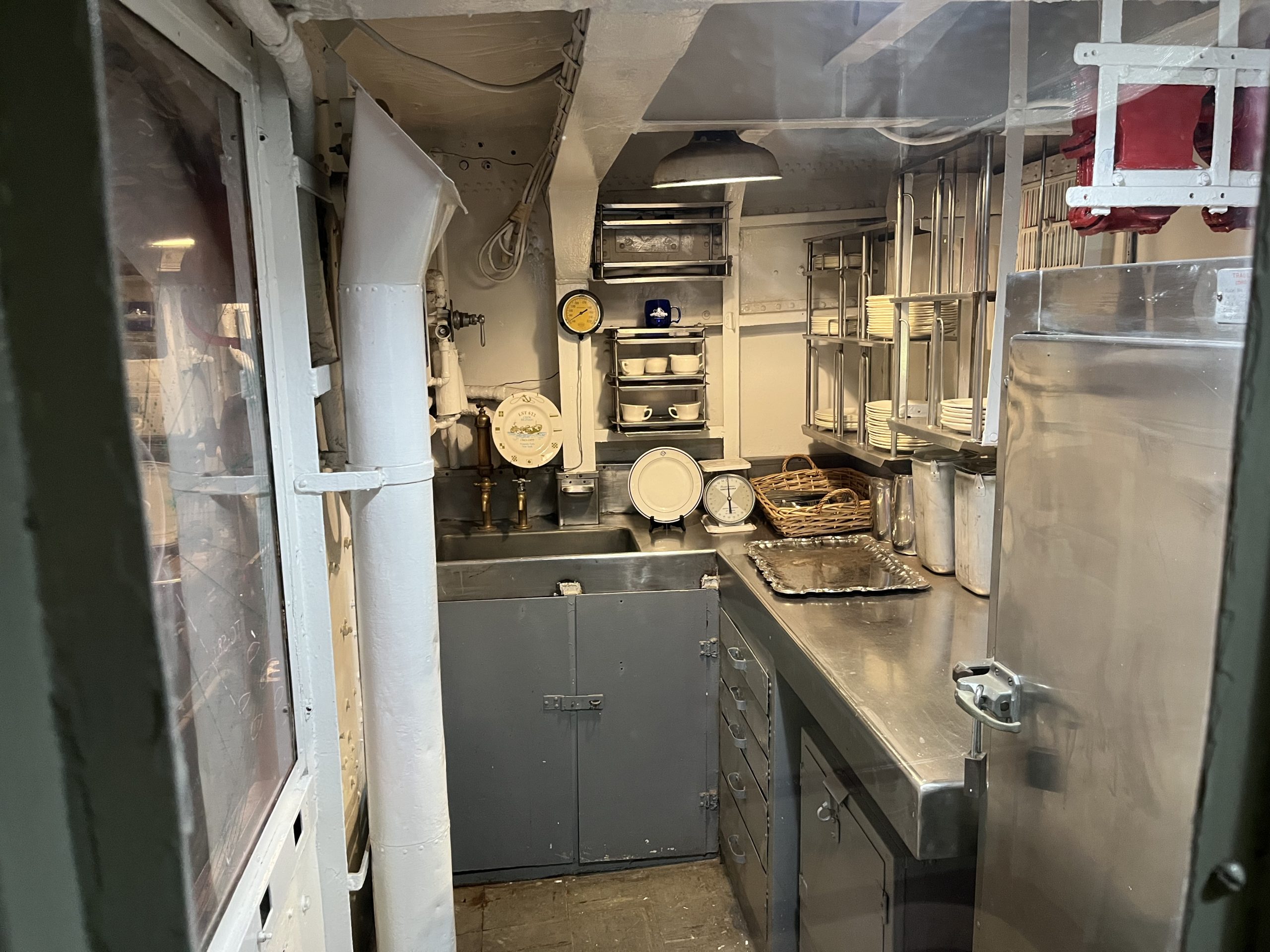

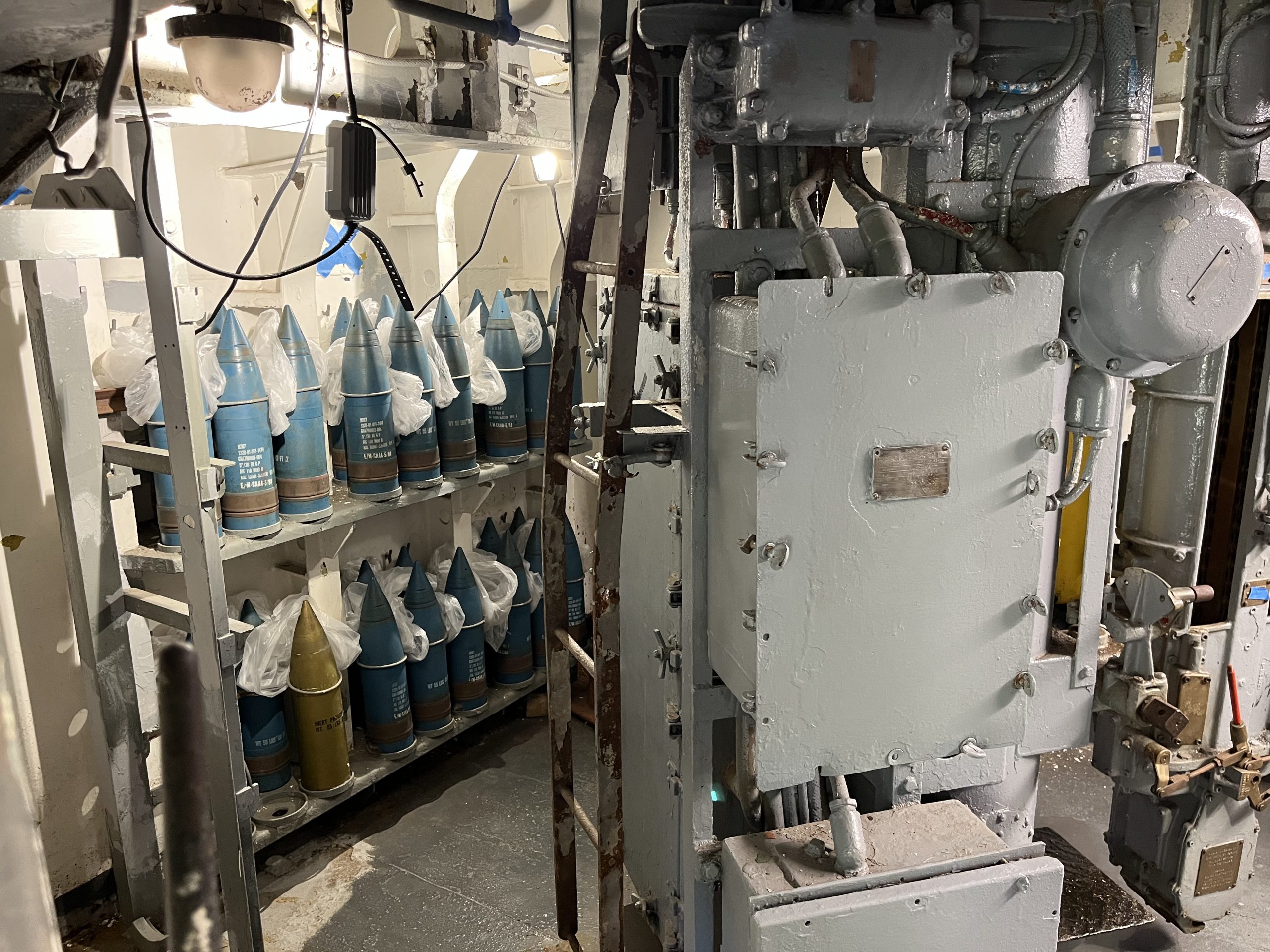

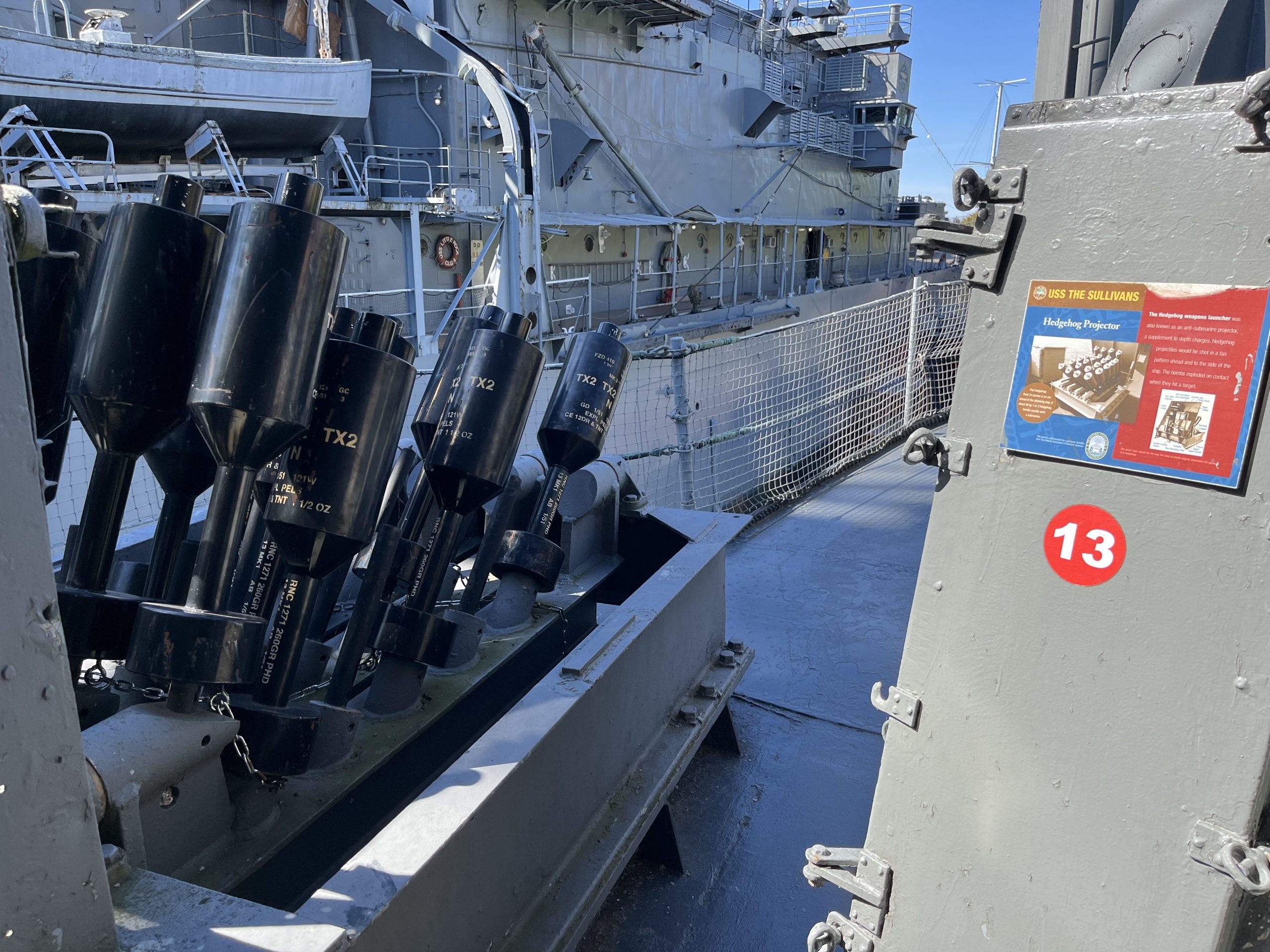
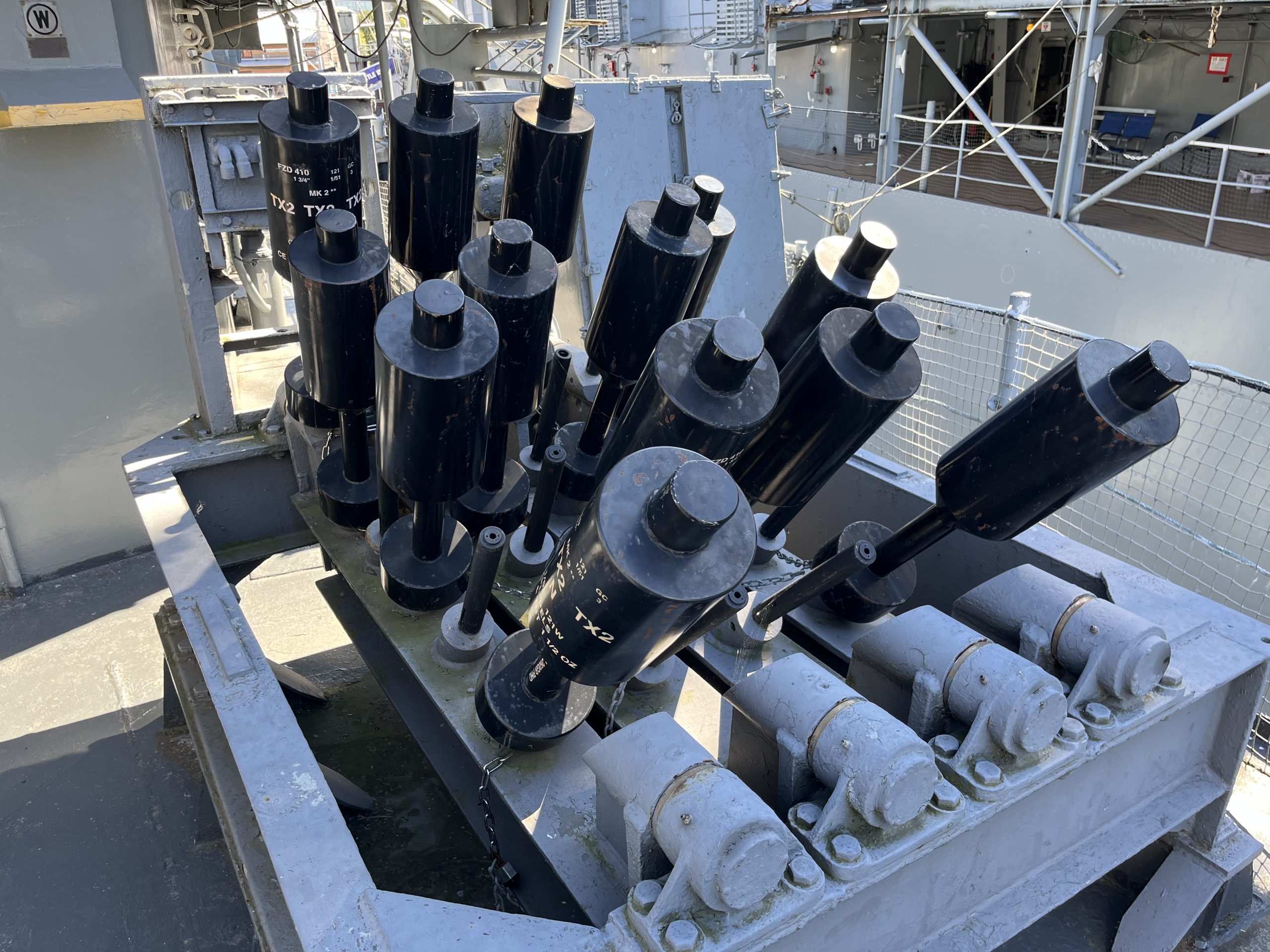

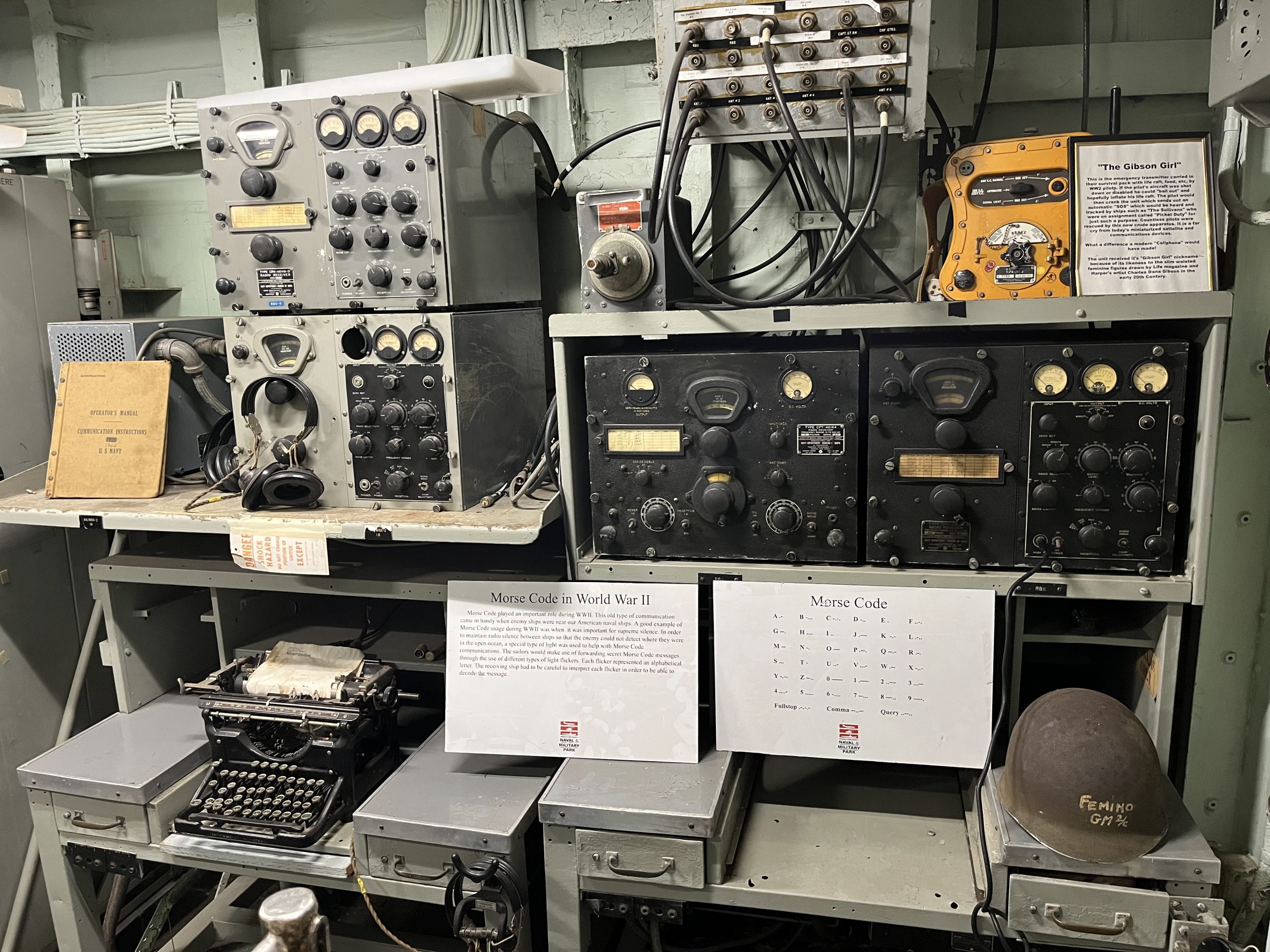
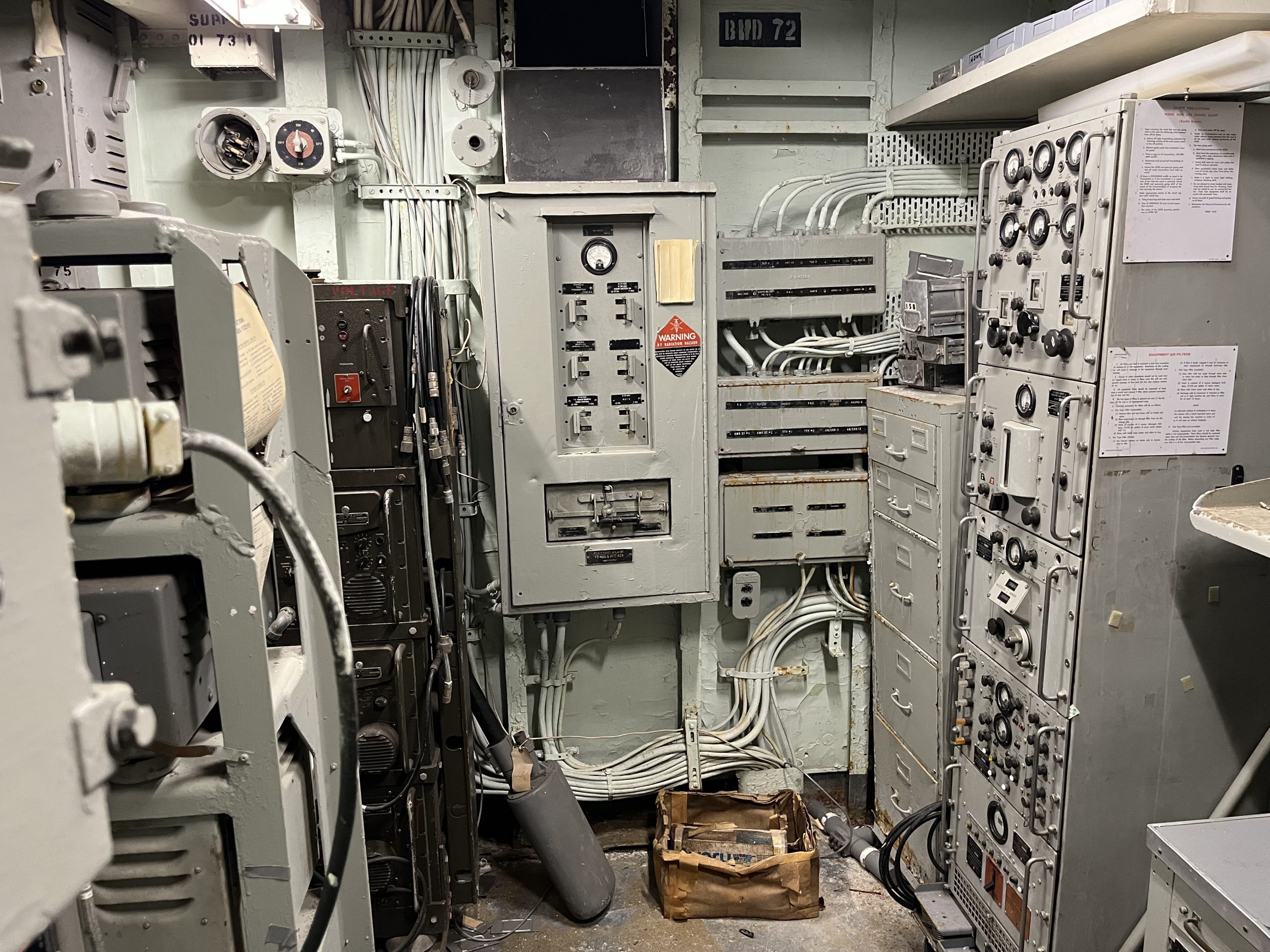
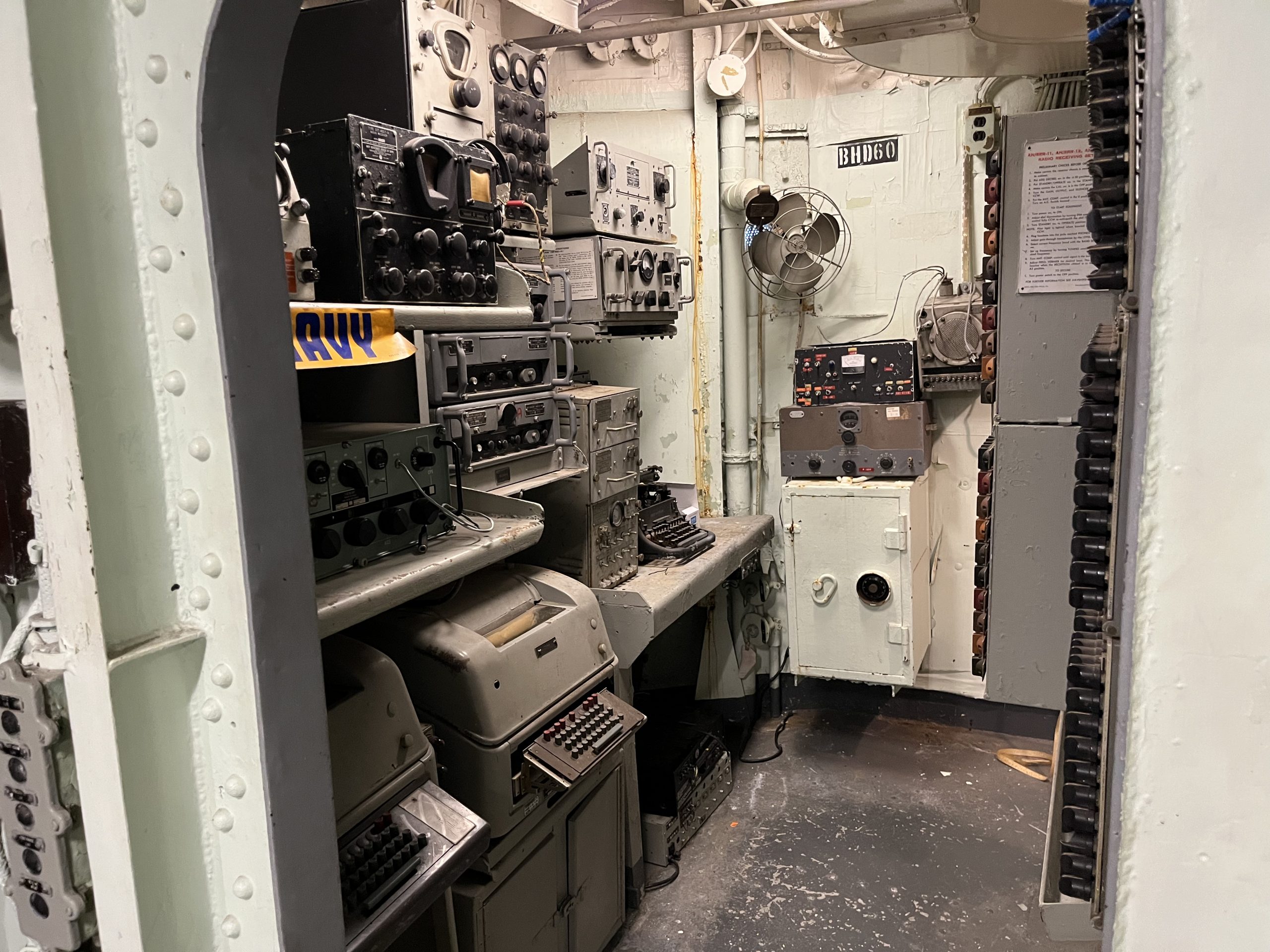
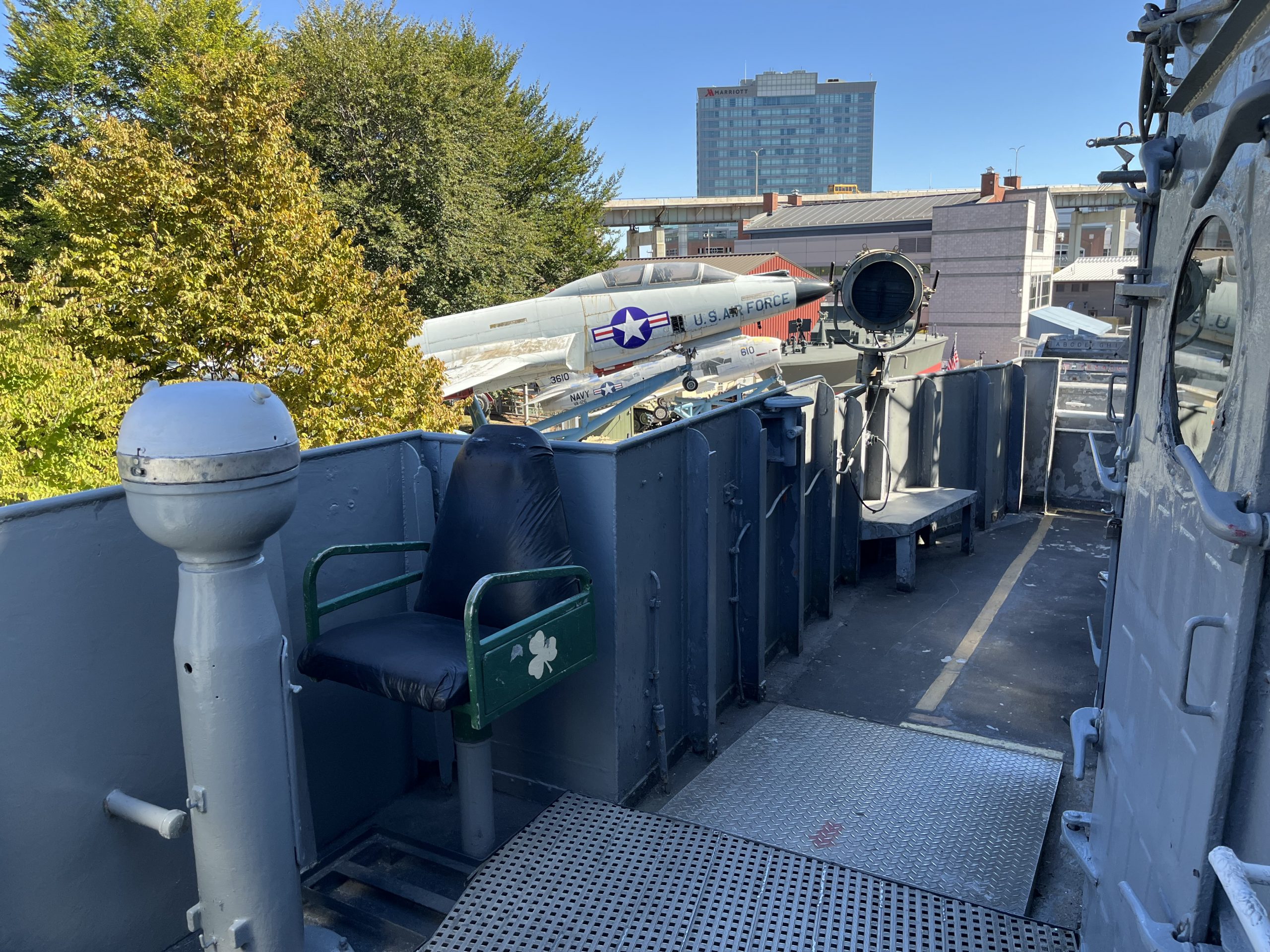
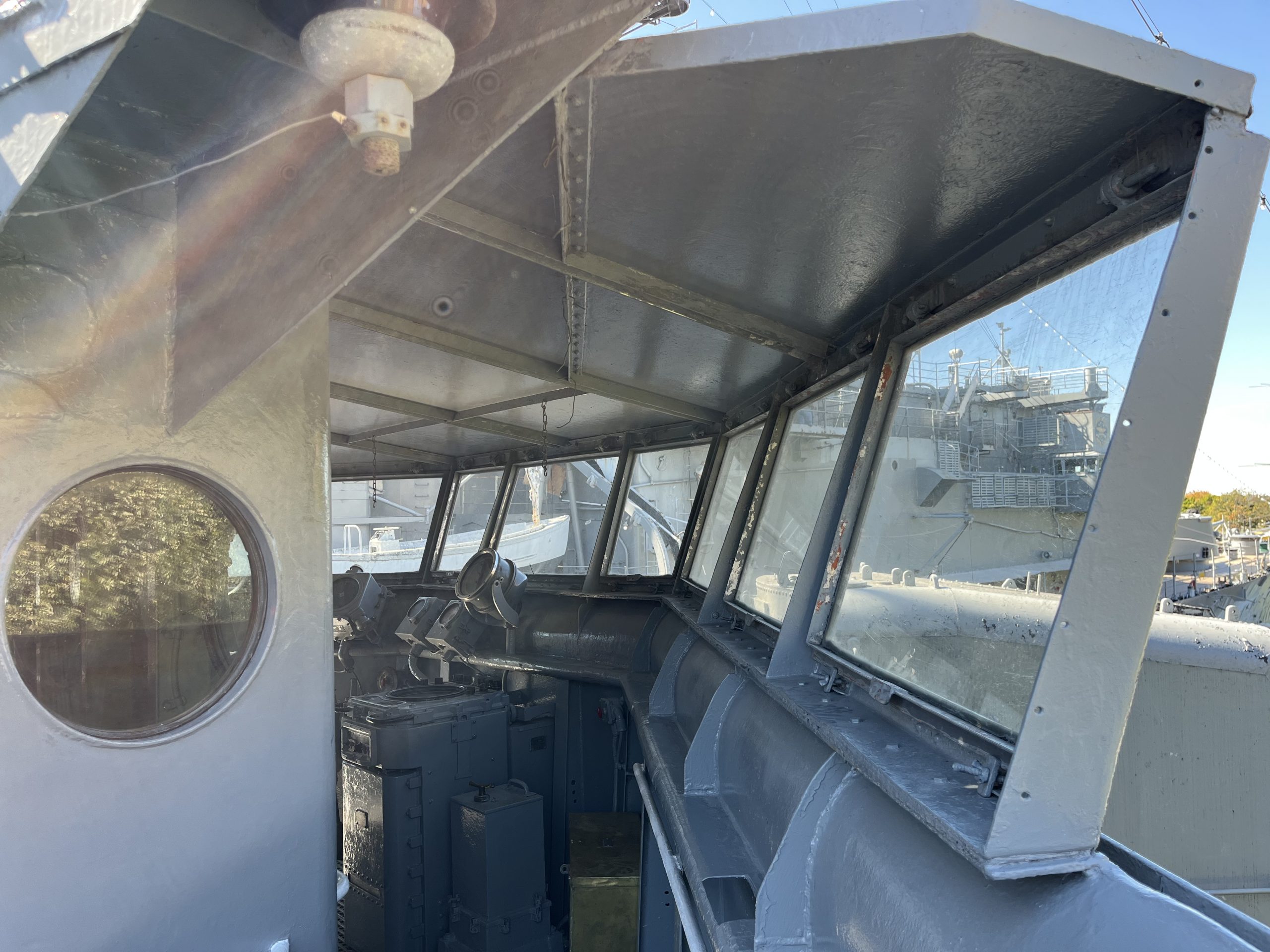
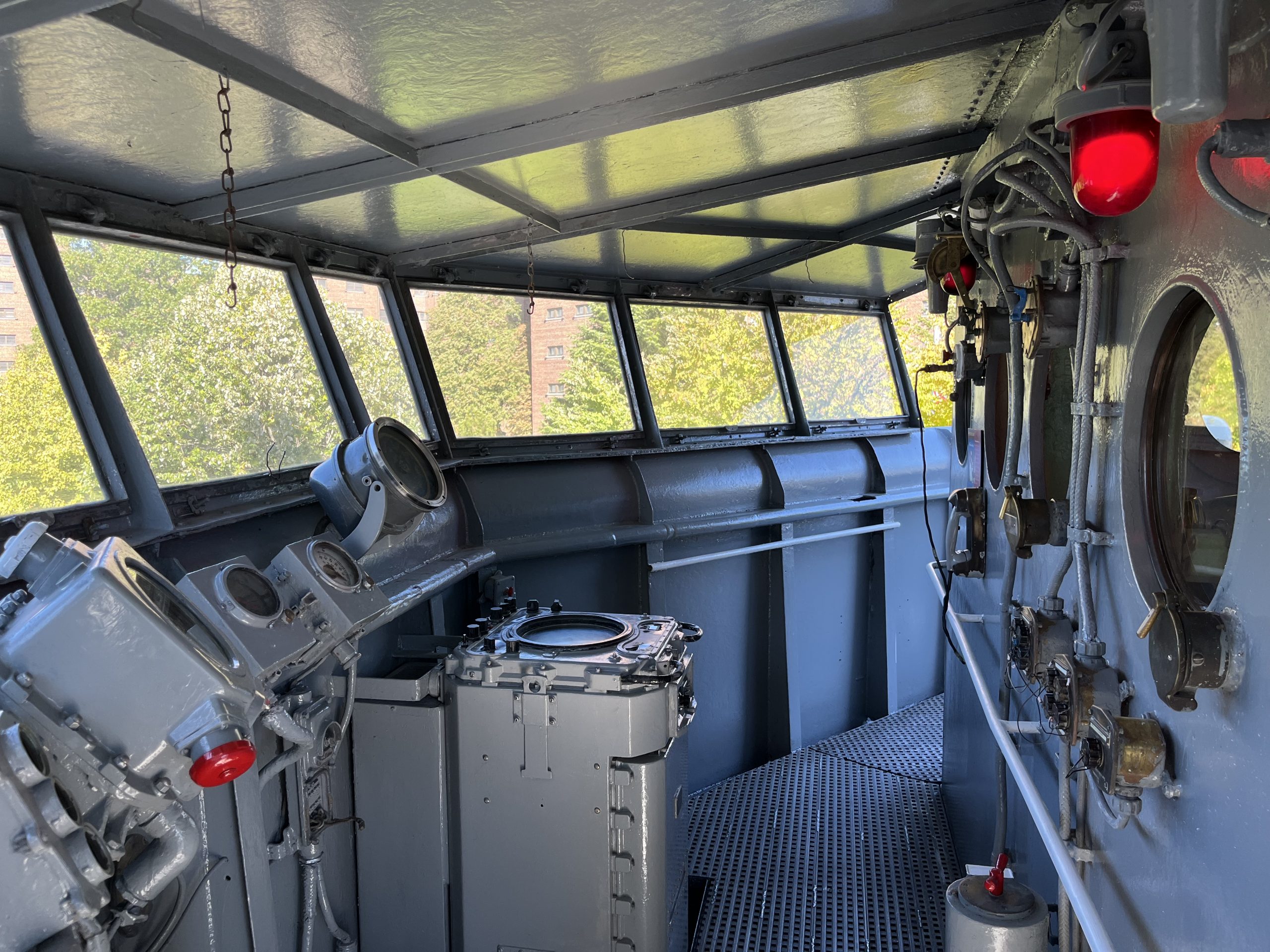
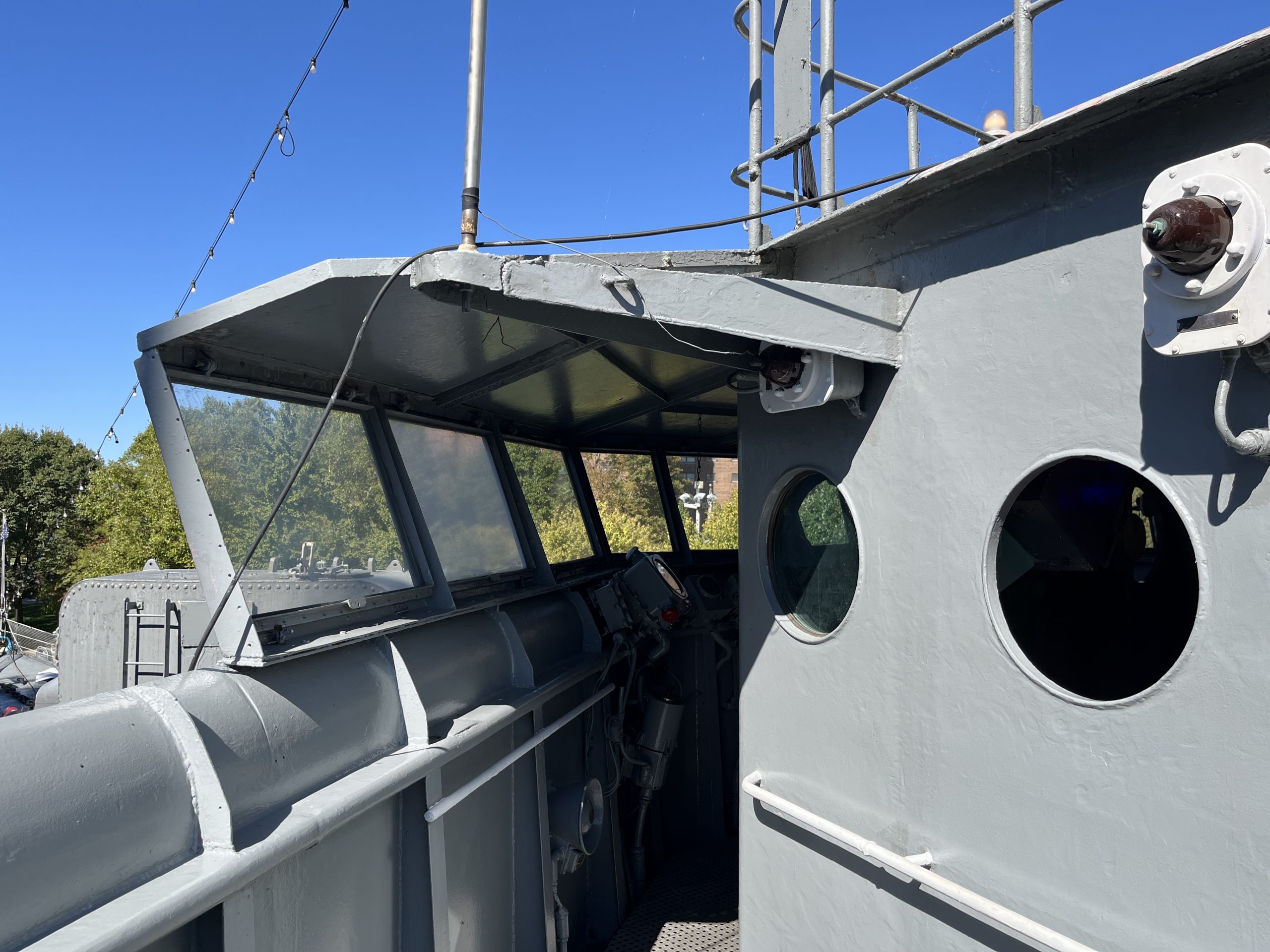

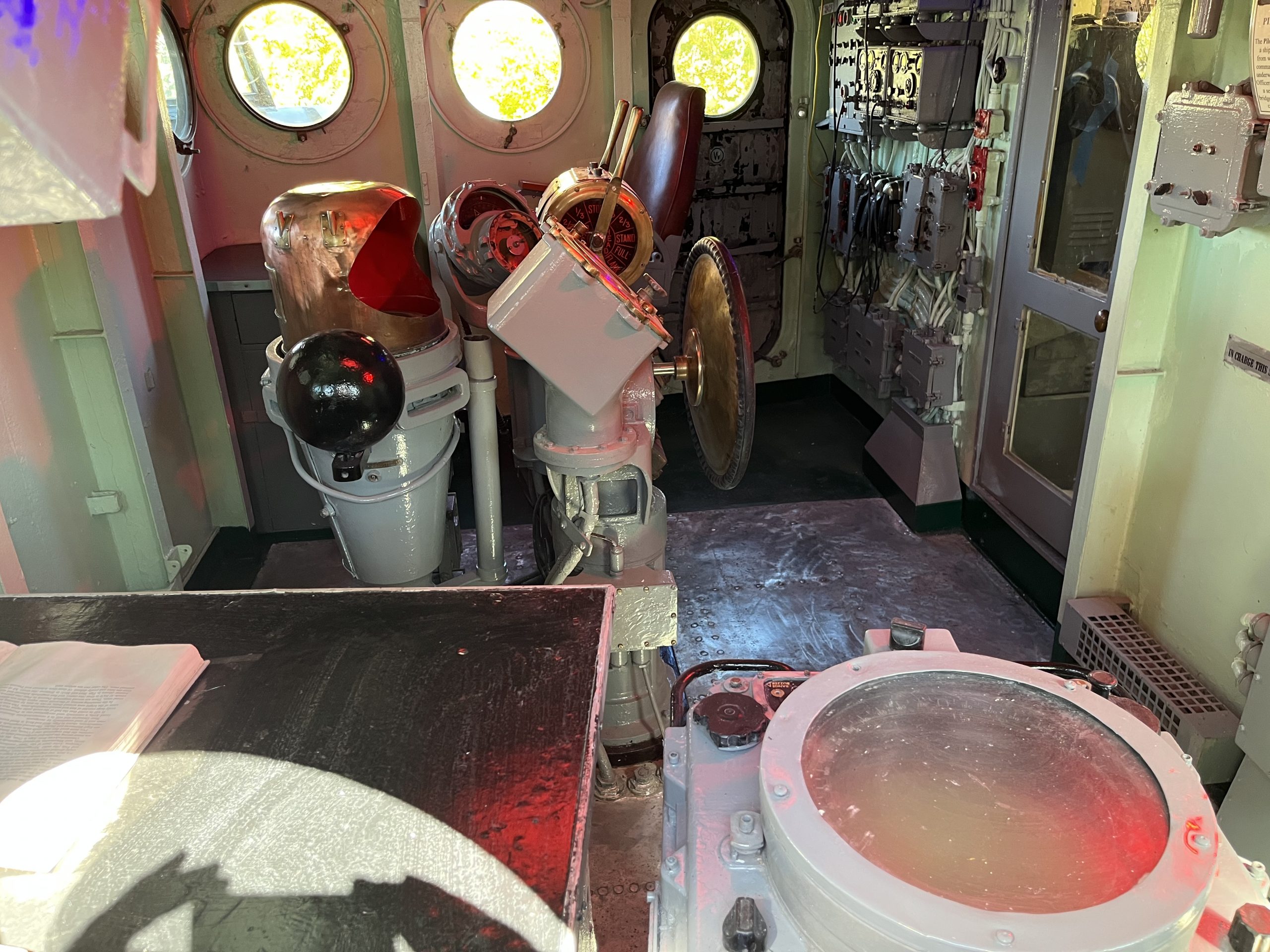


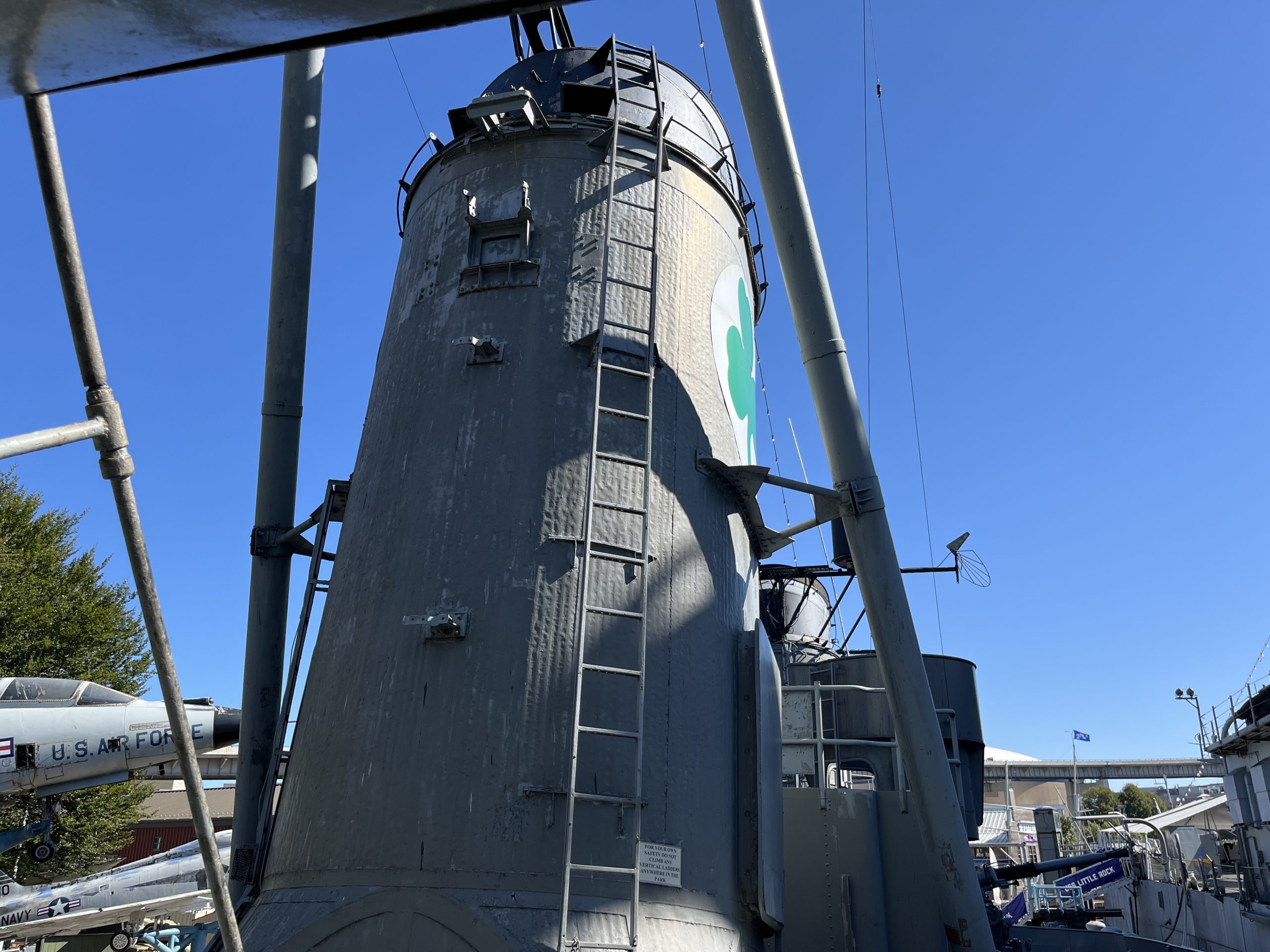
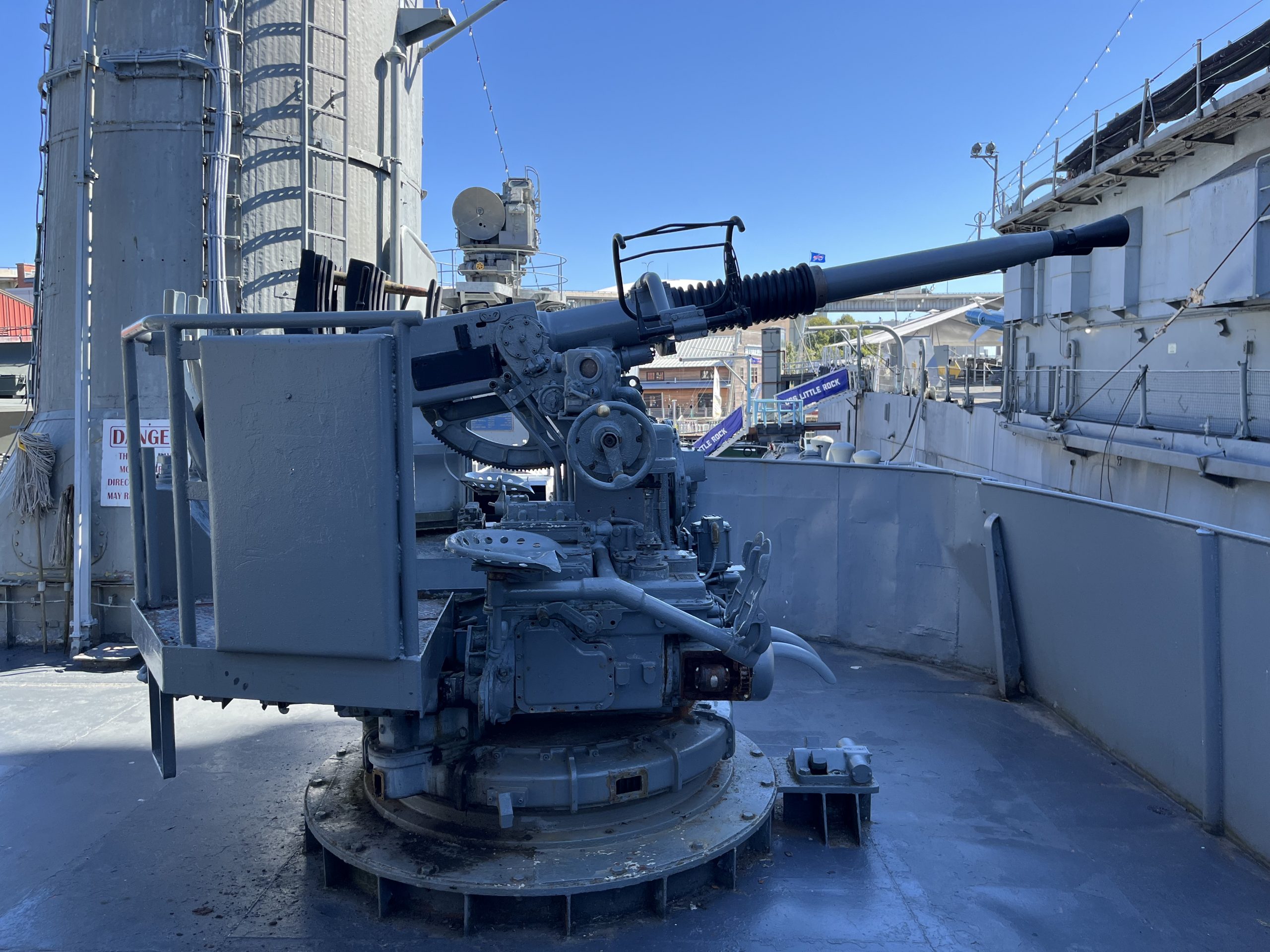
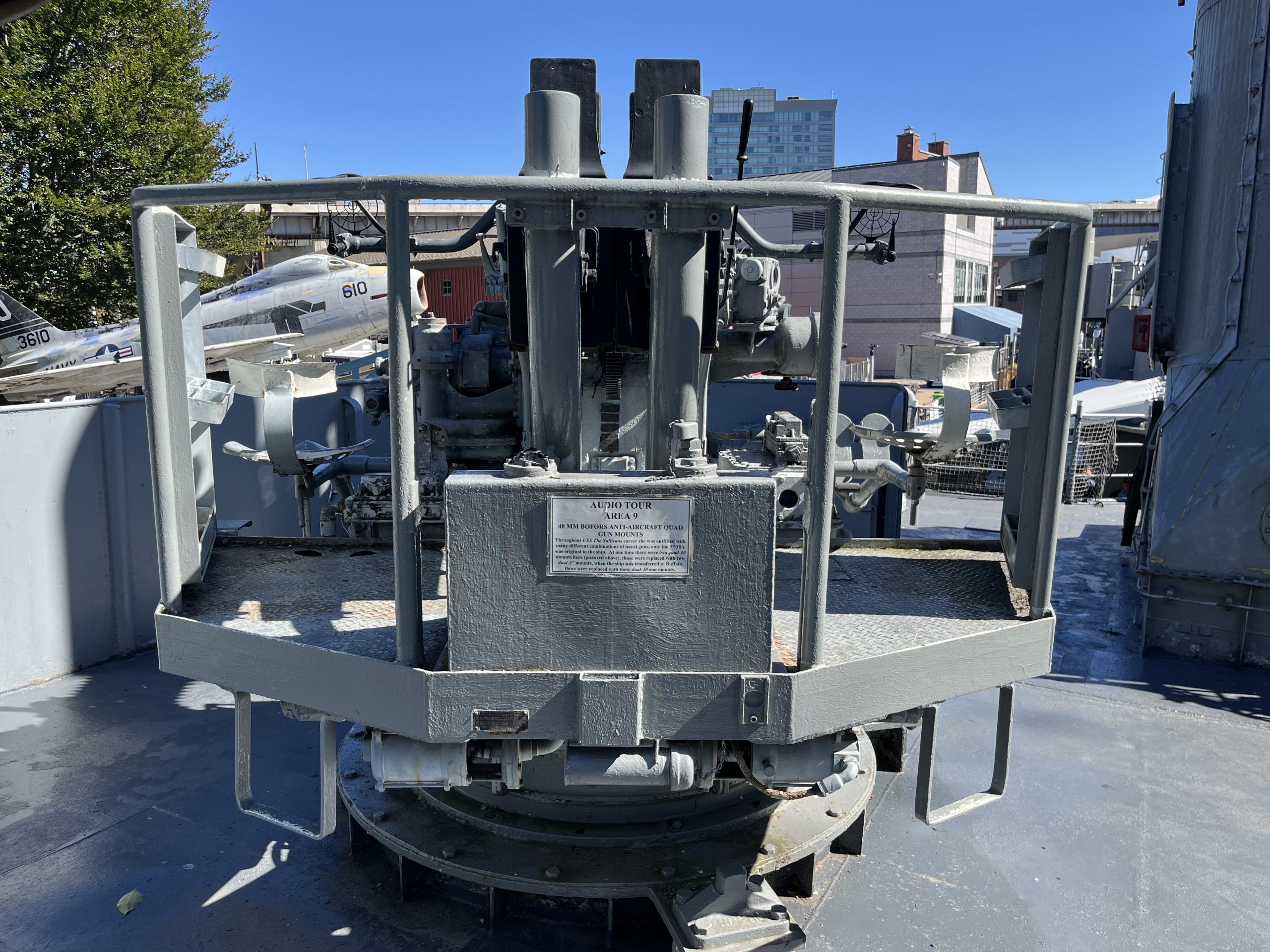

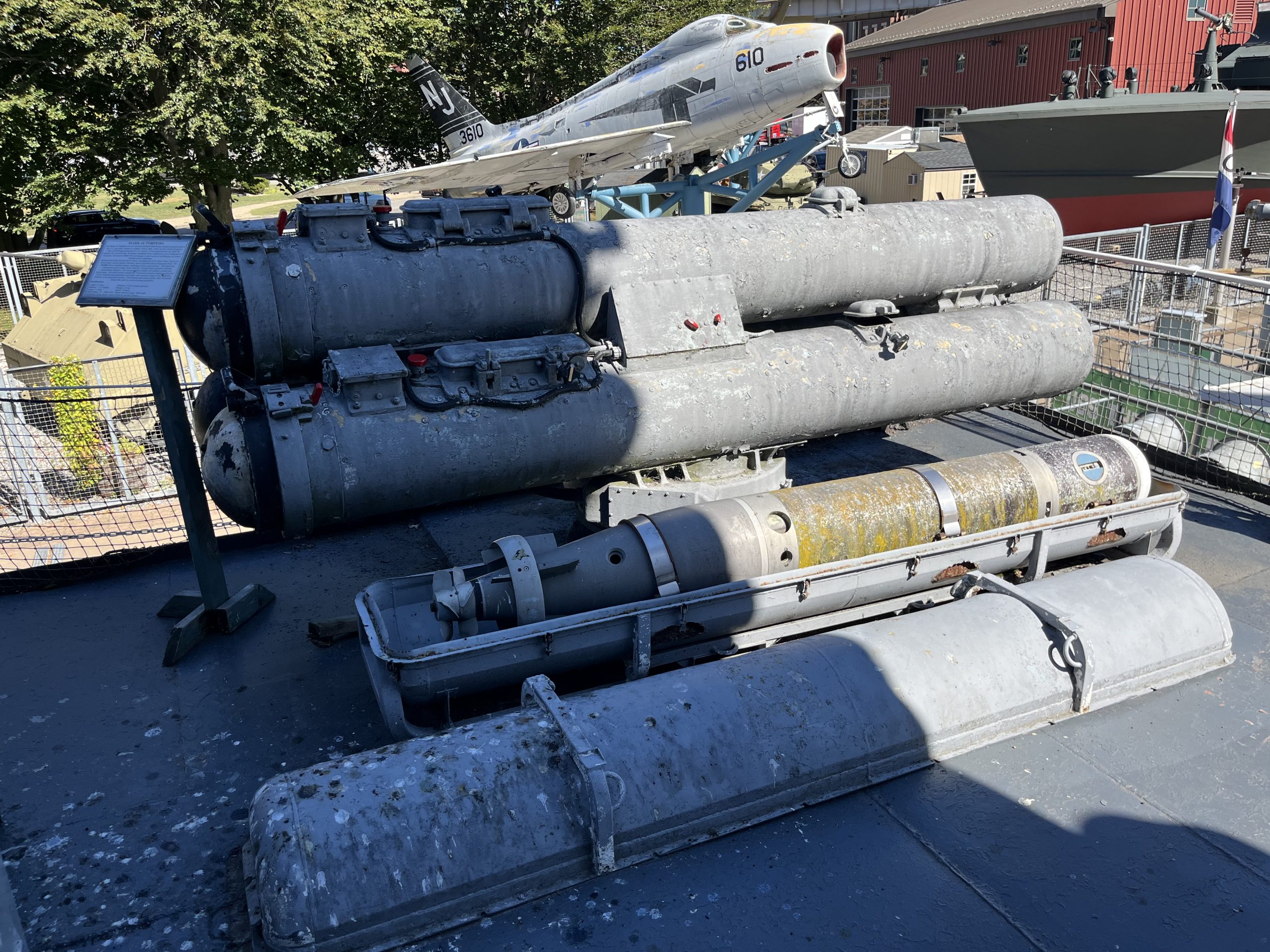

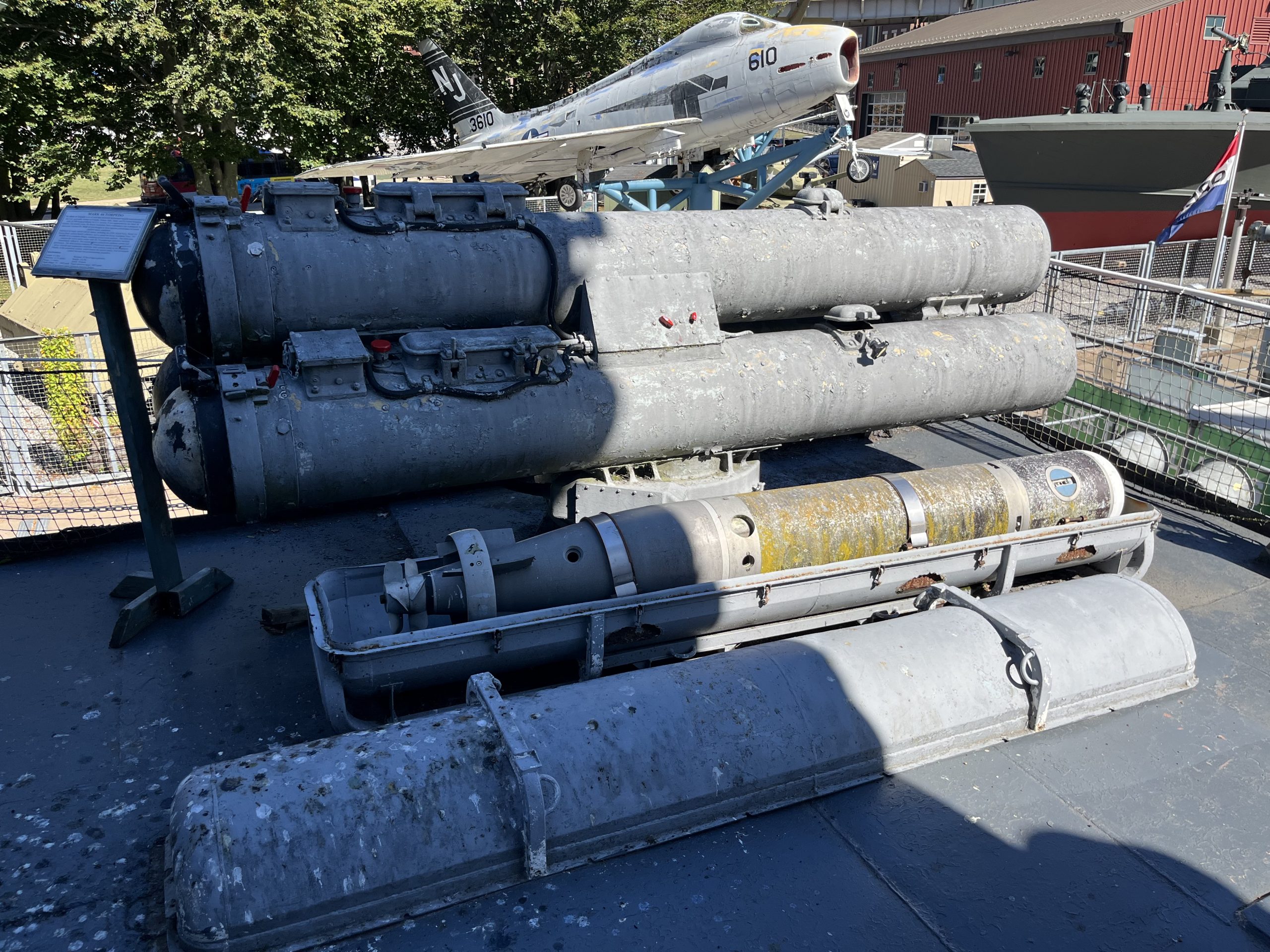
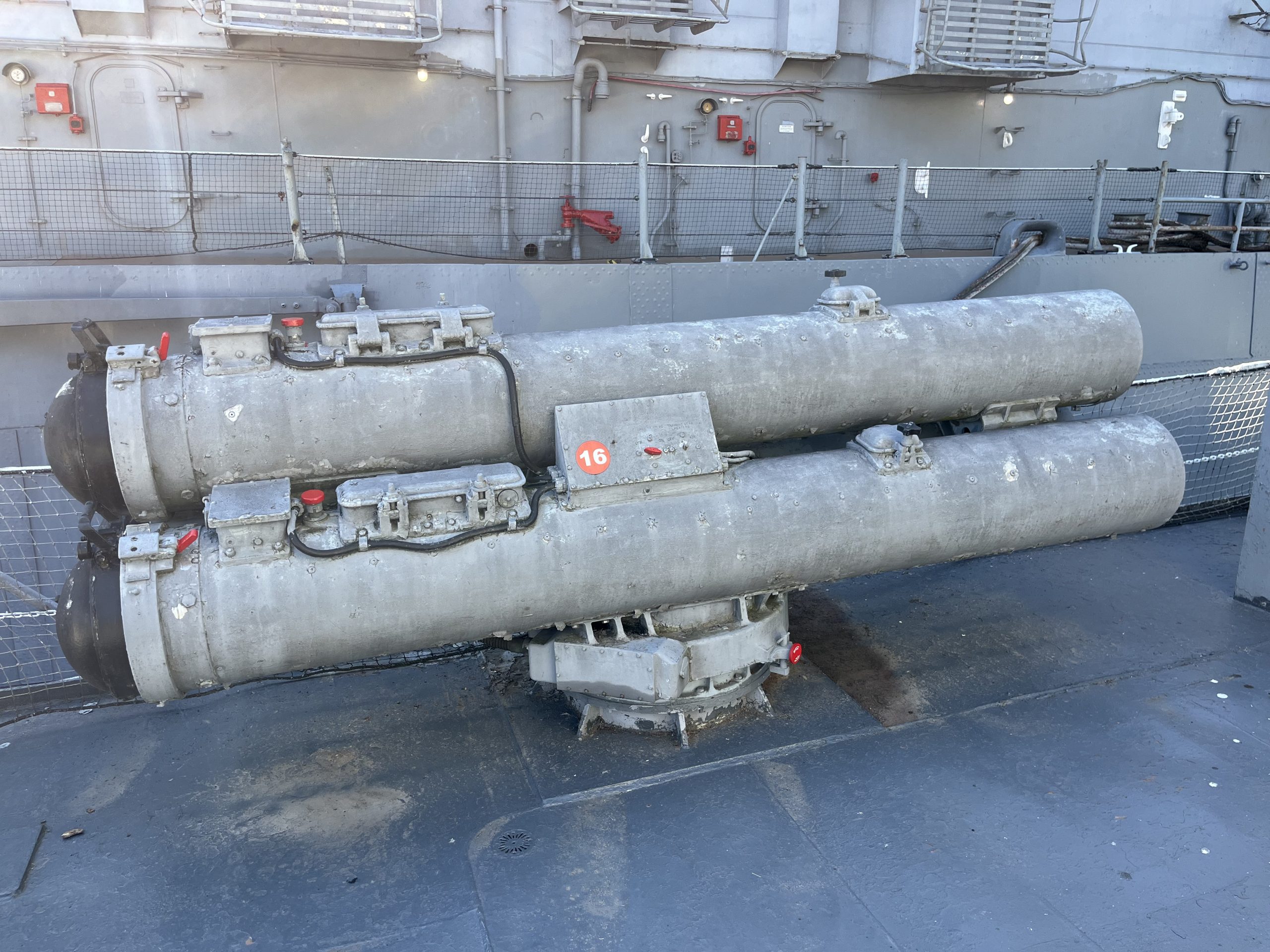

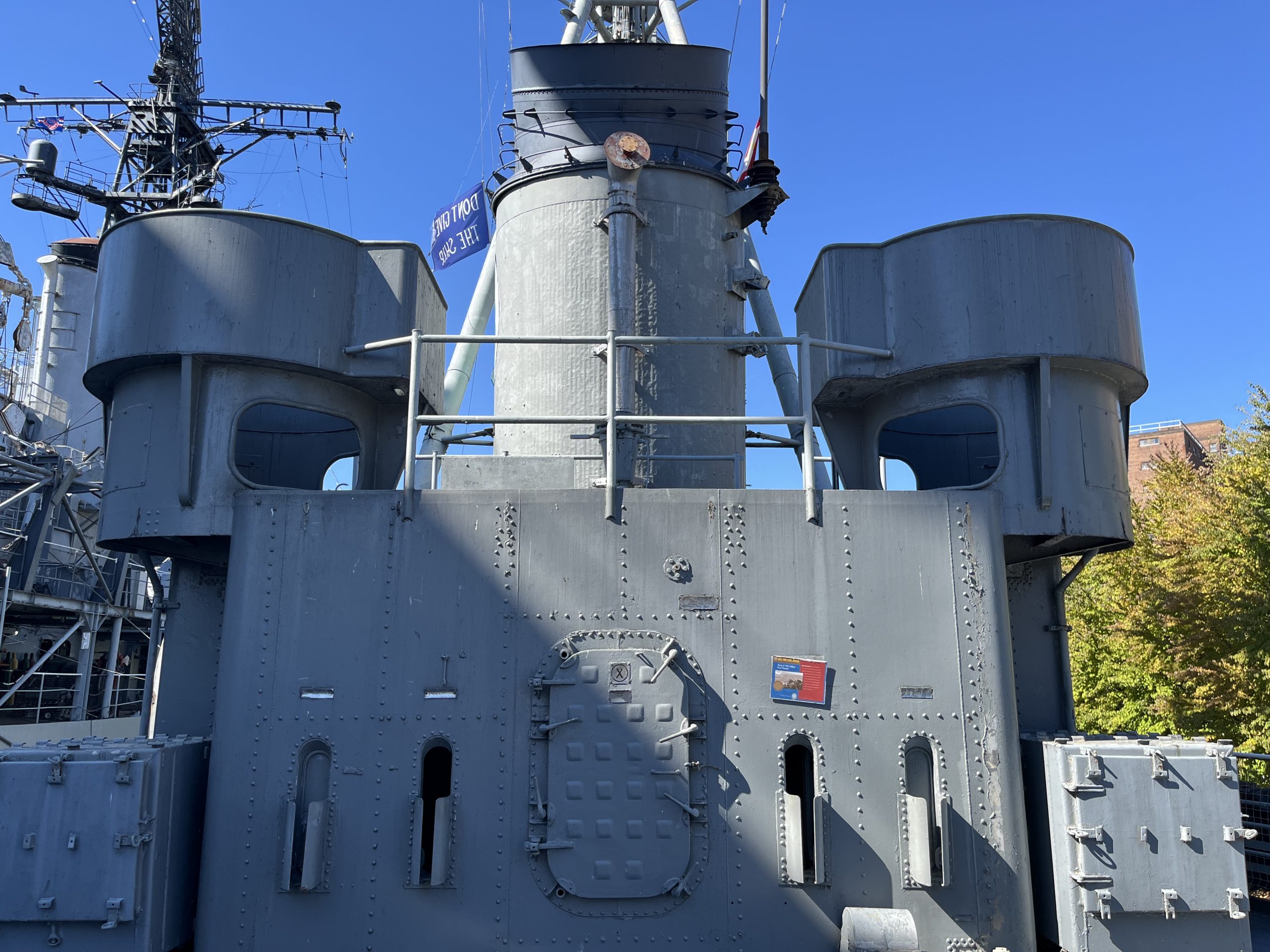

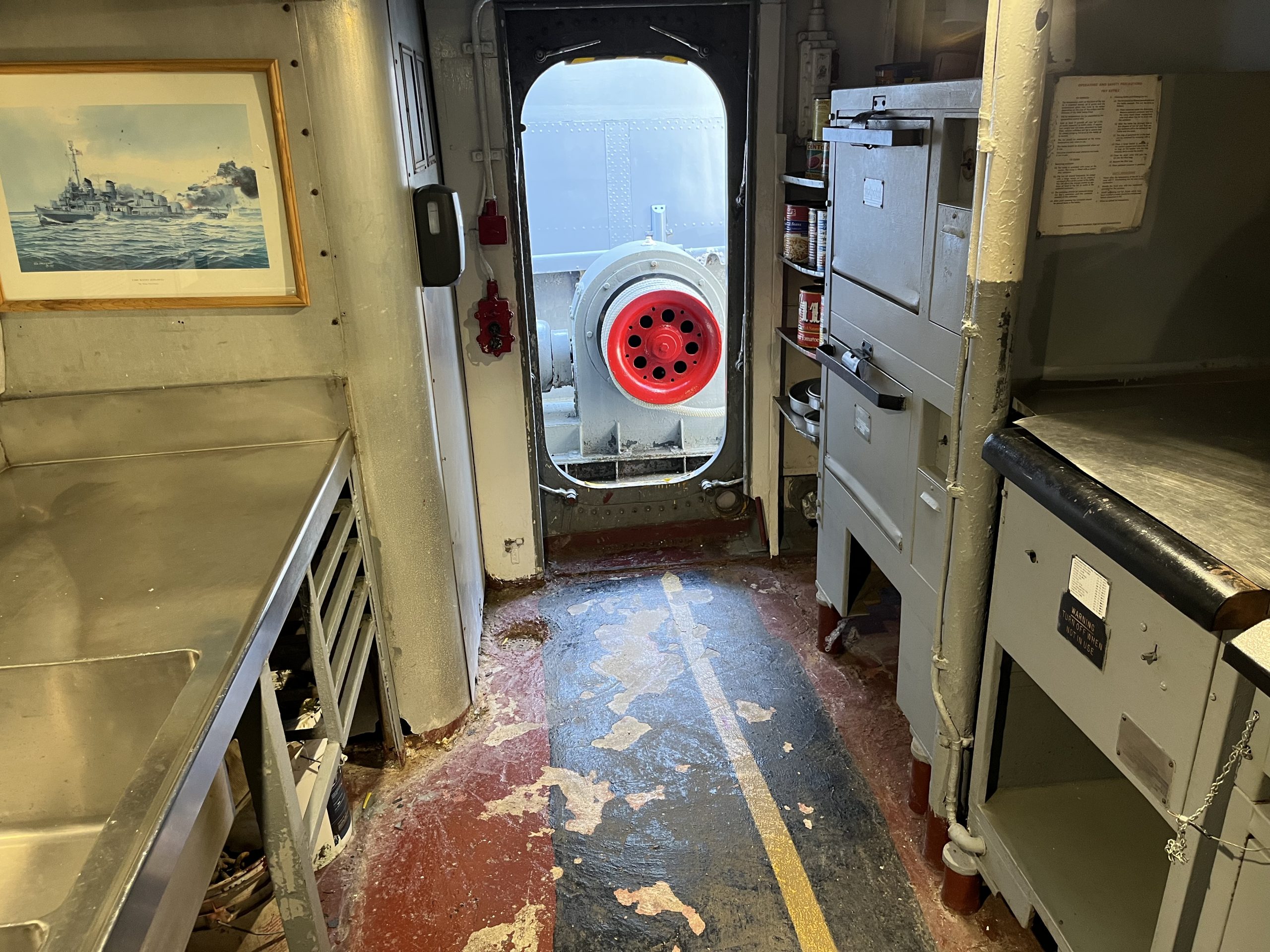
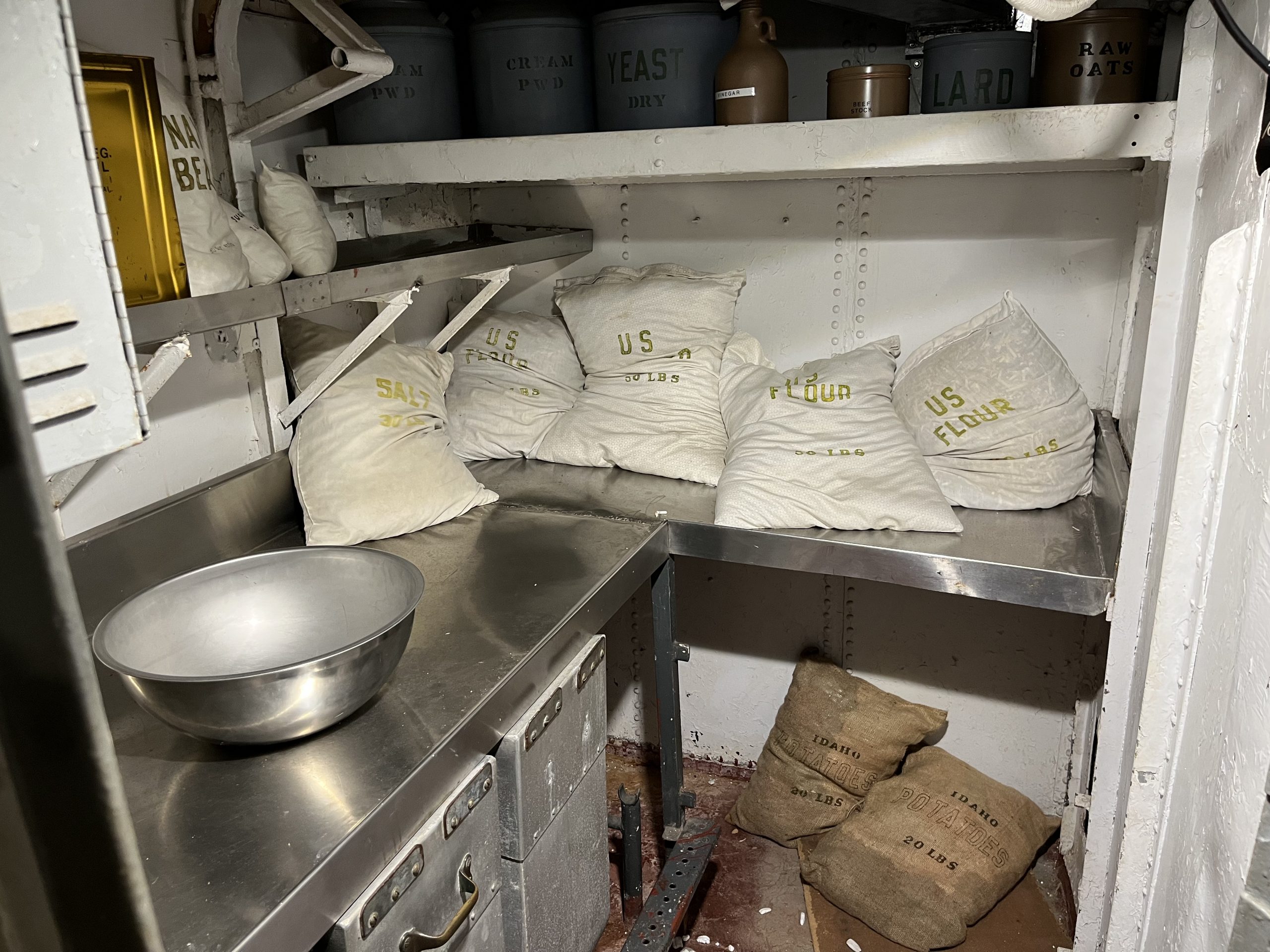

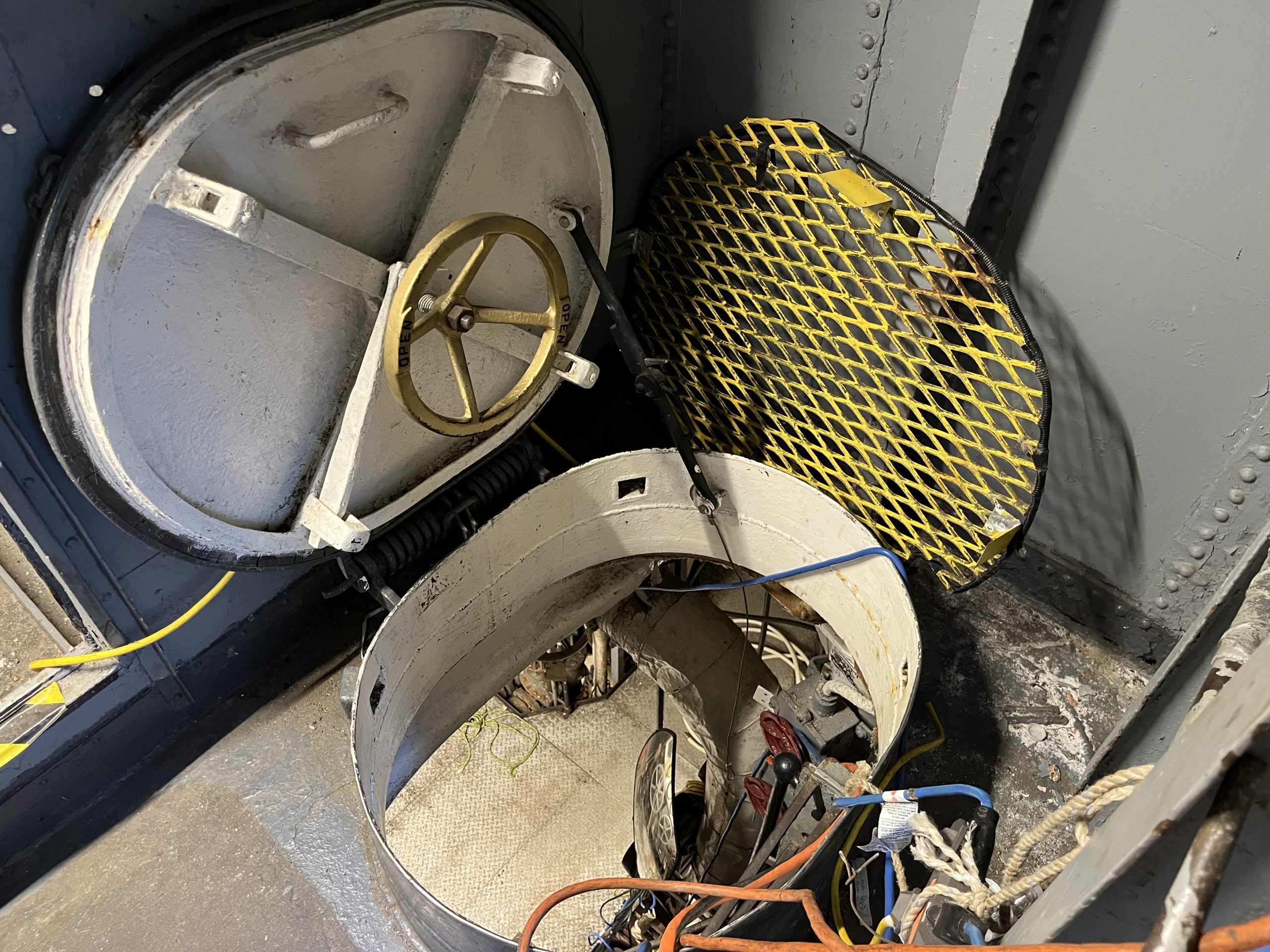
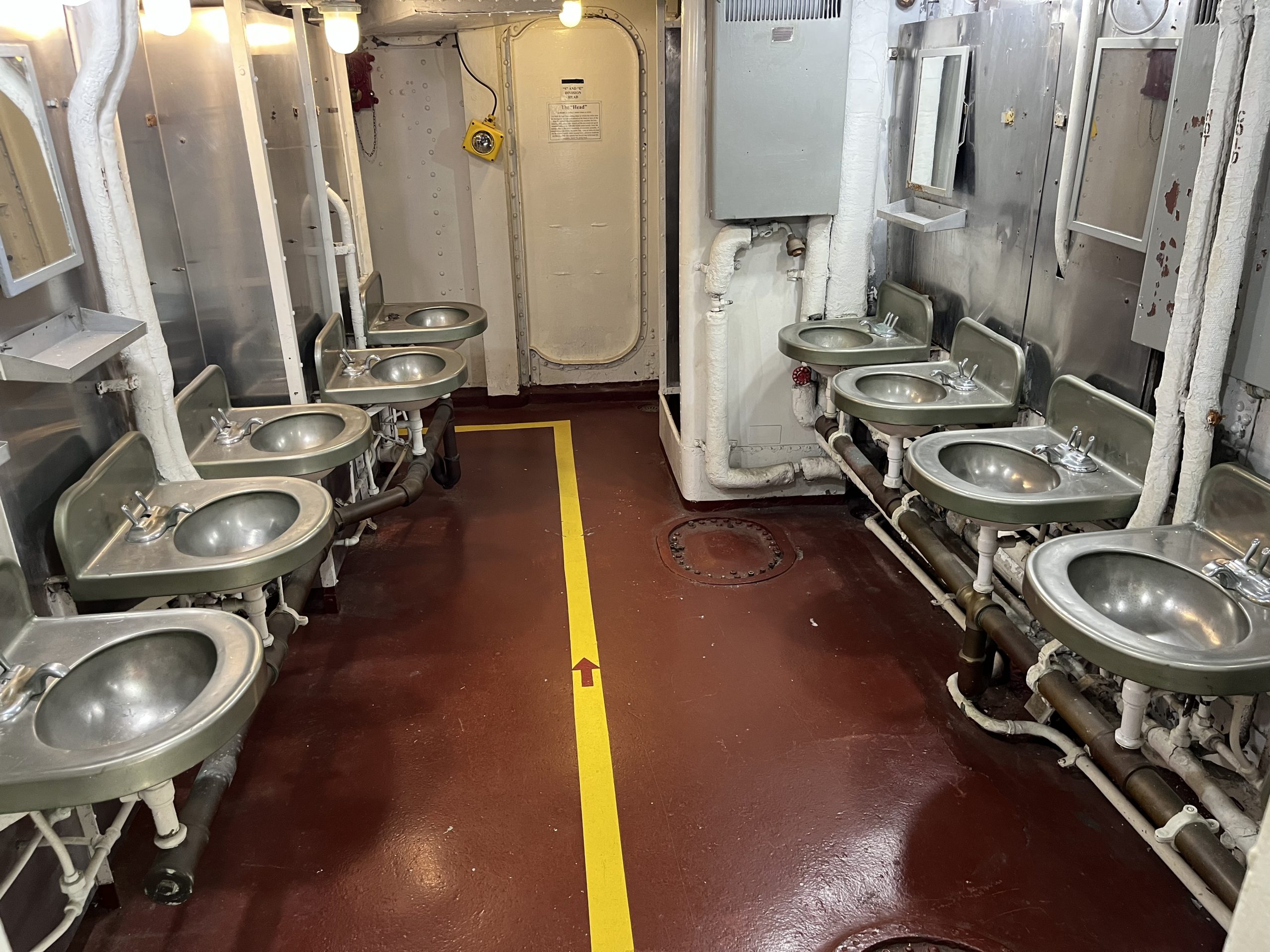


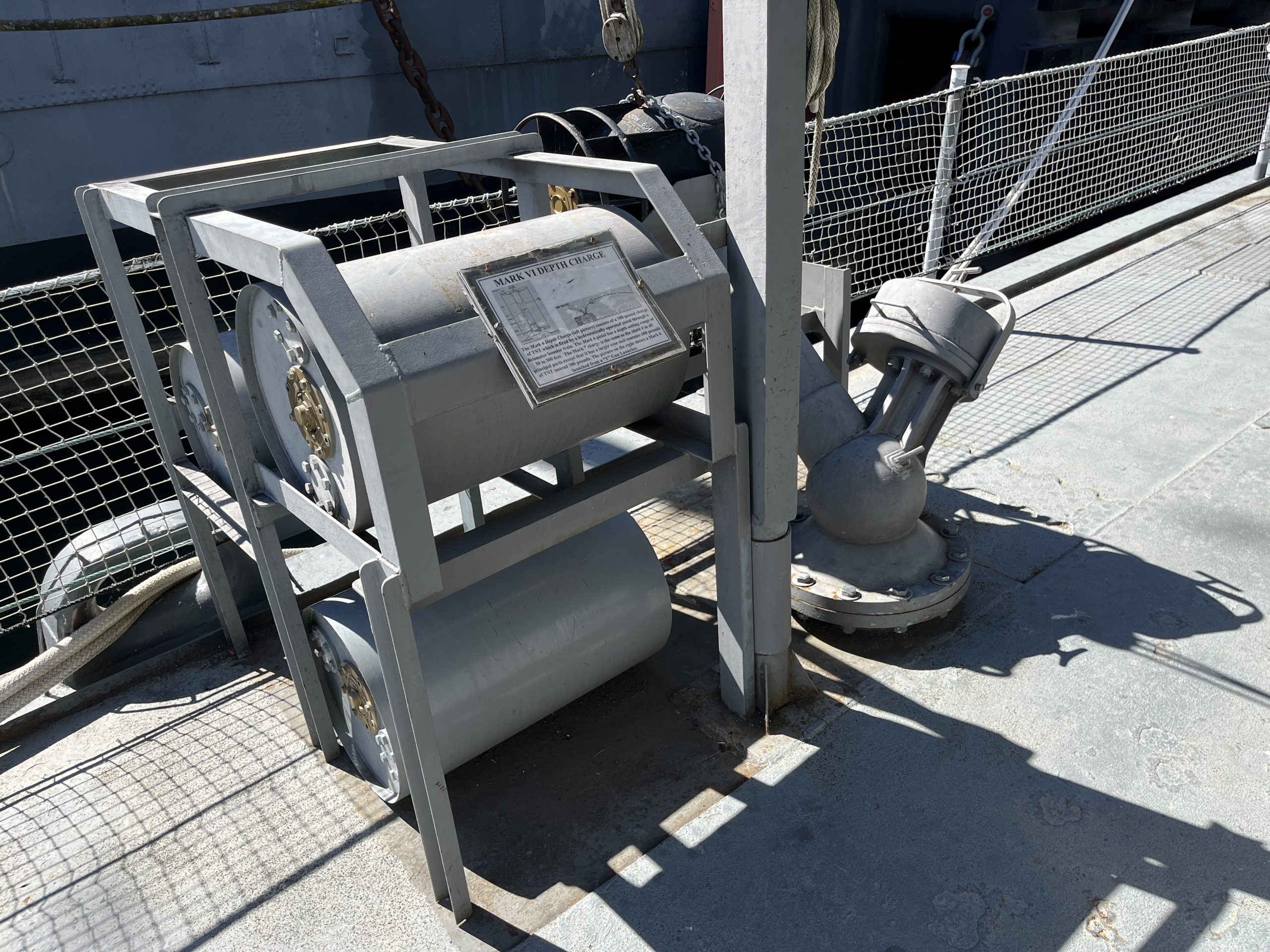
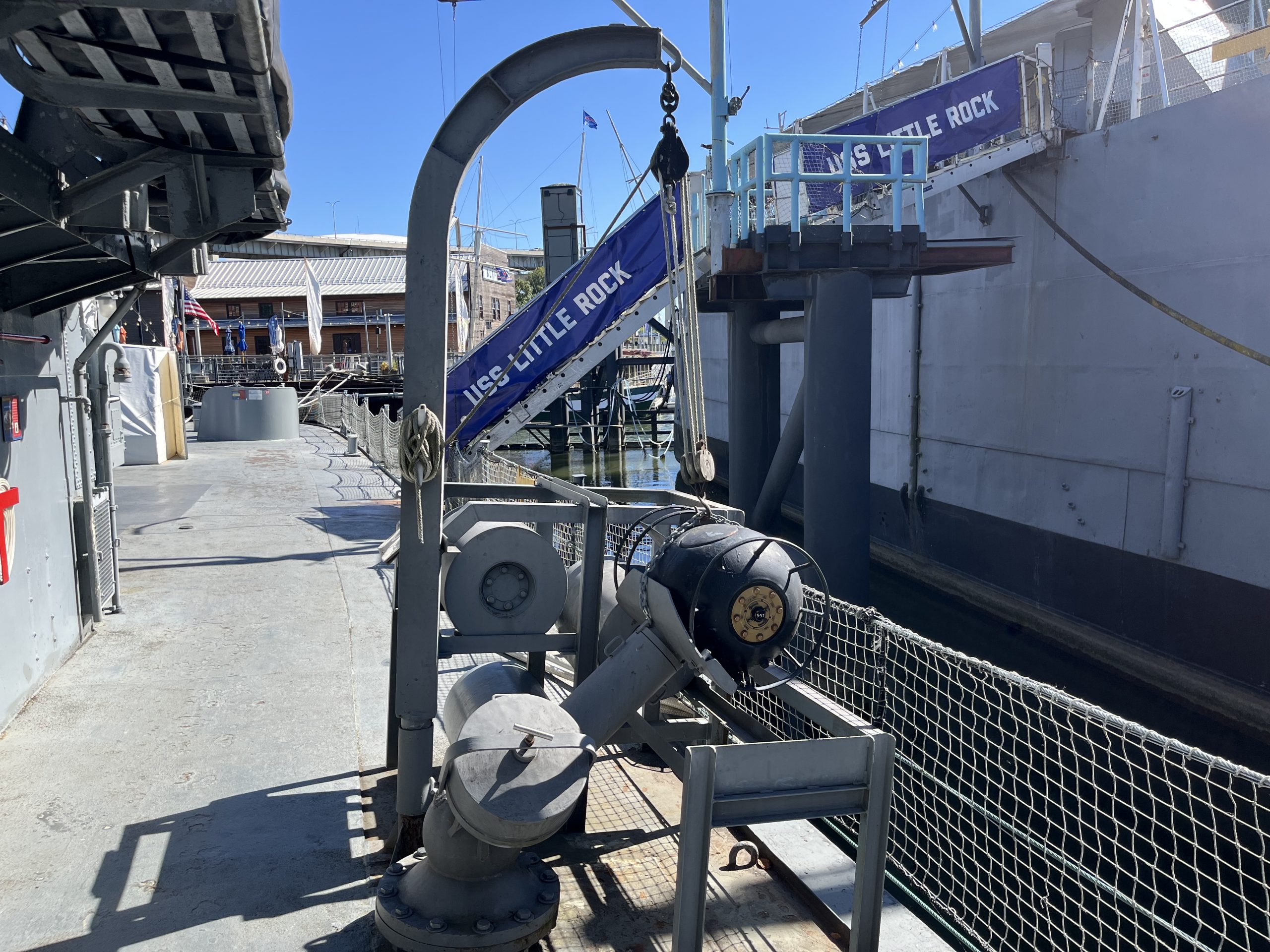
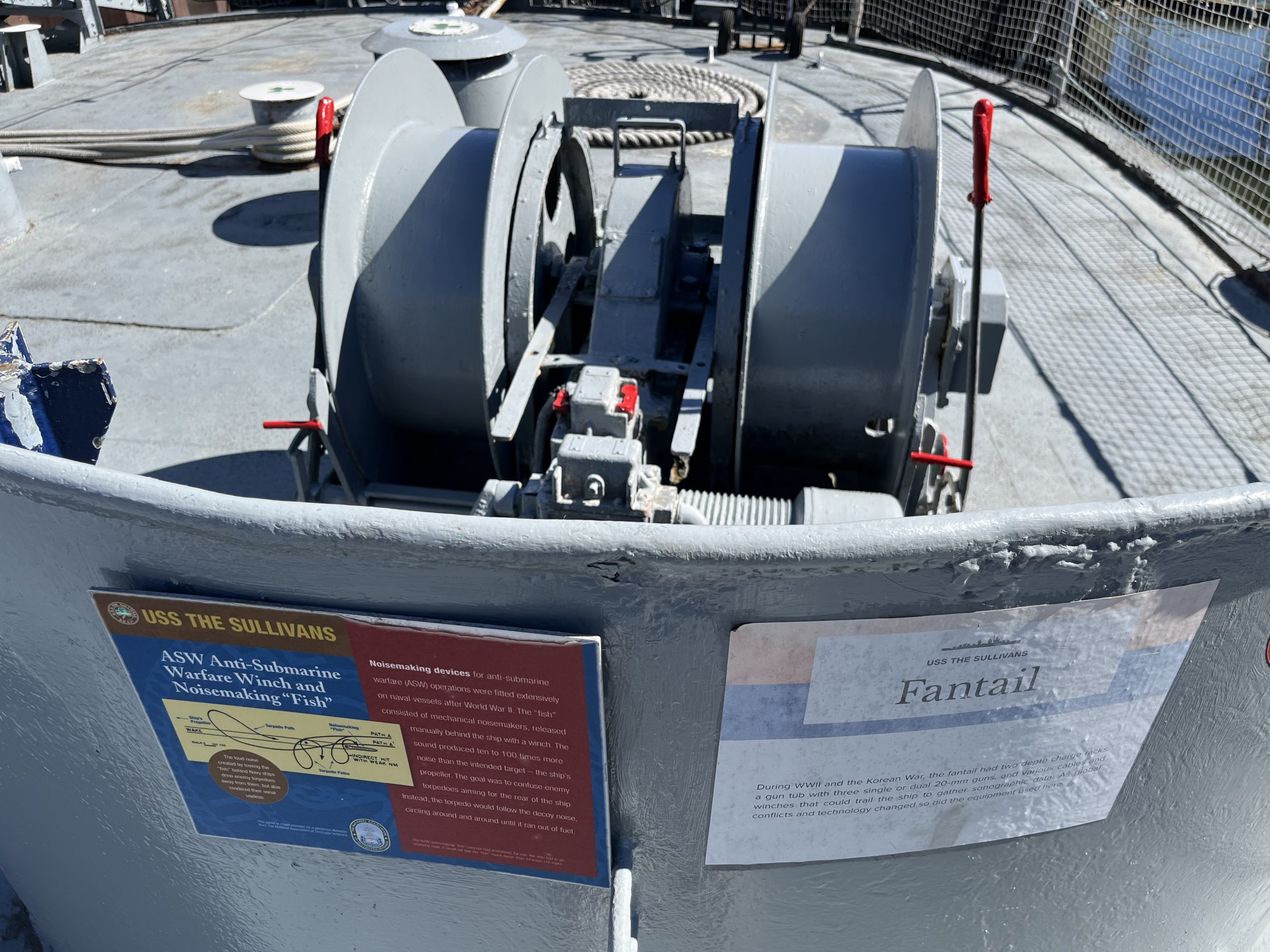


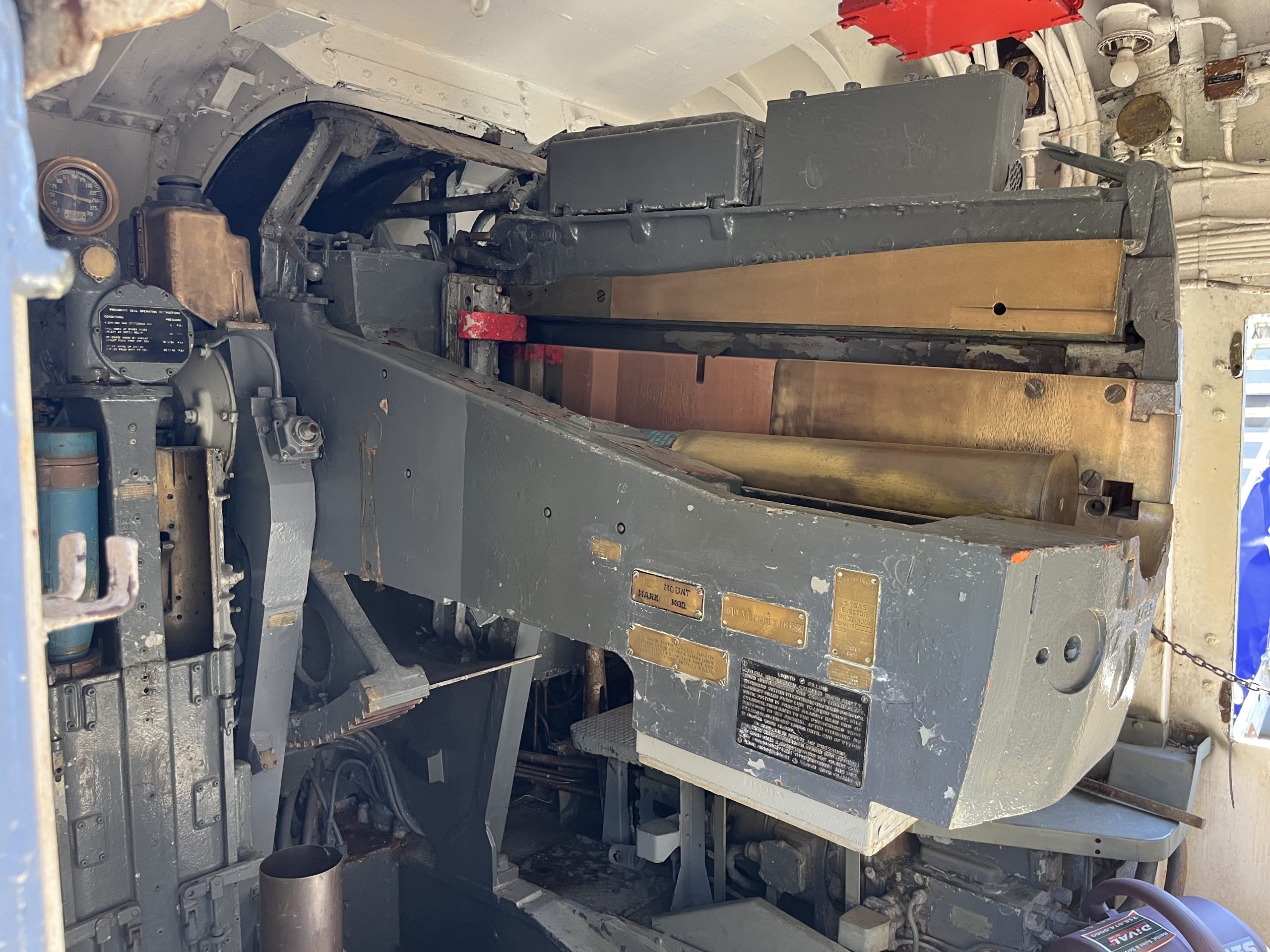


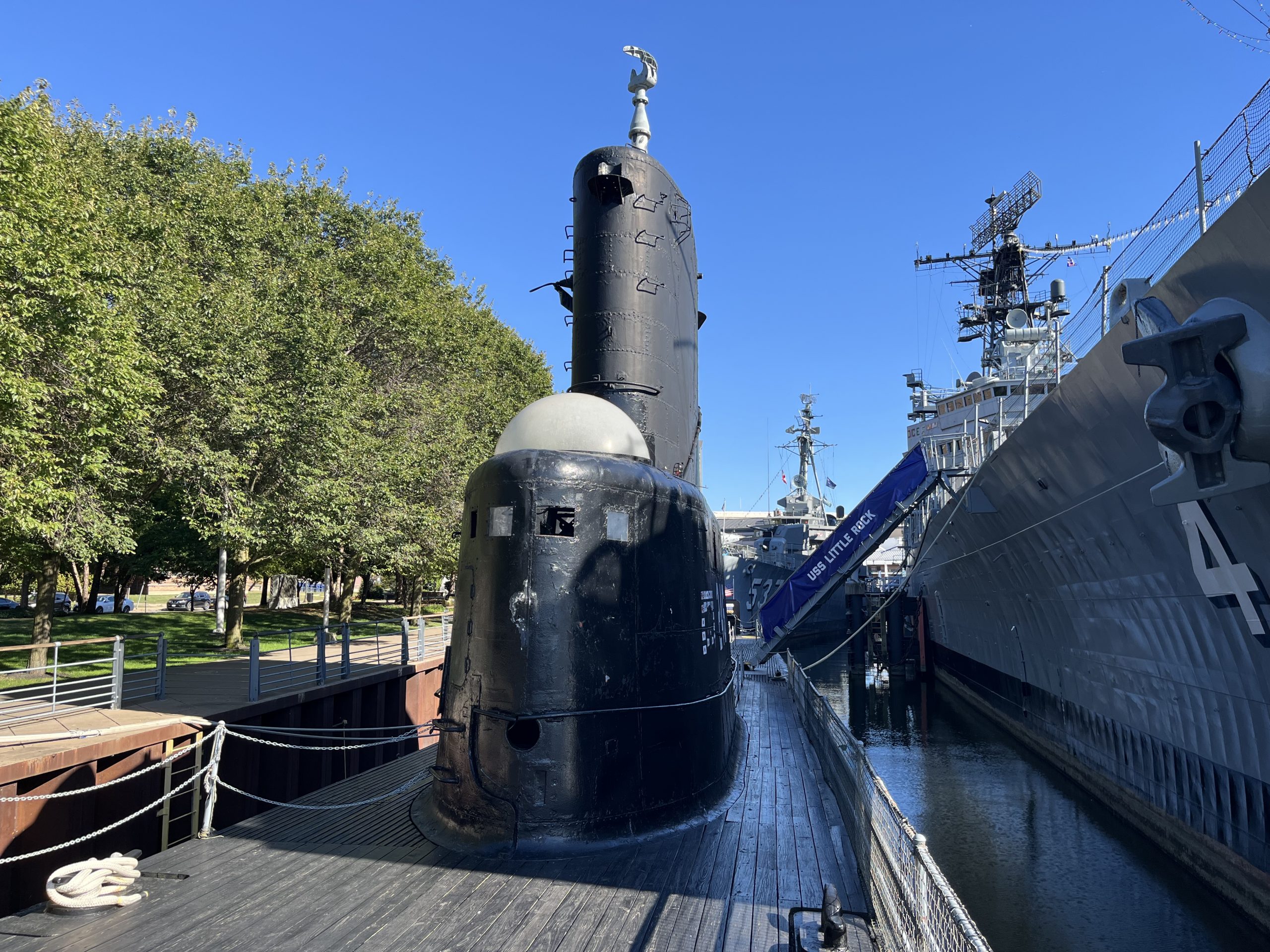
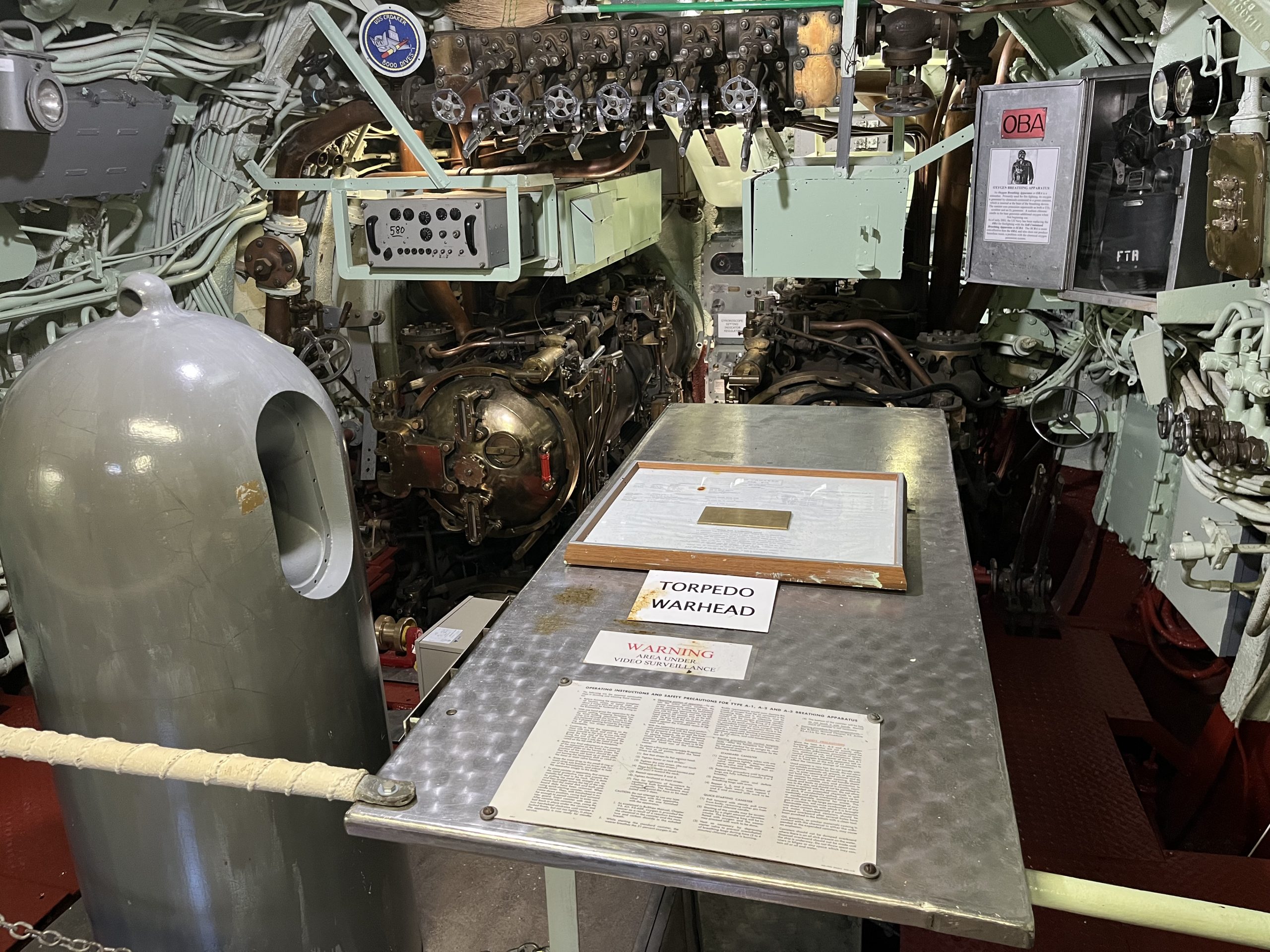
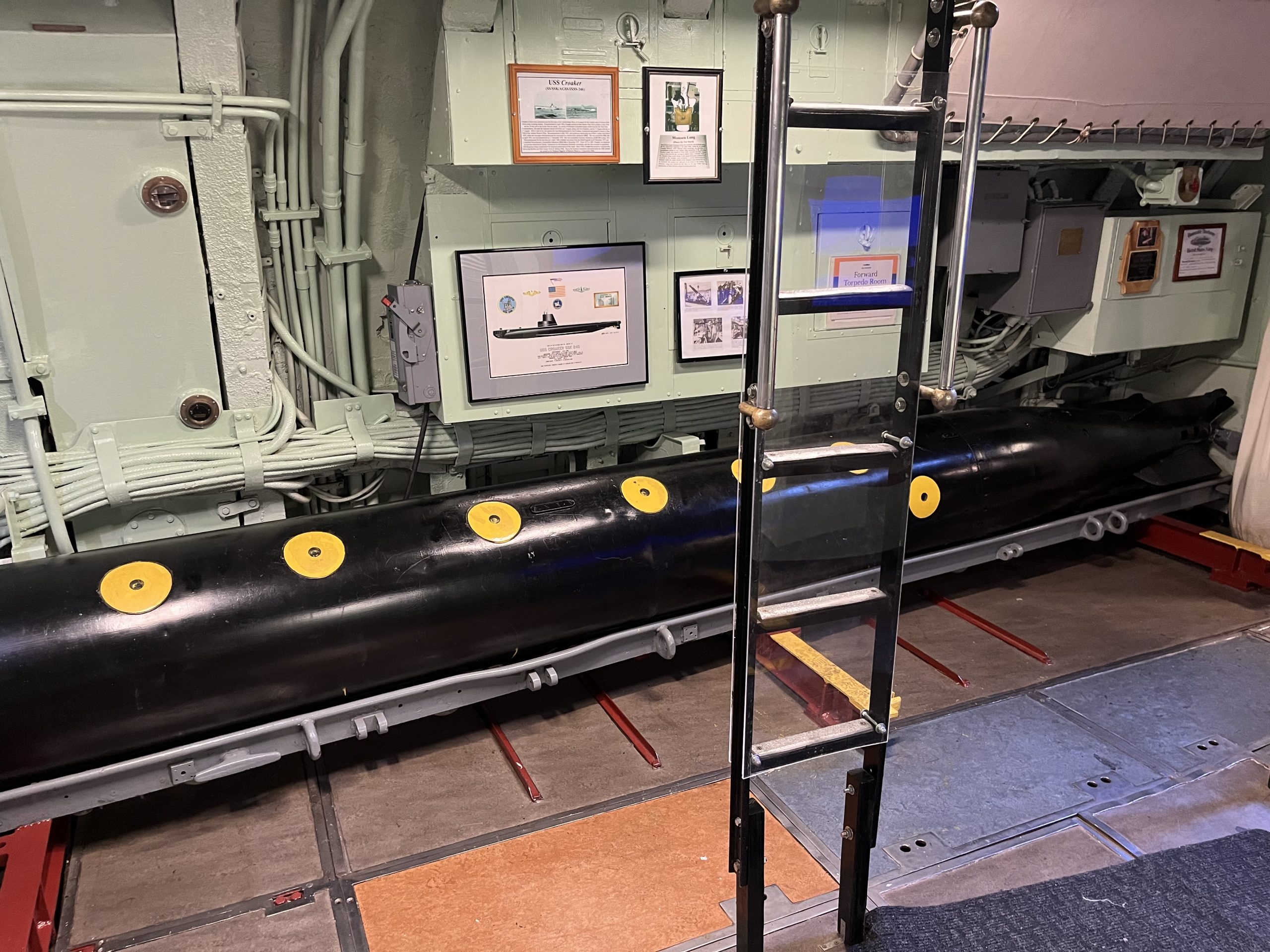





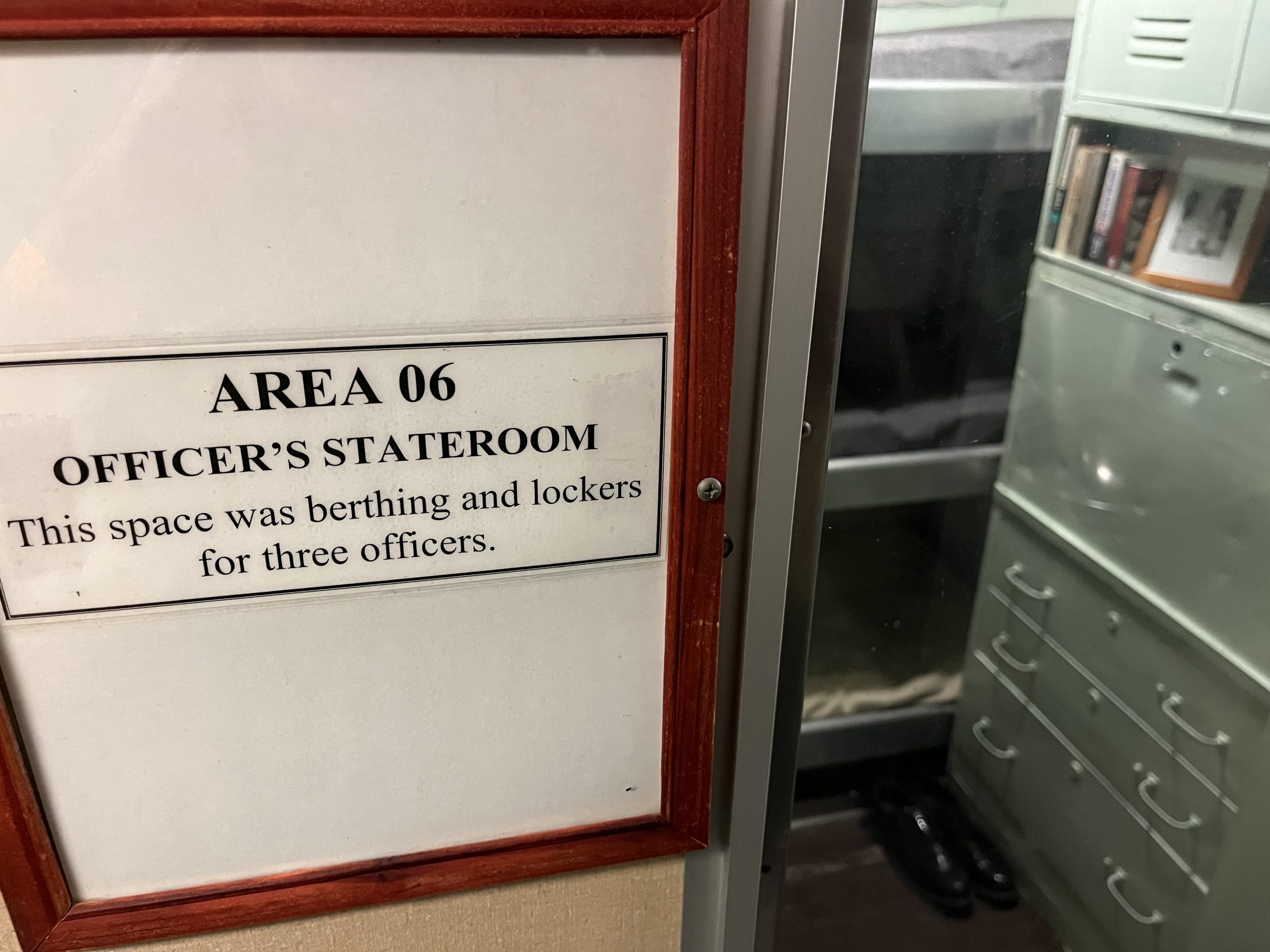
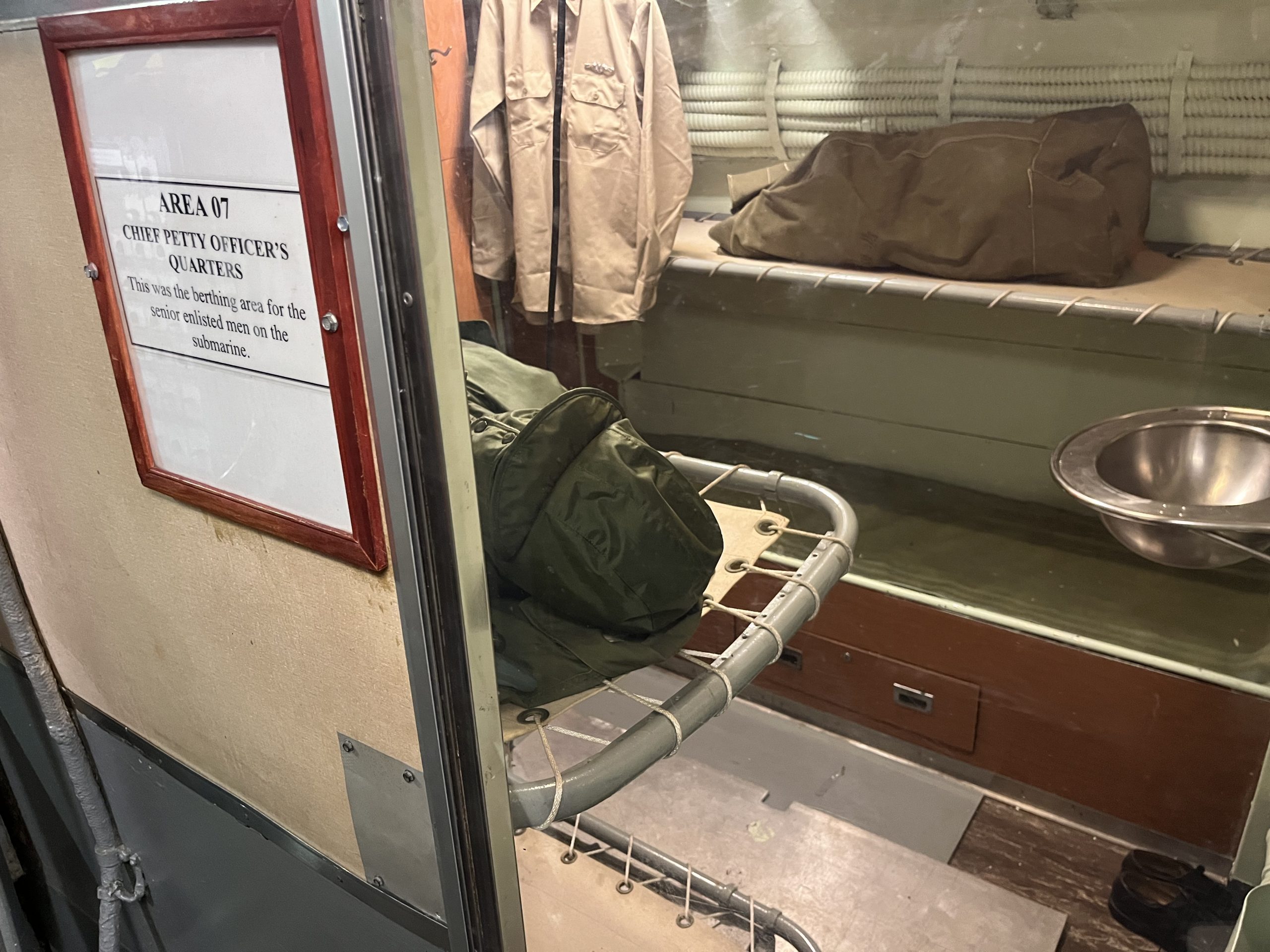






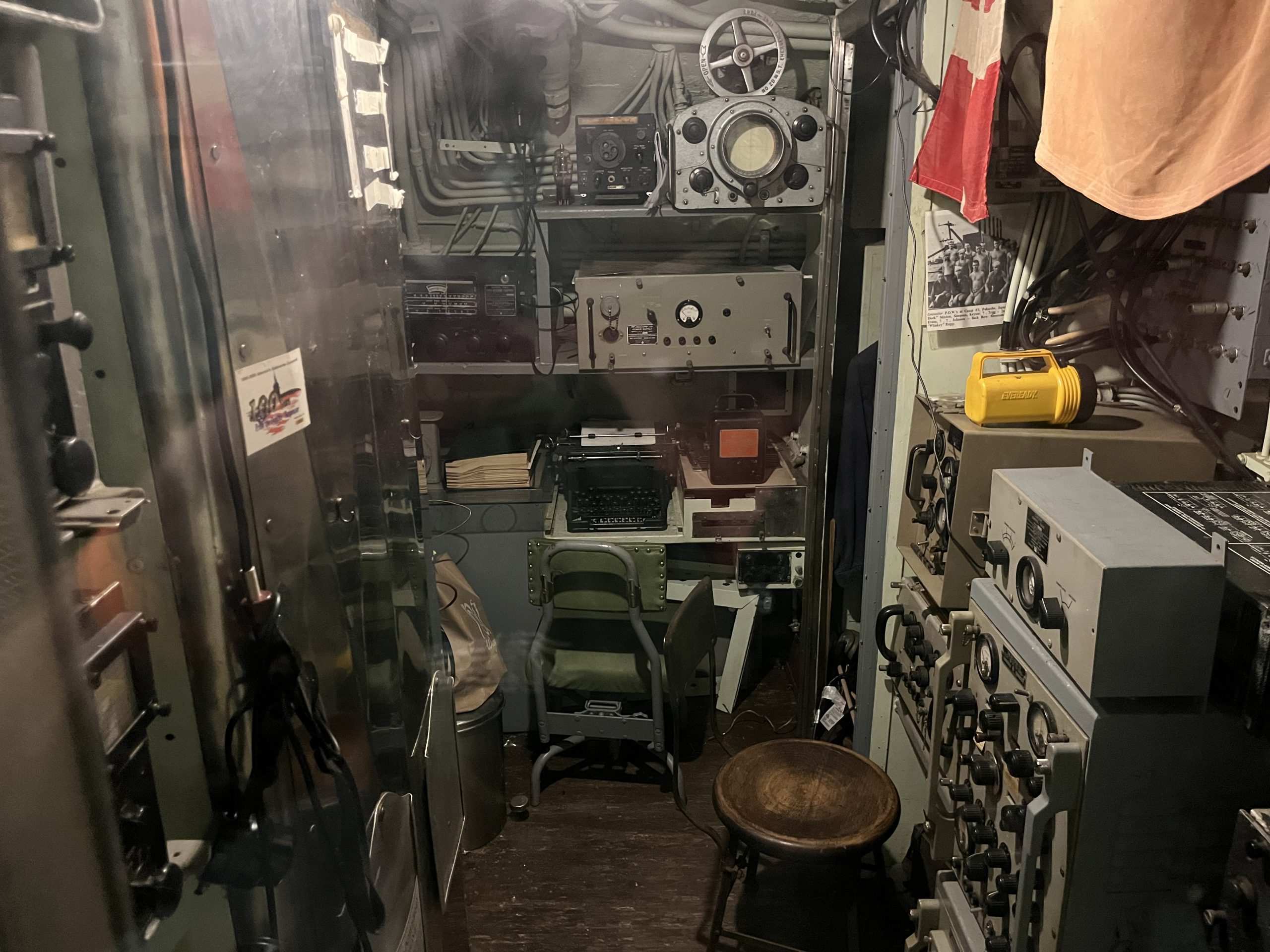


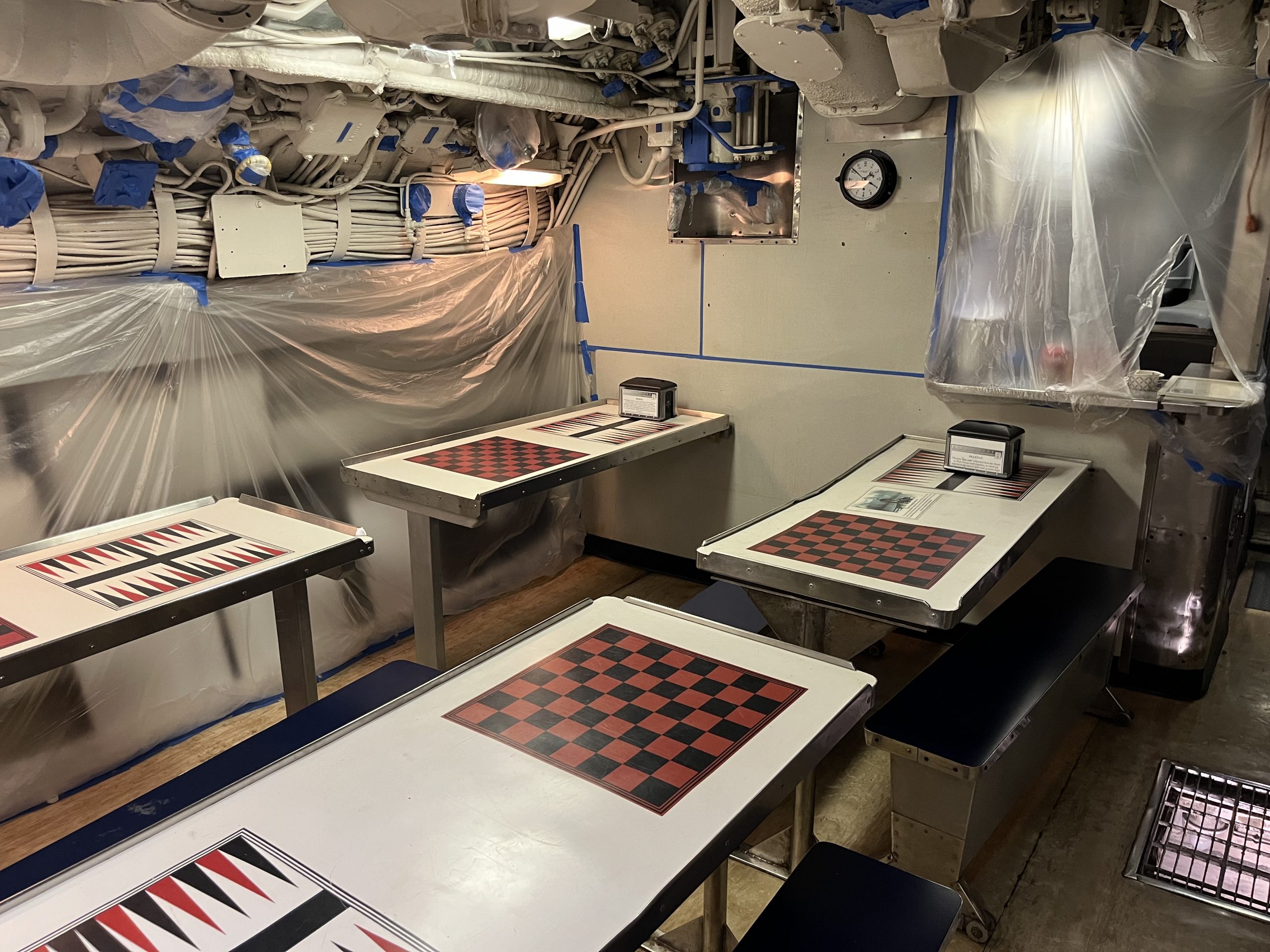

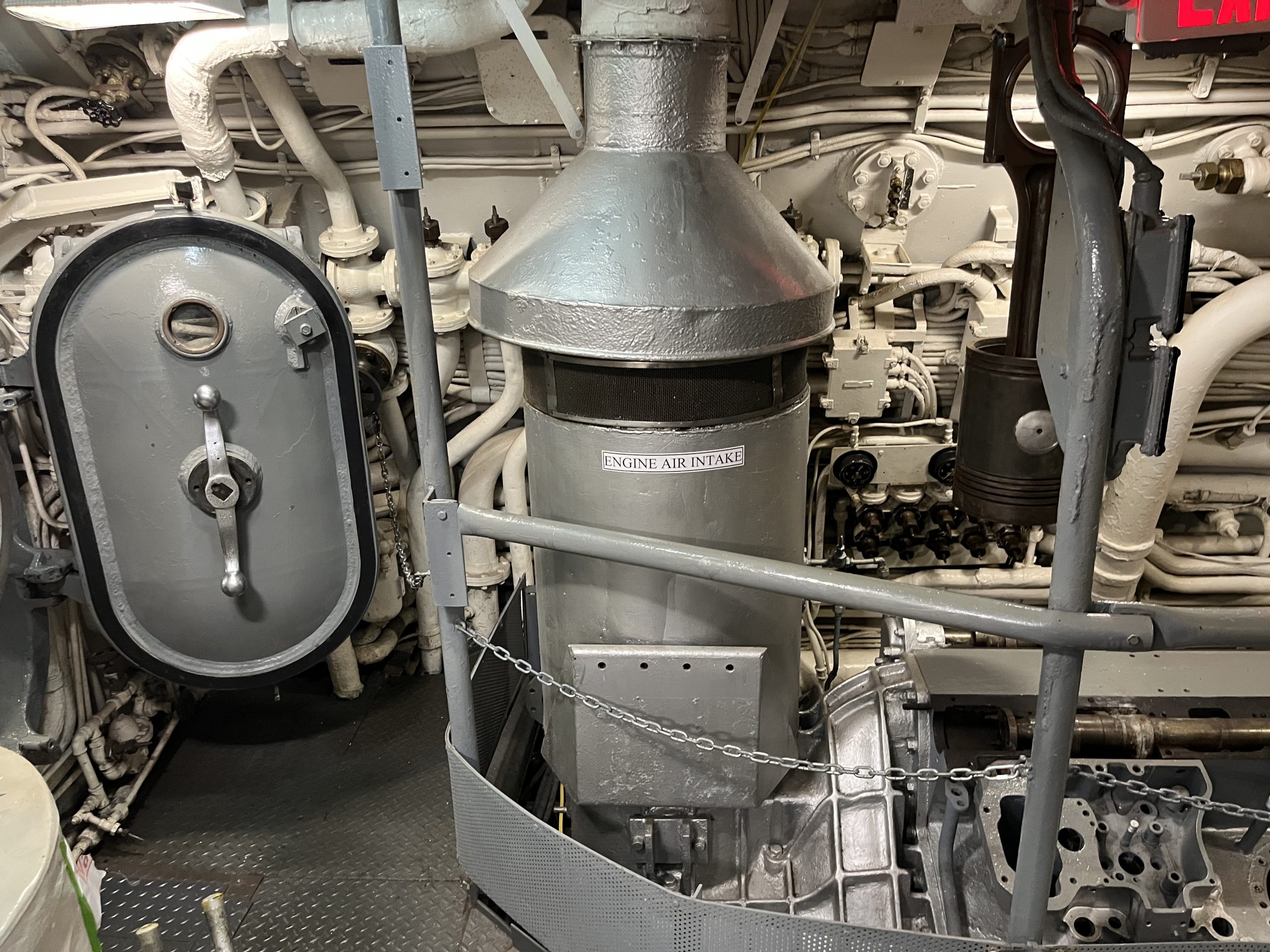
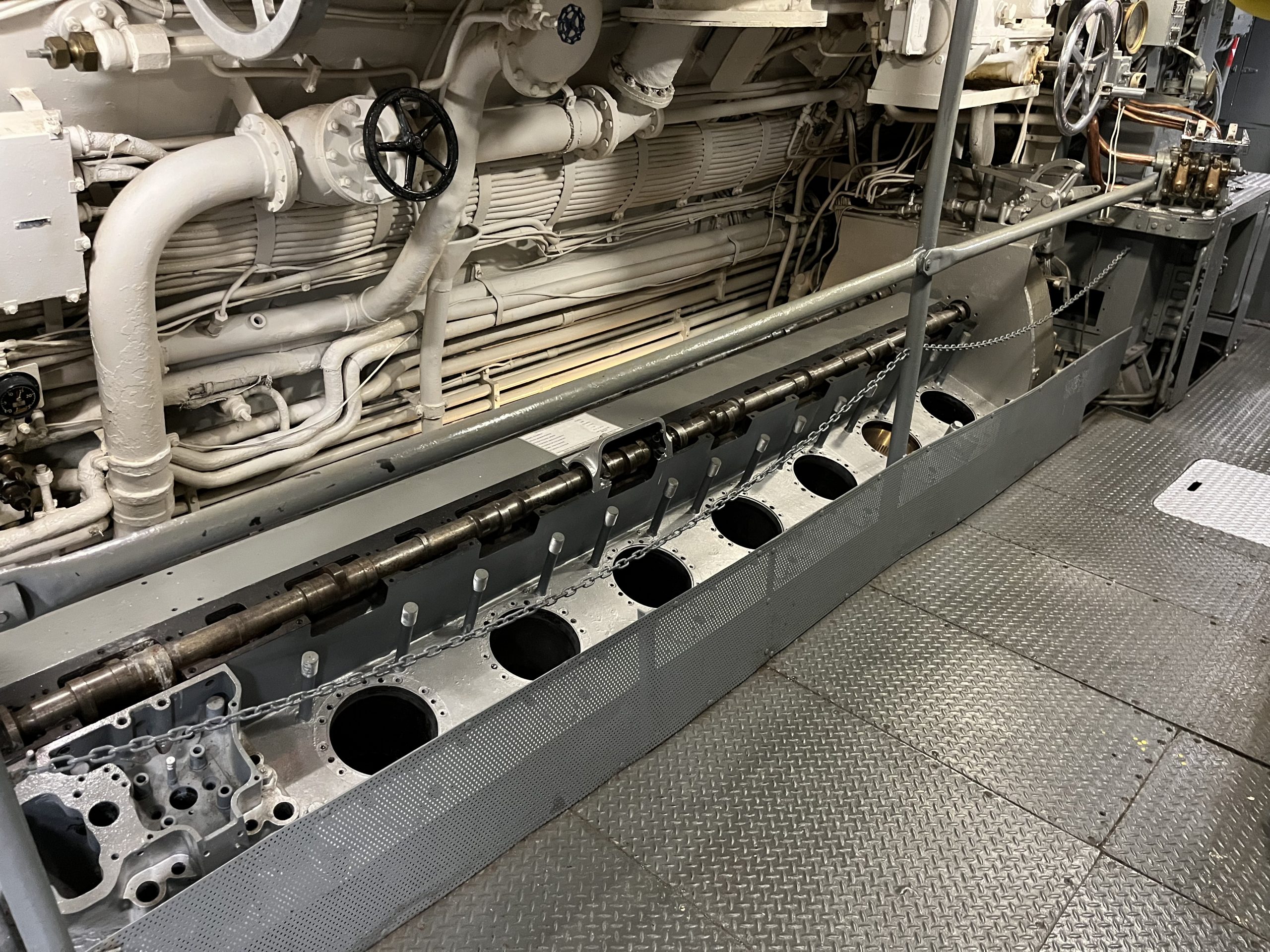
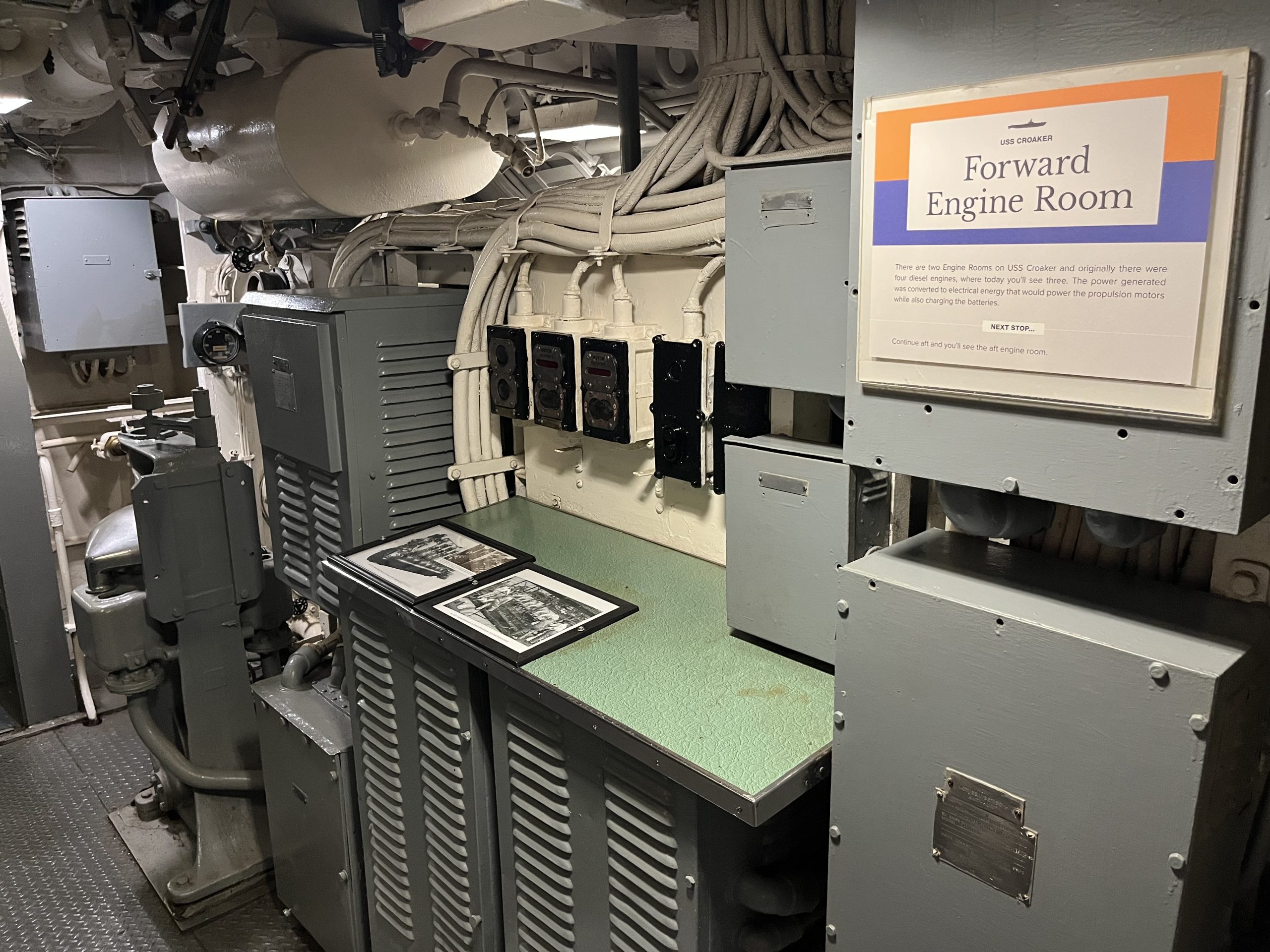
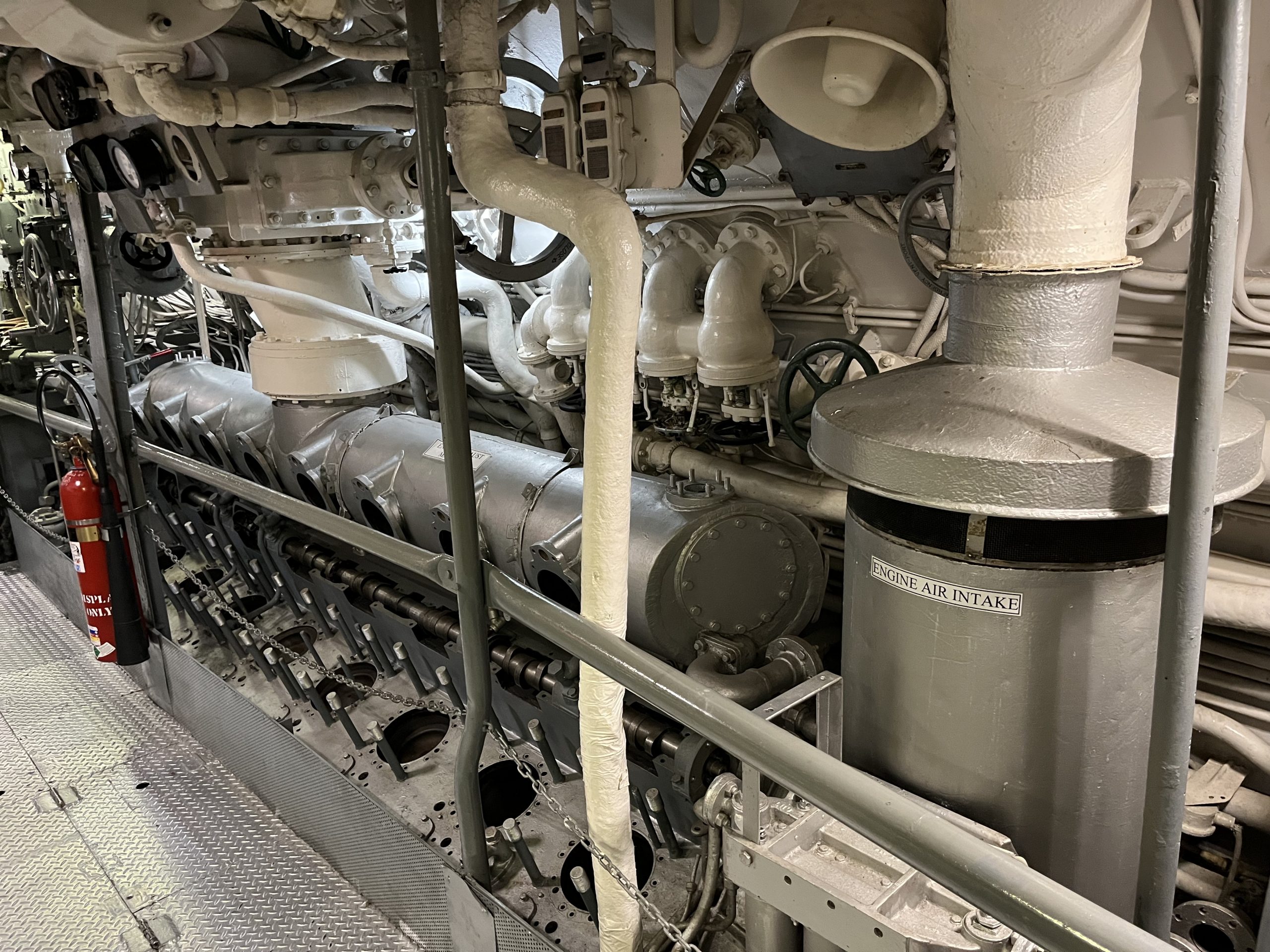
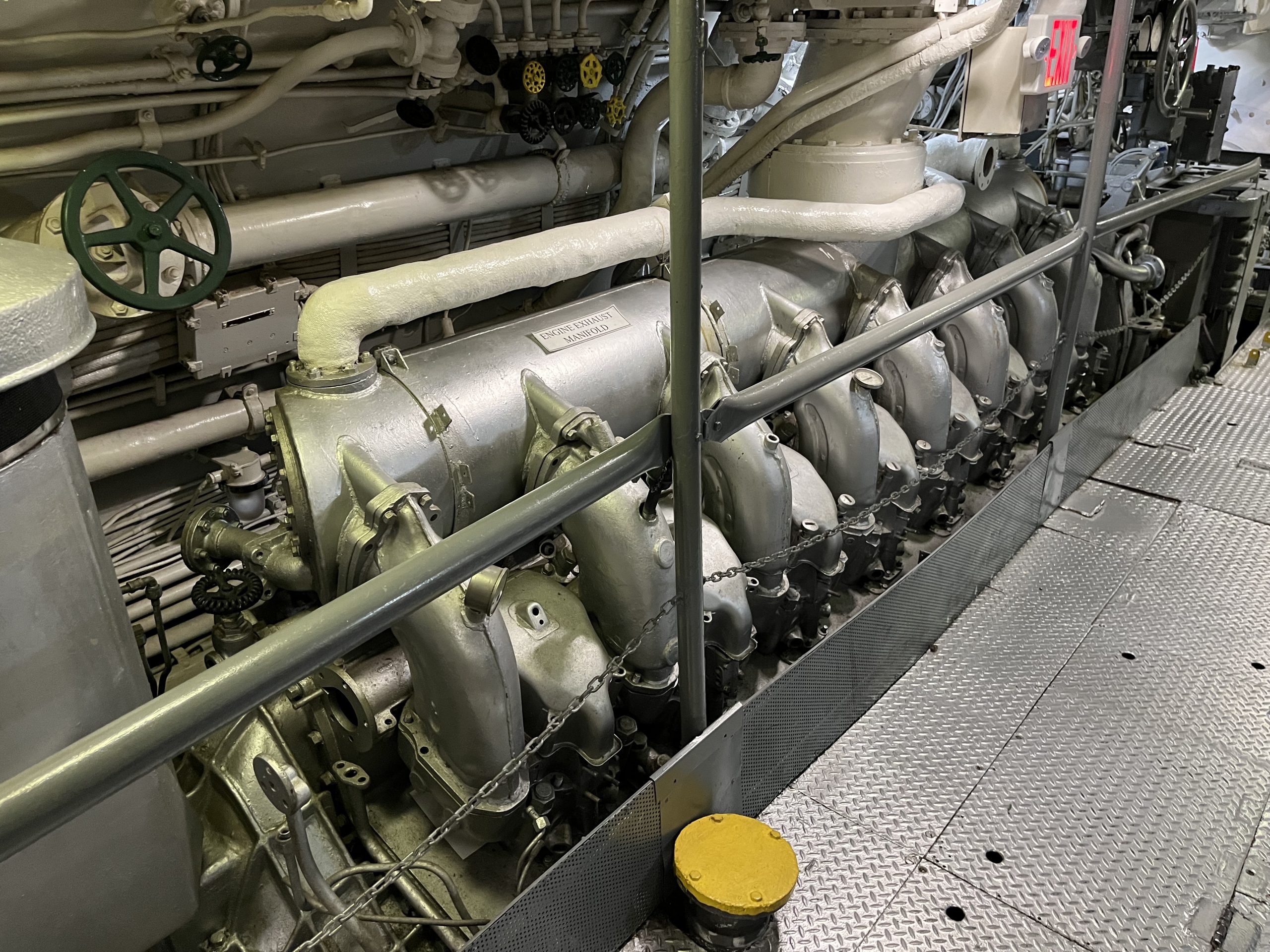
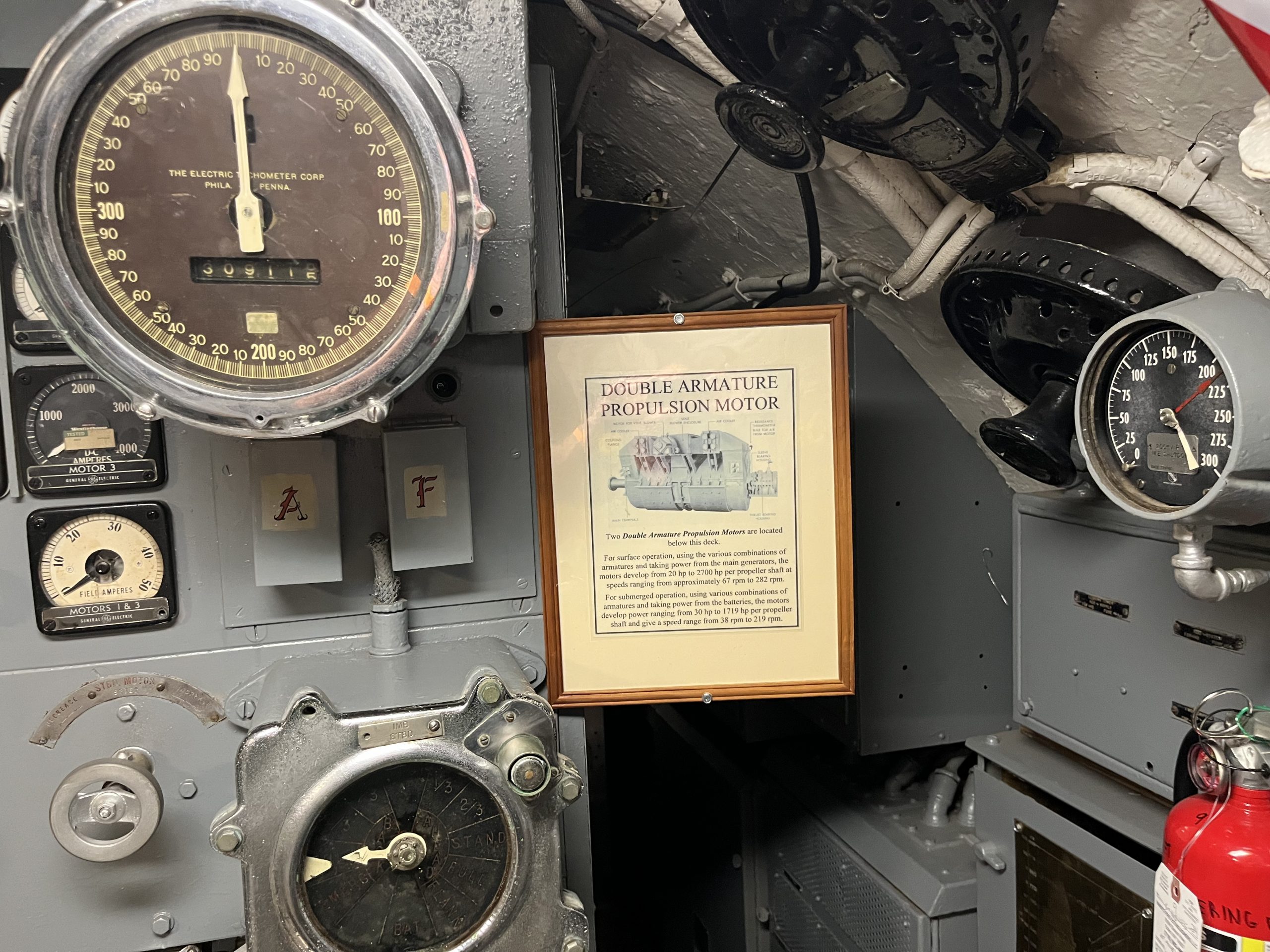

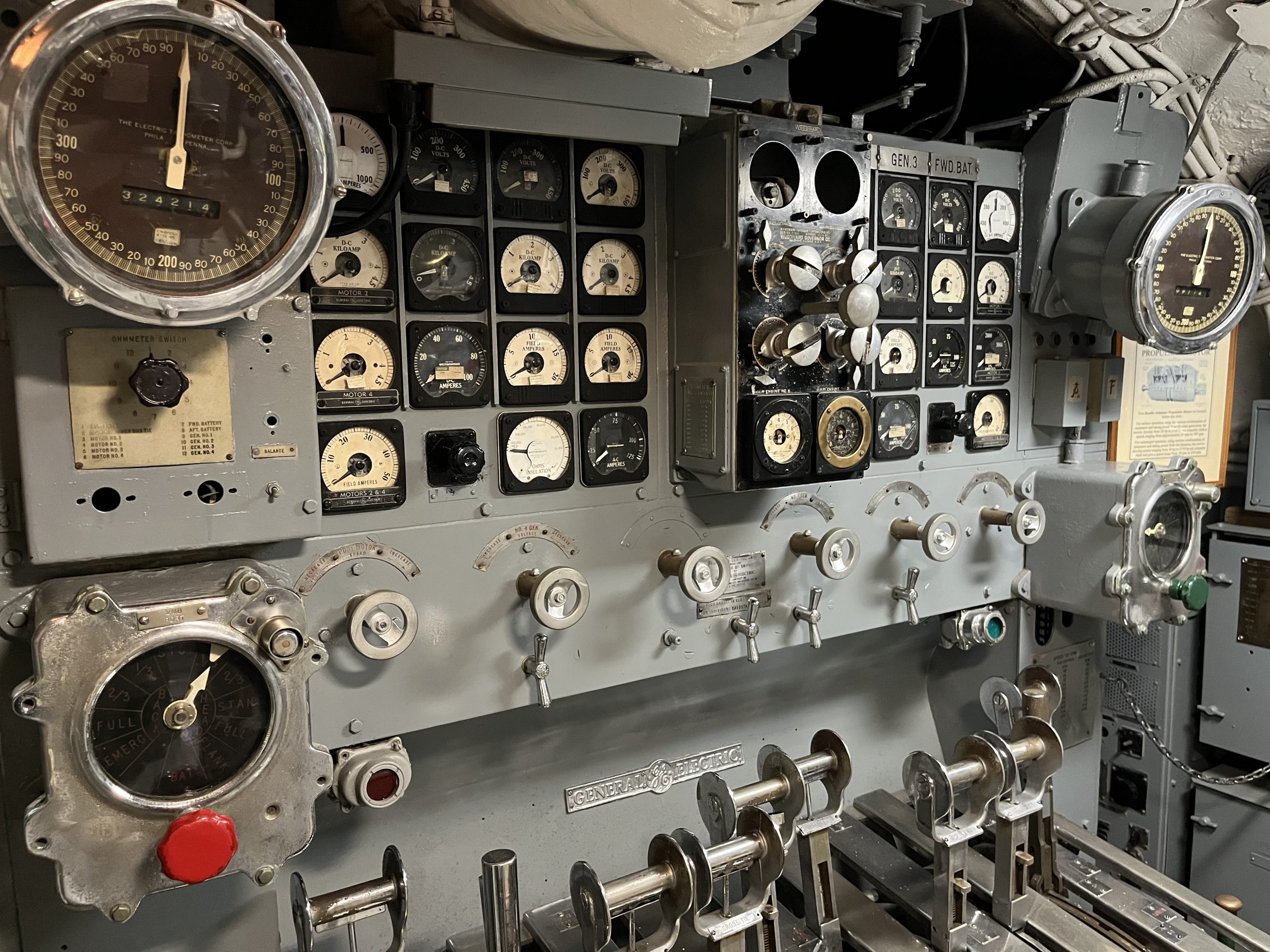
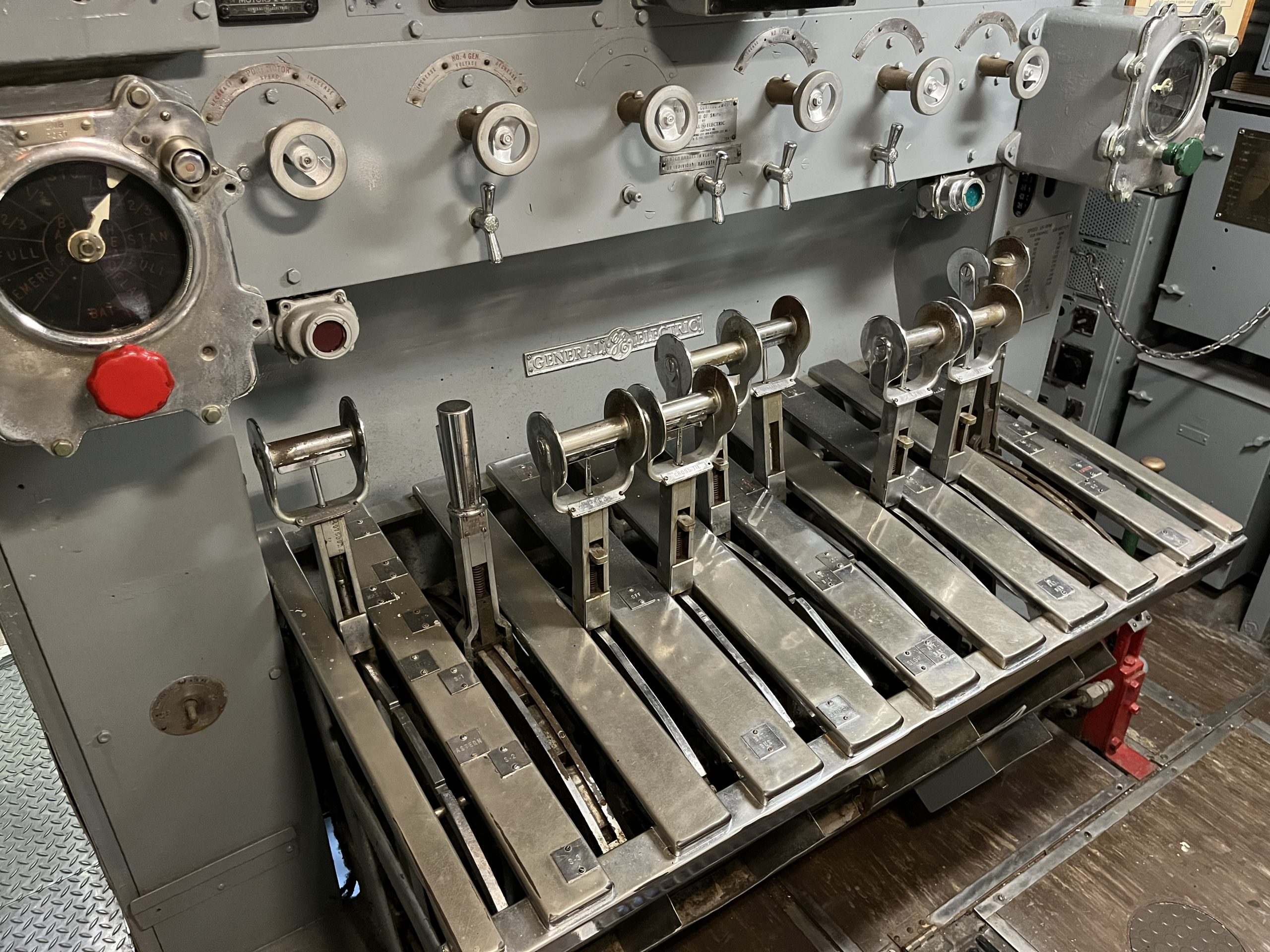
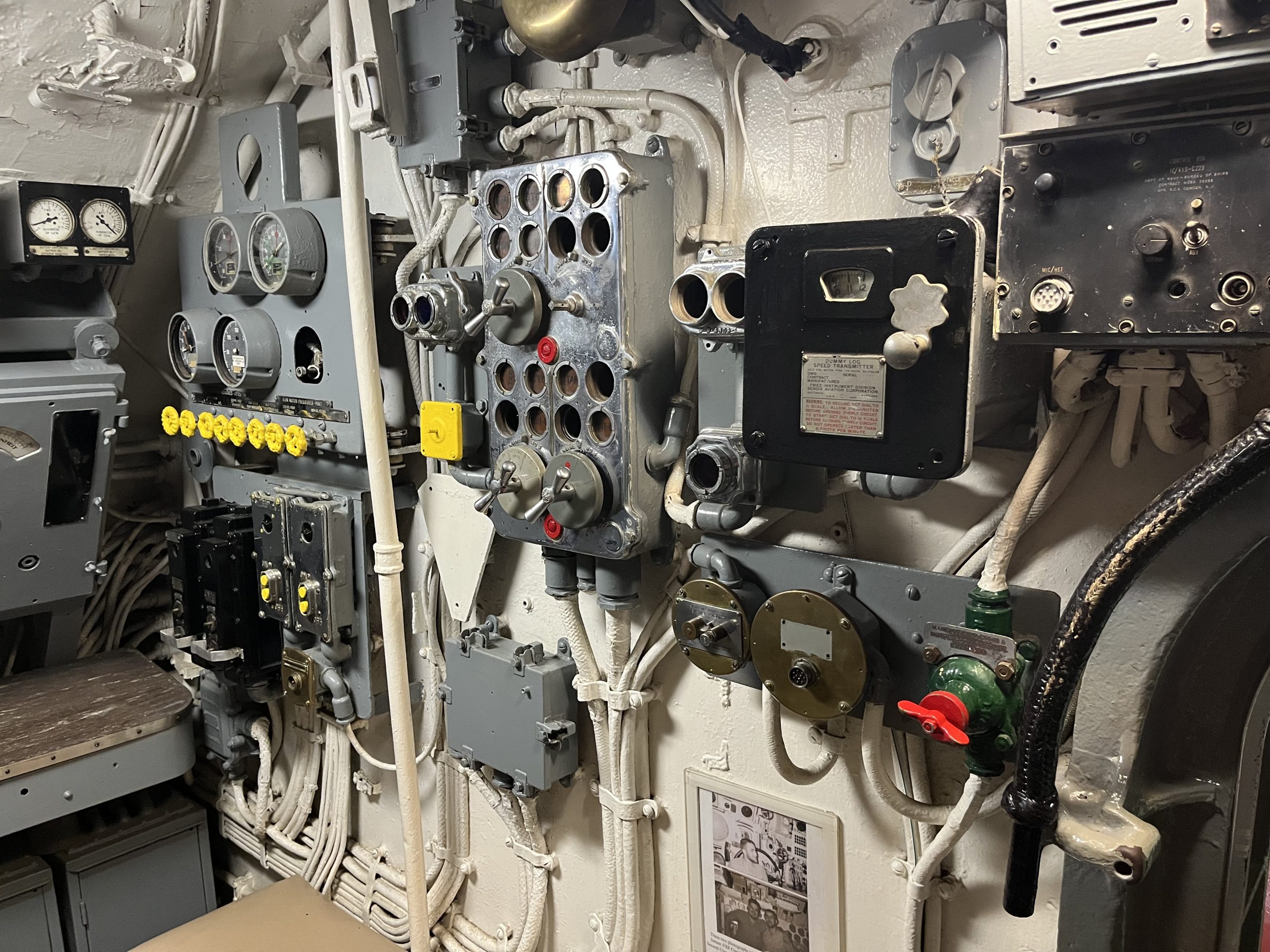
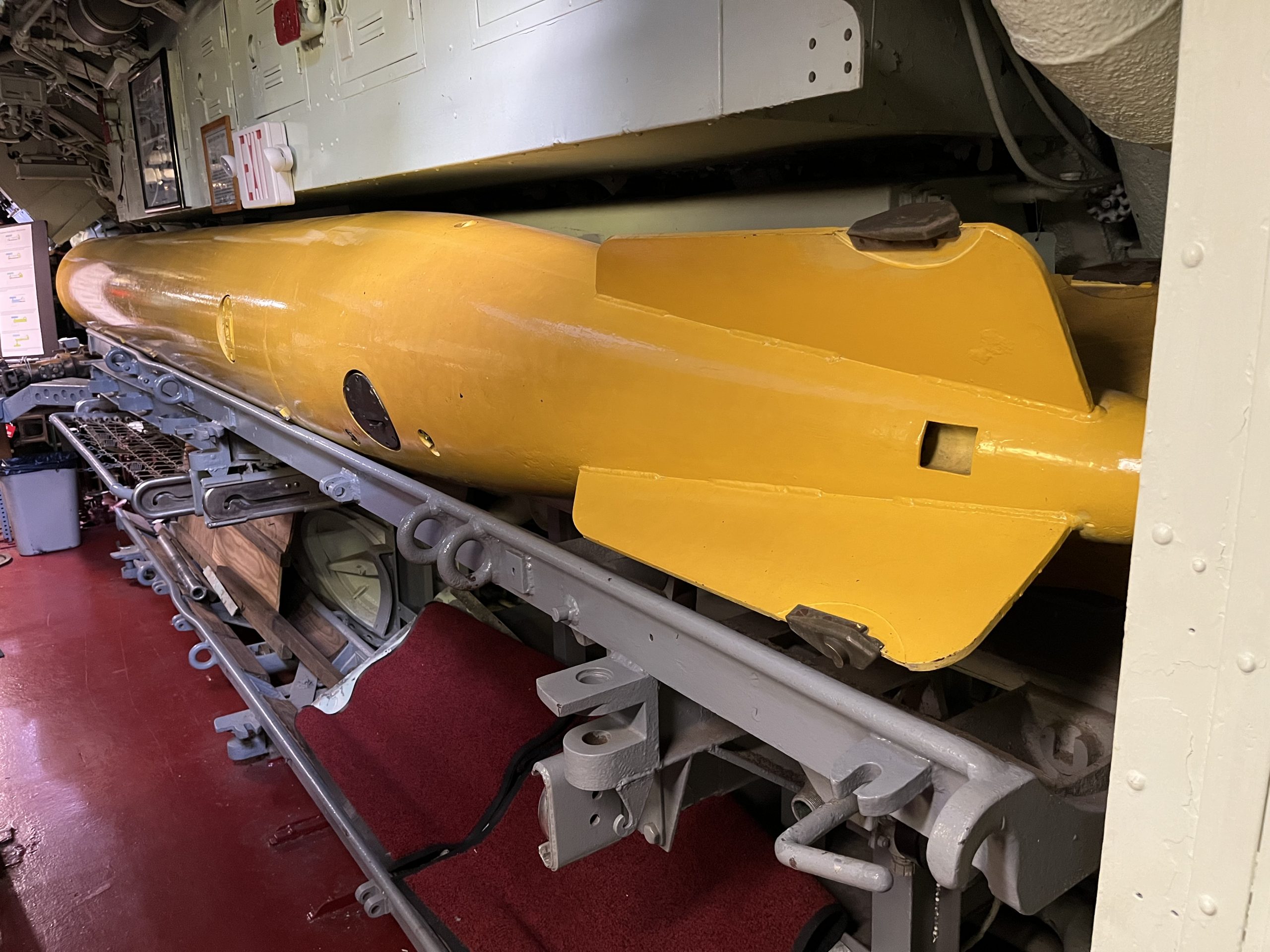
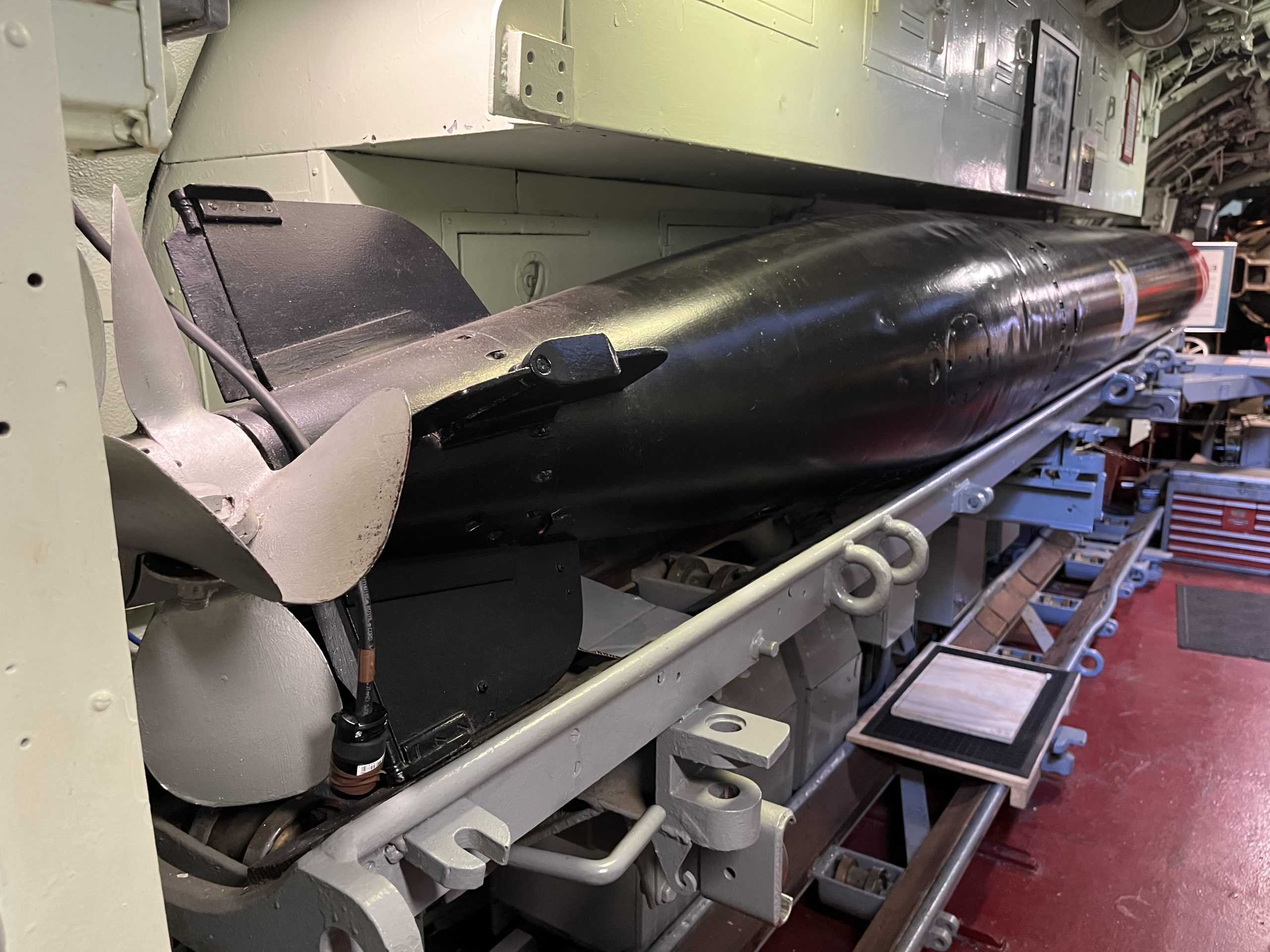
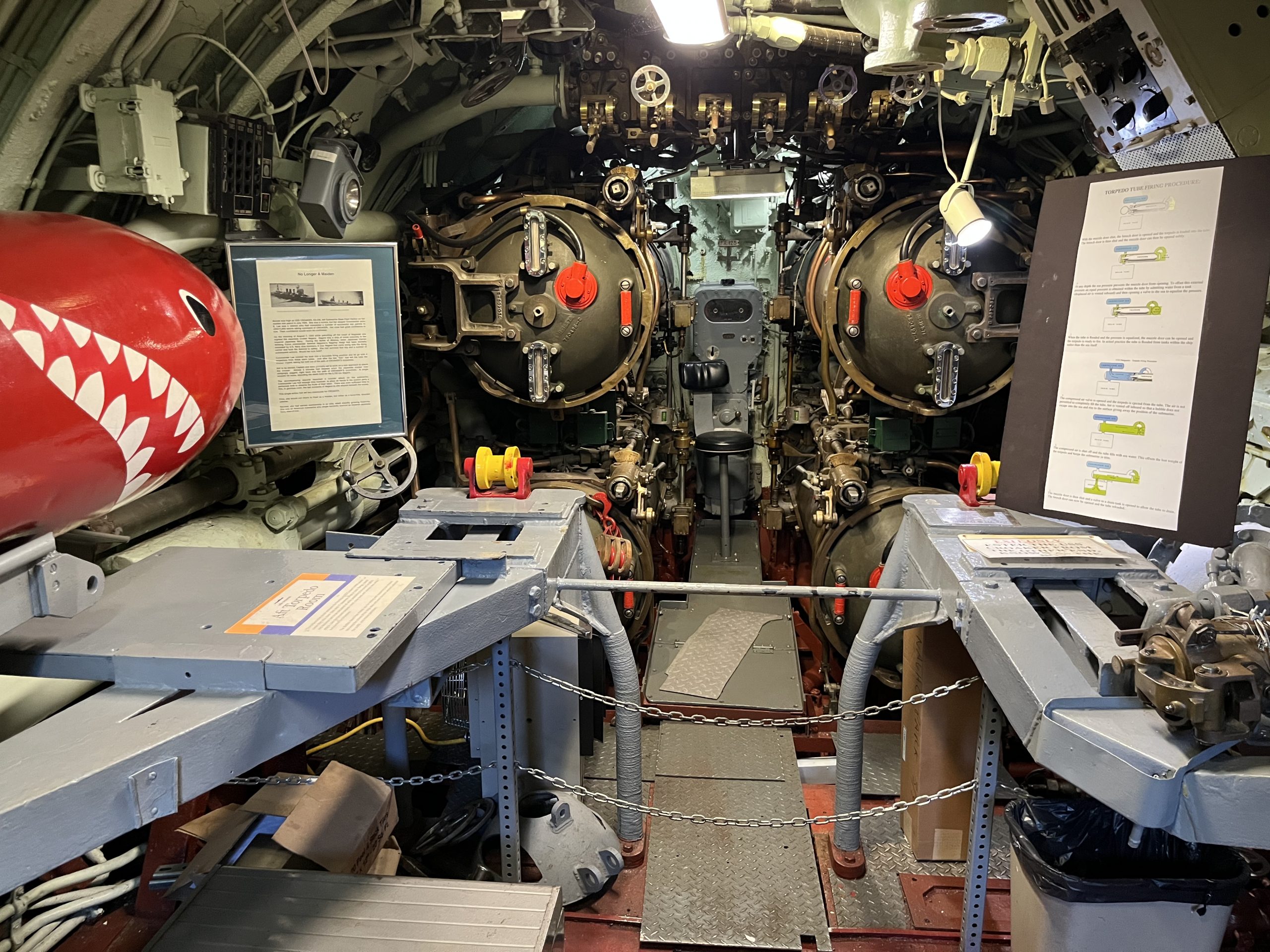

Thanks for sharing Niagara Falls. It’s been many years since my last trip. Looks like you are having spectacular weather.
Thanks Christy. Niagara Falls was spectacular. Weather has been really good except for the sultry days in Omaha at the beginning of the trip and now some wet days as the trip is winding down.